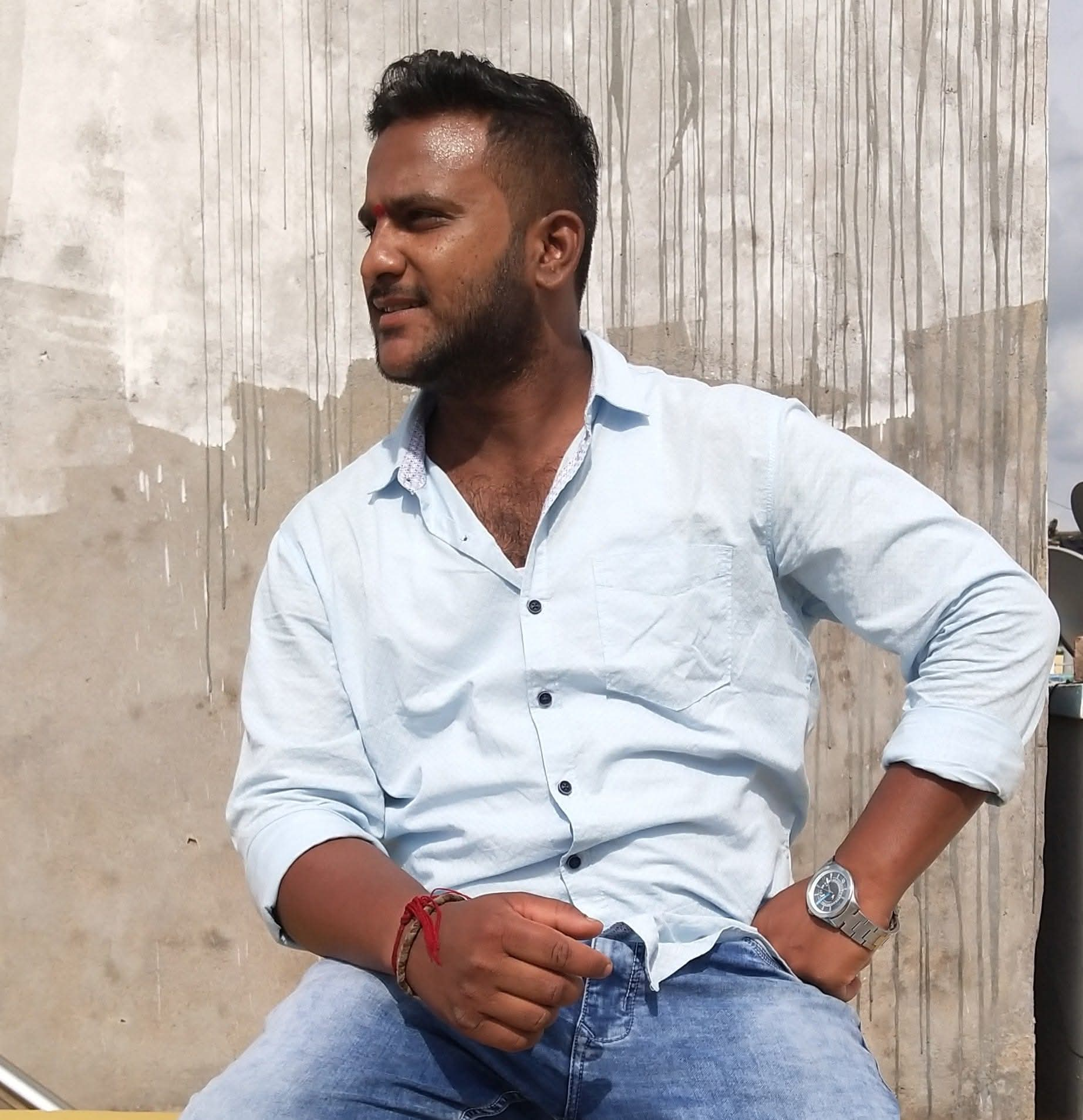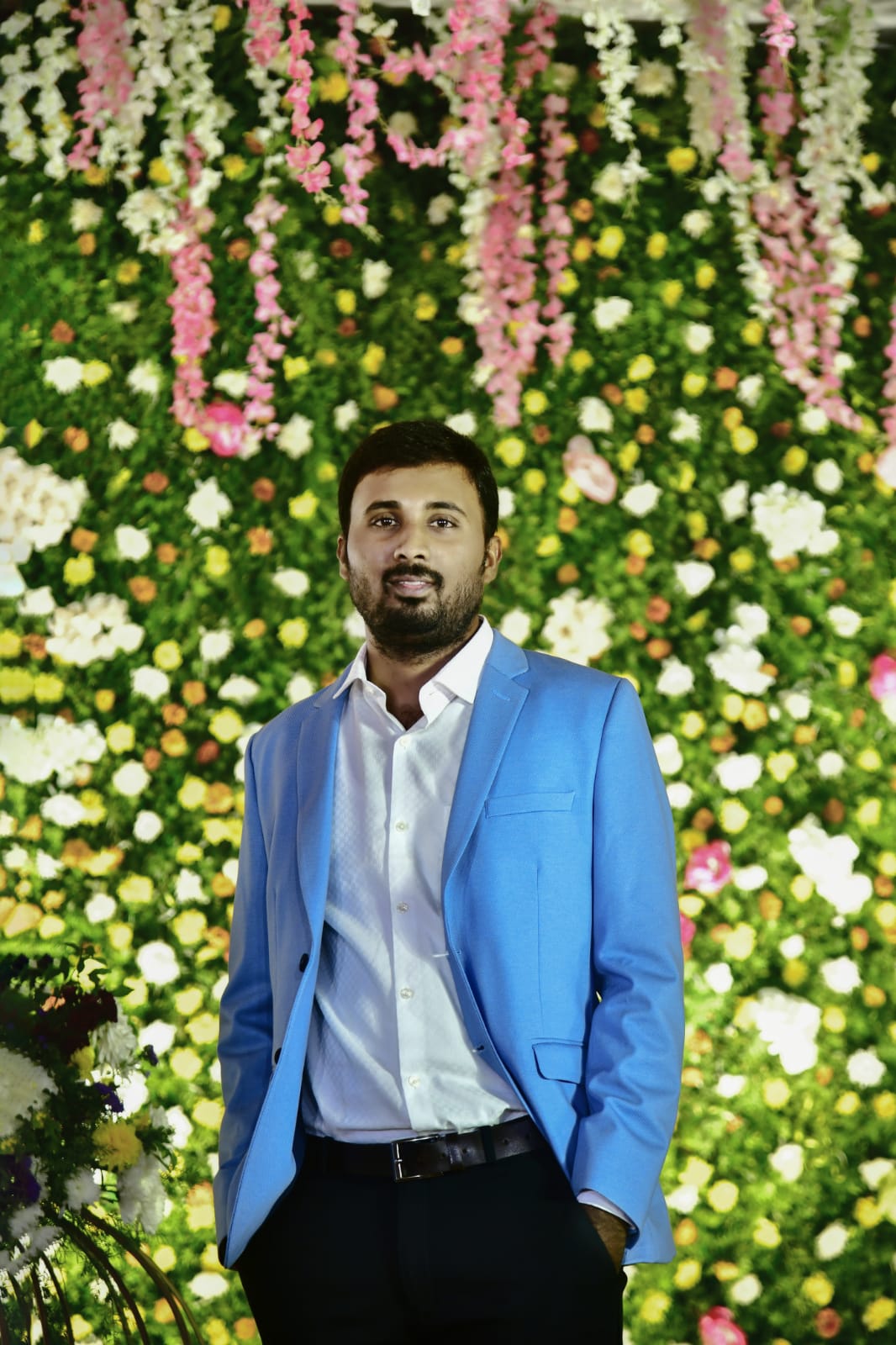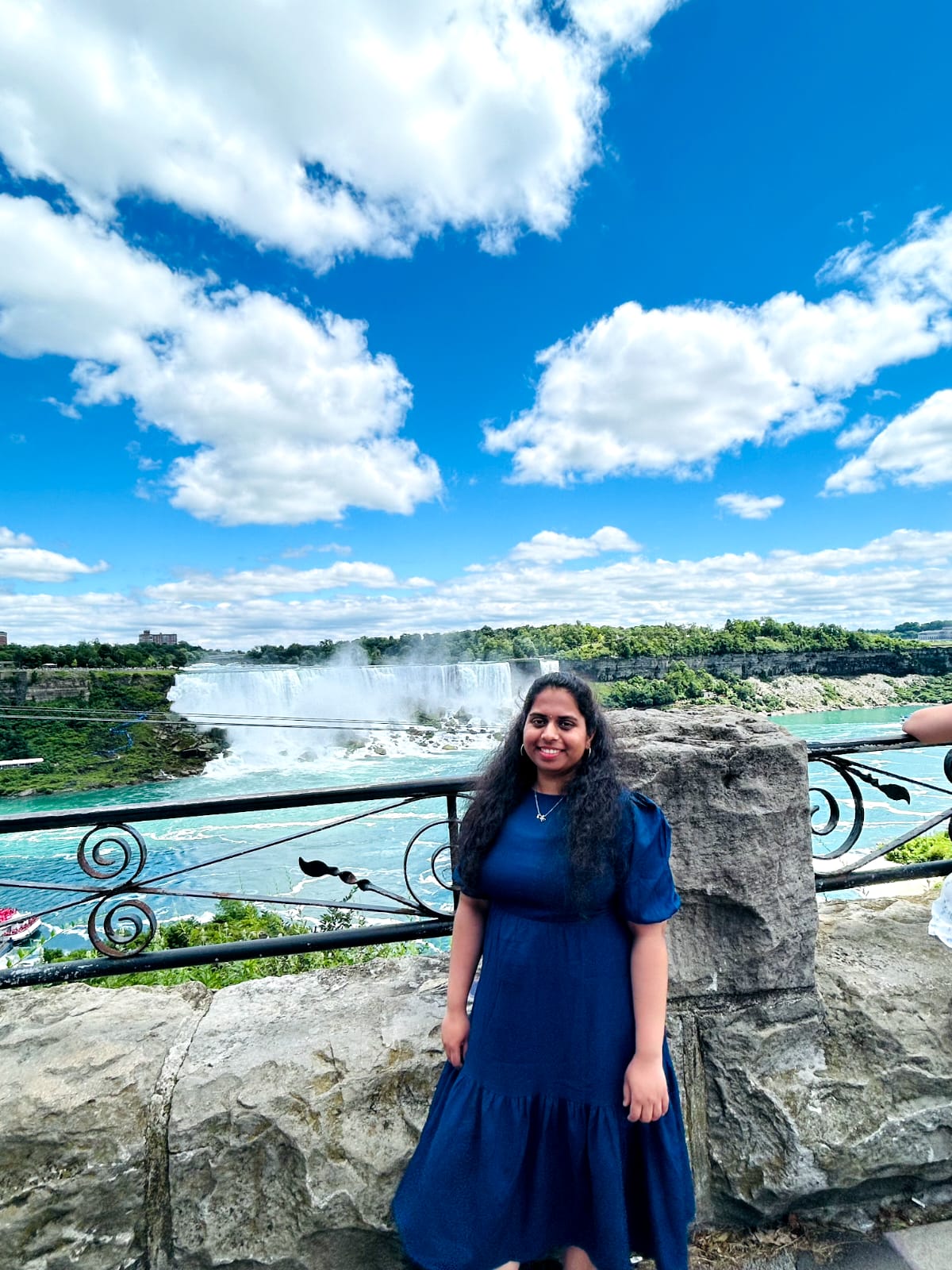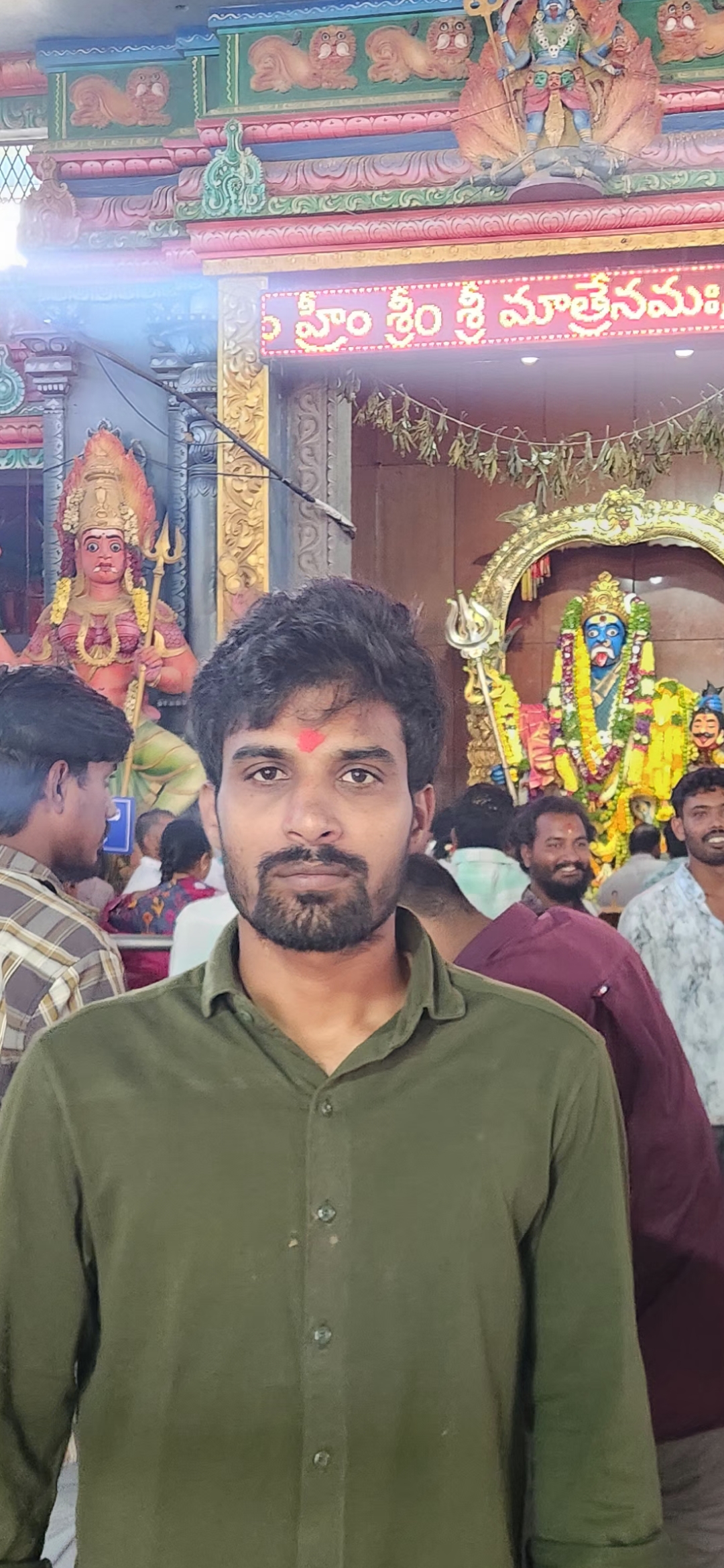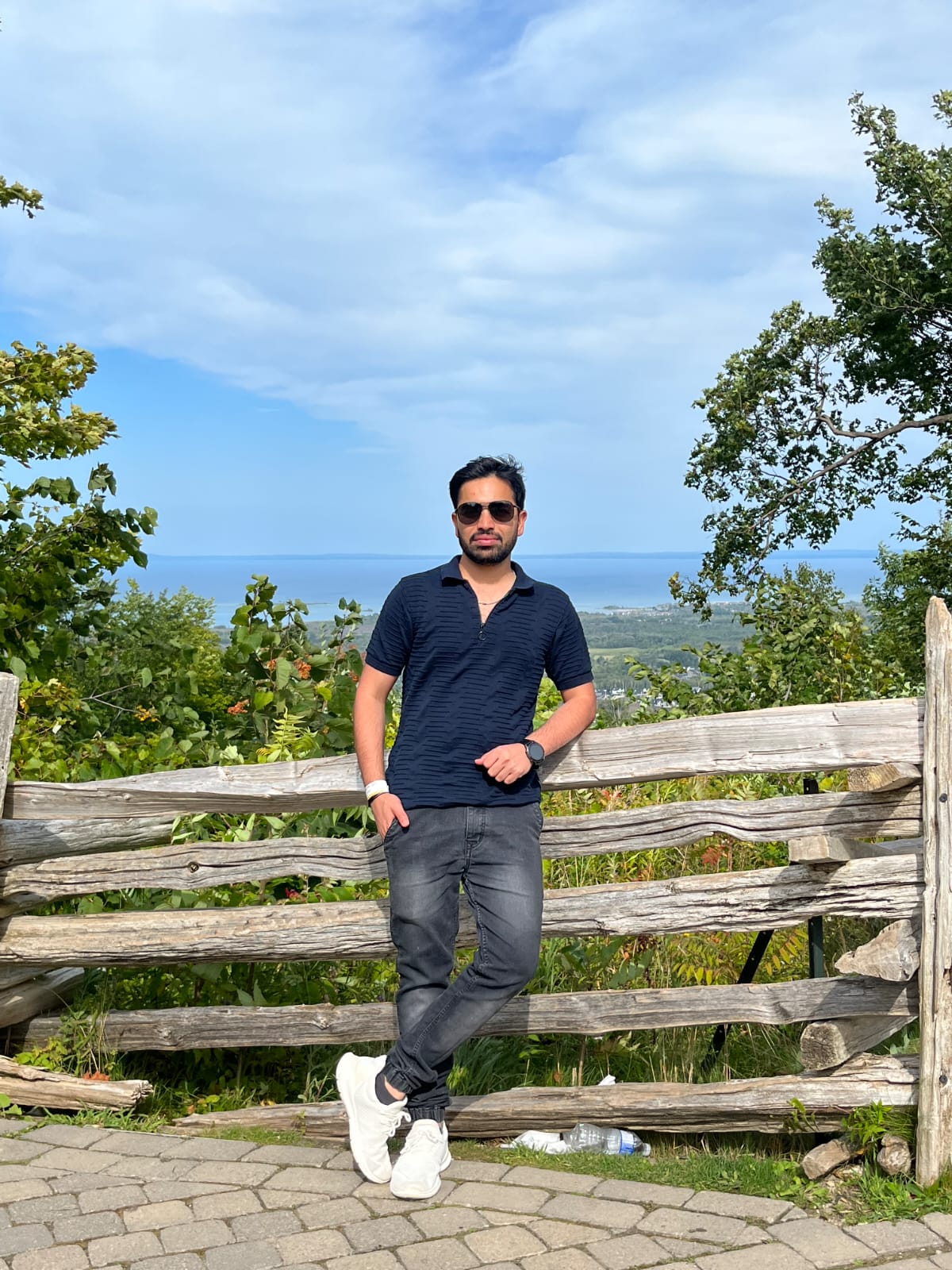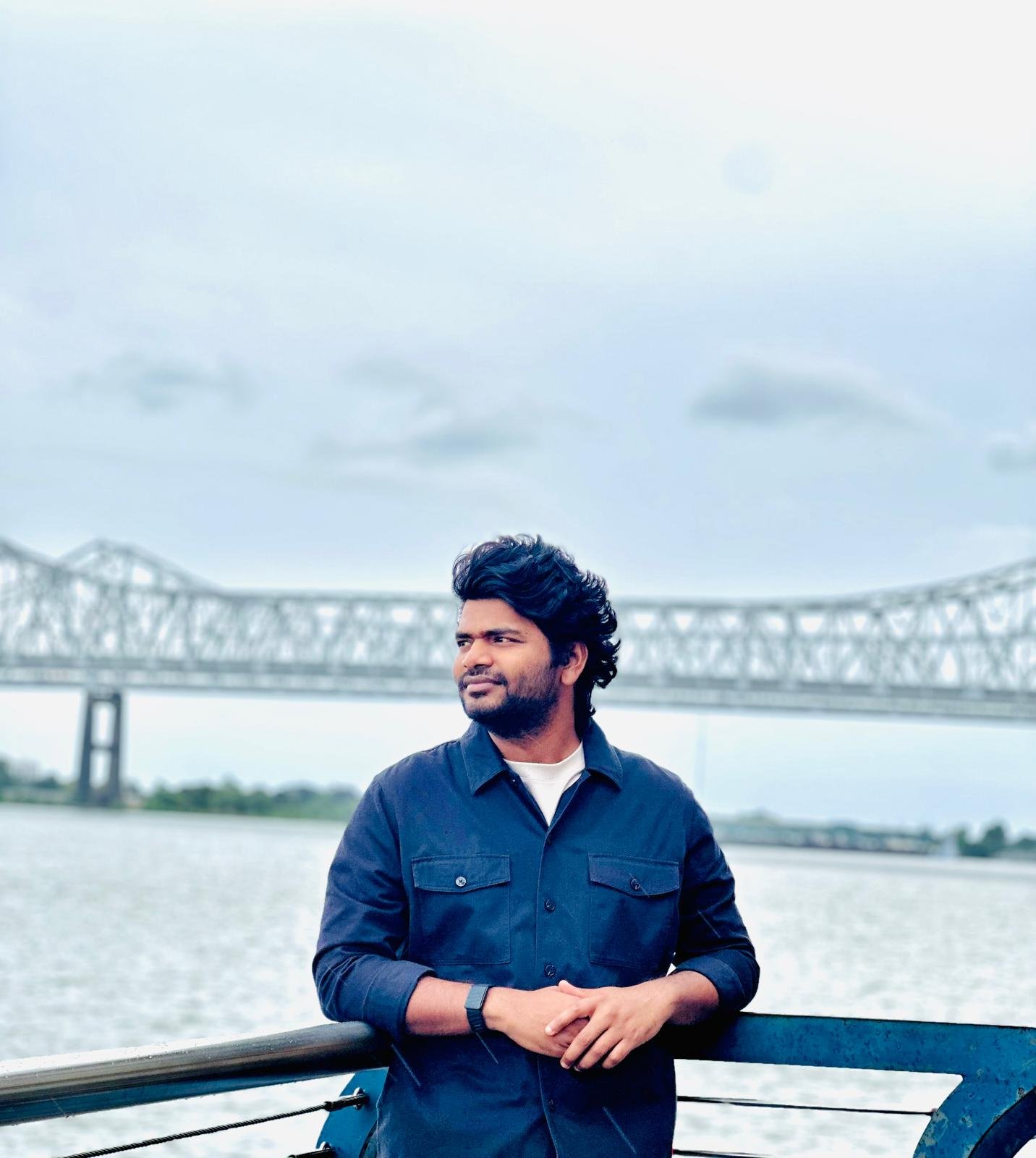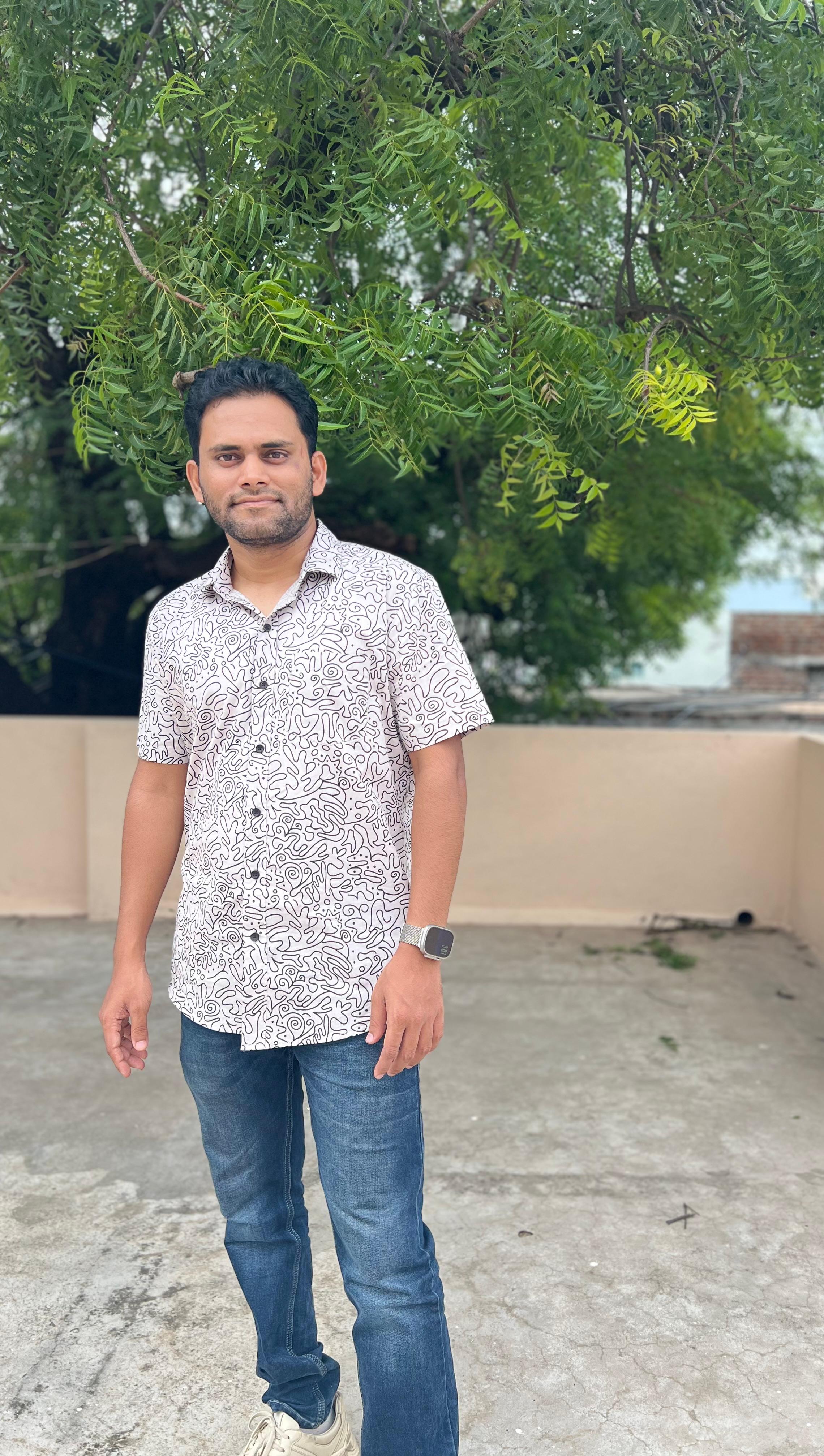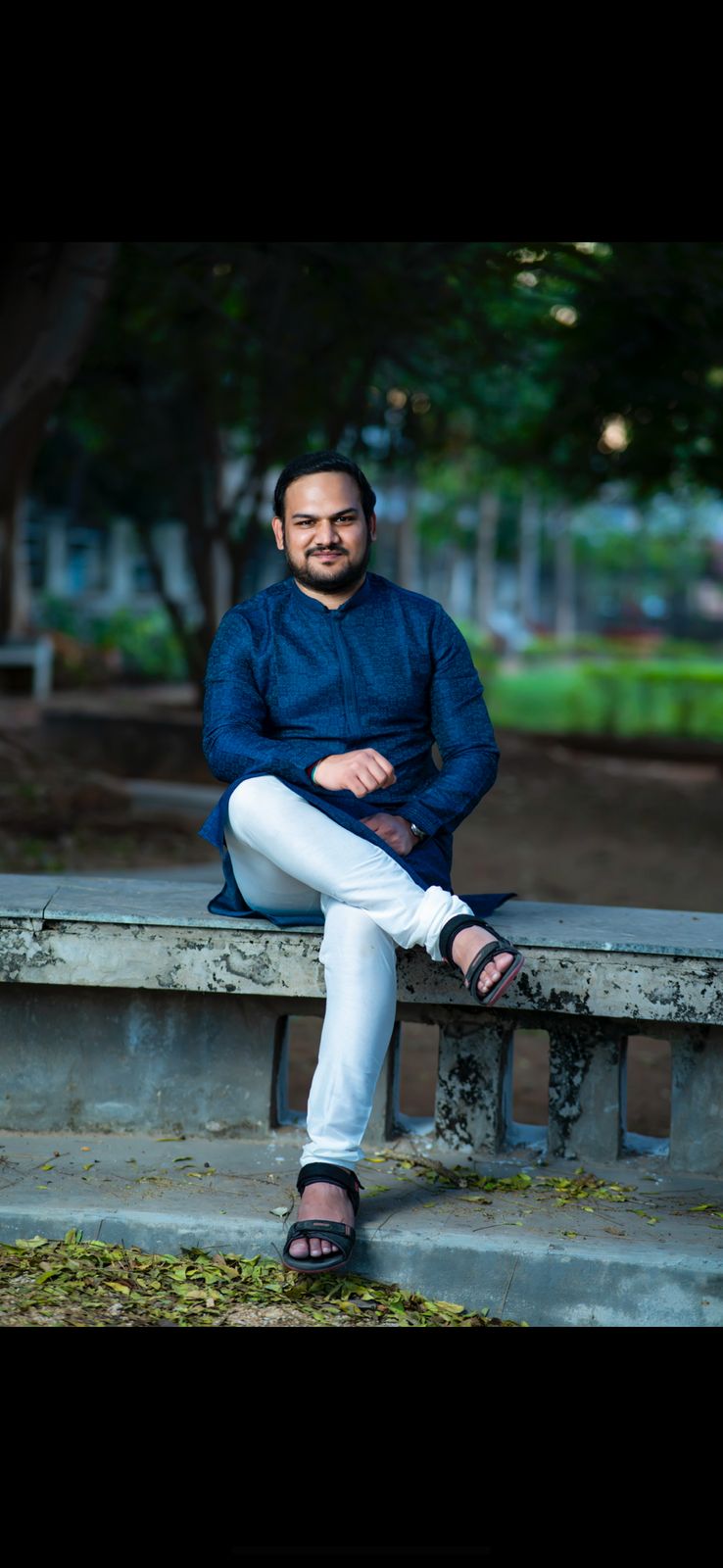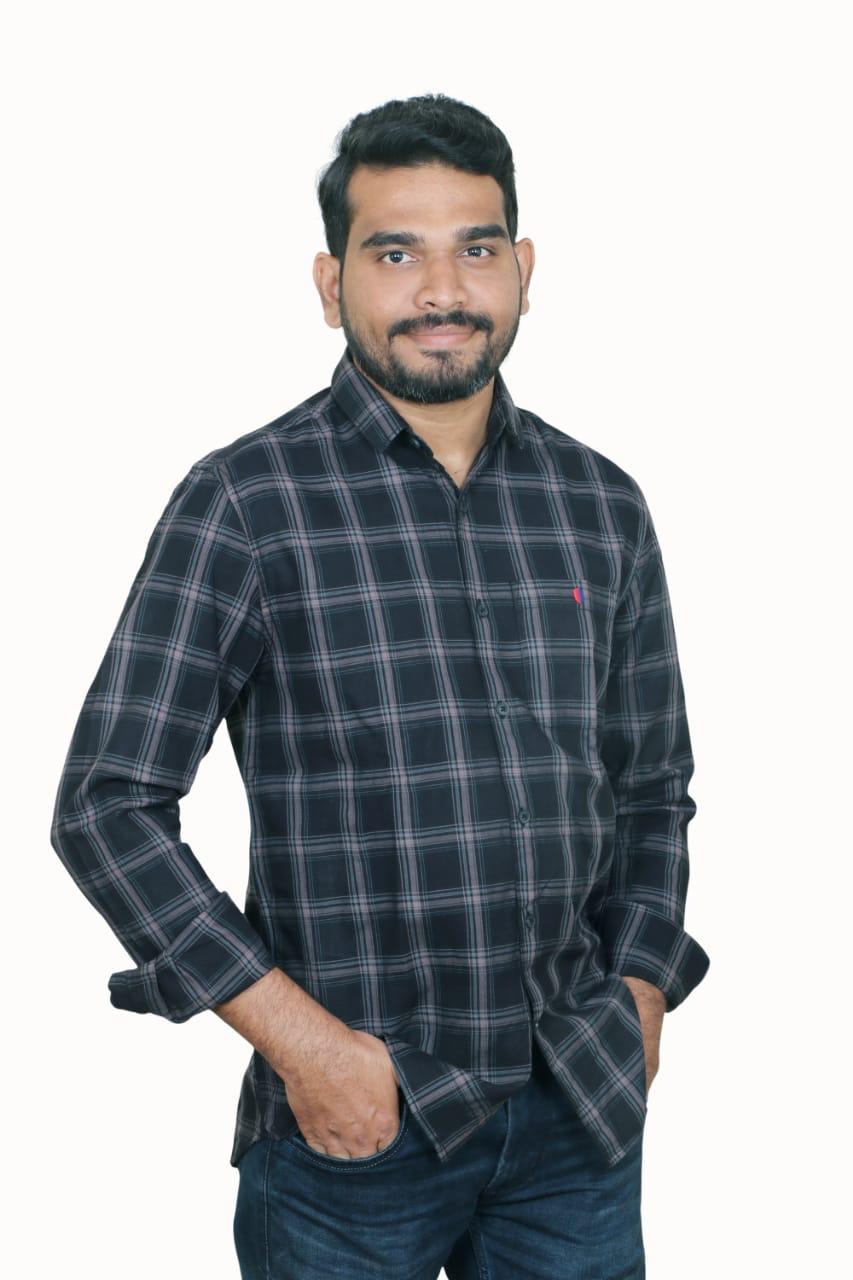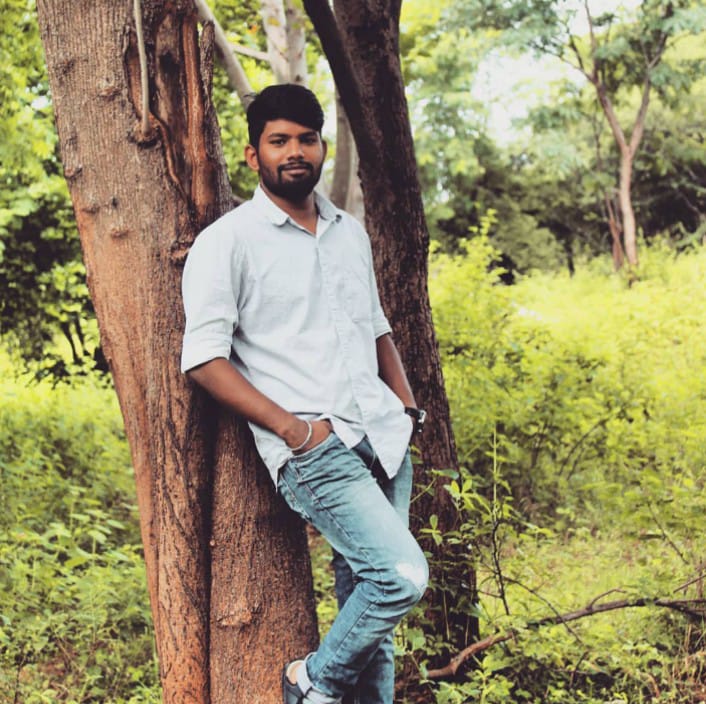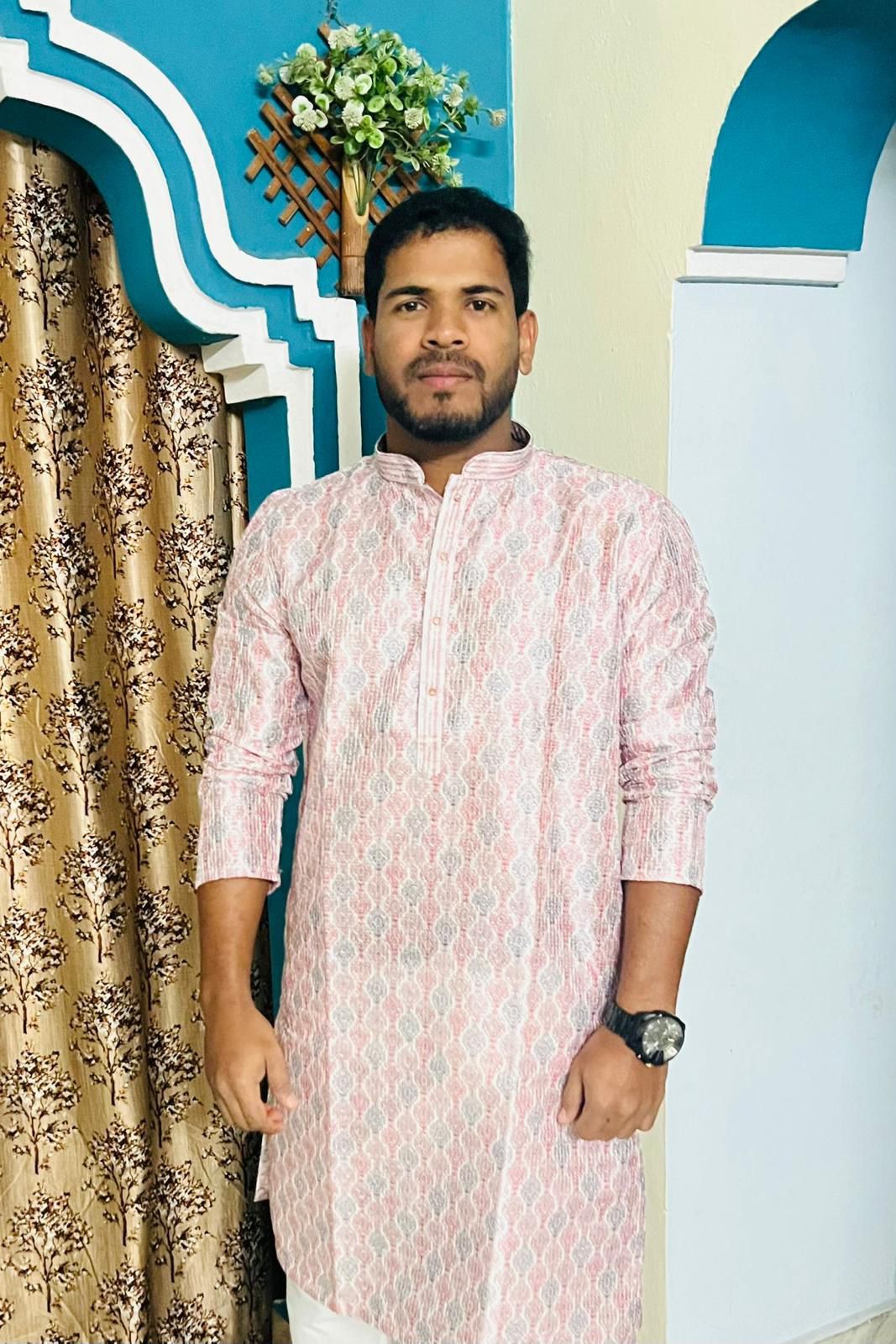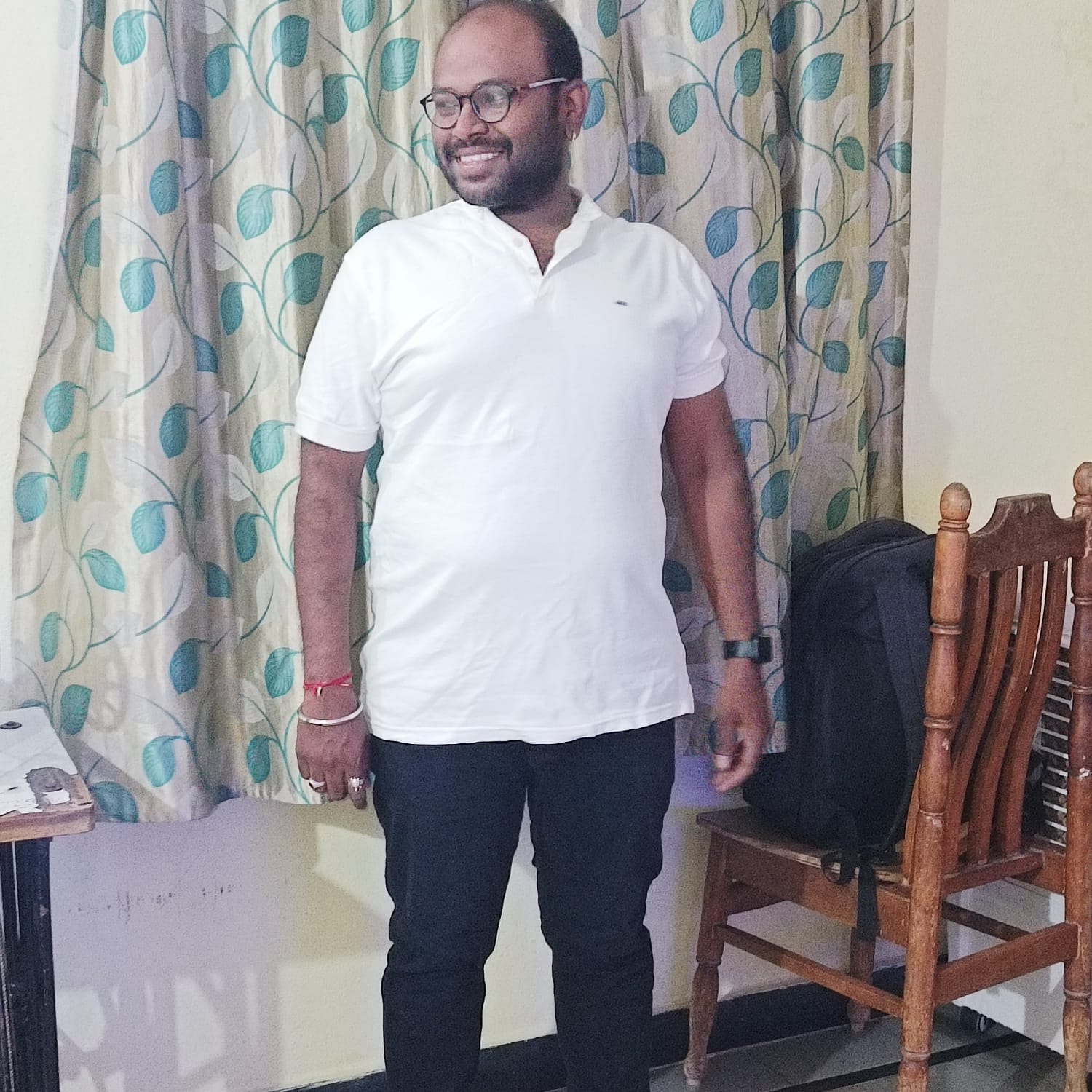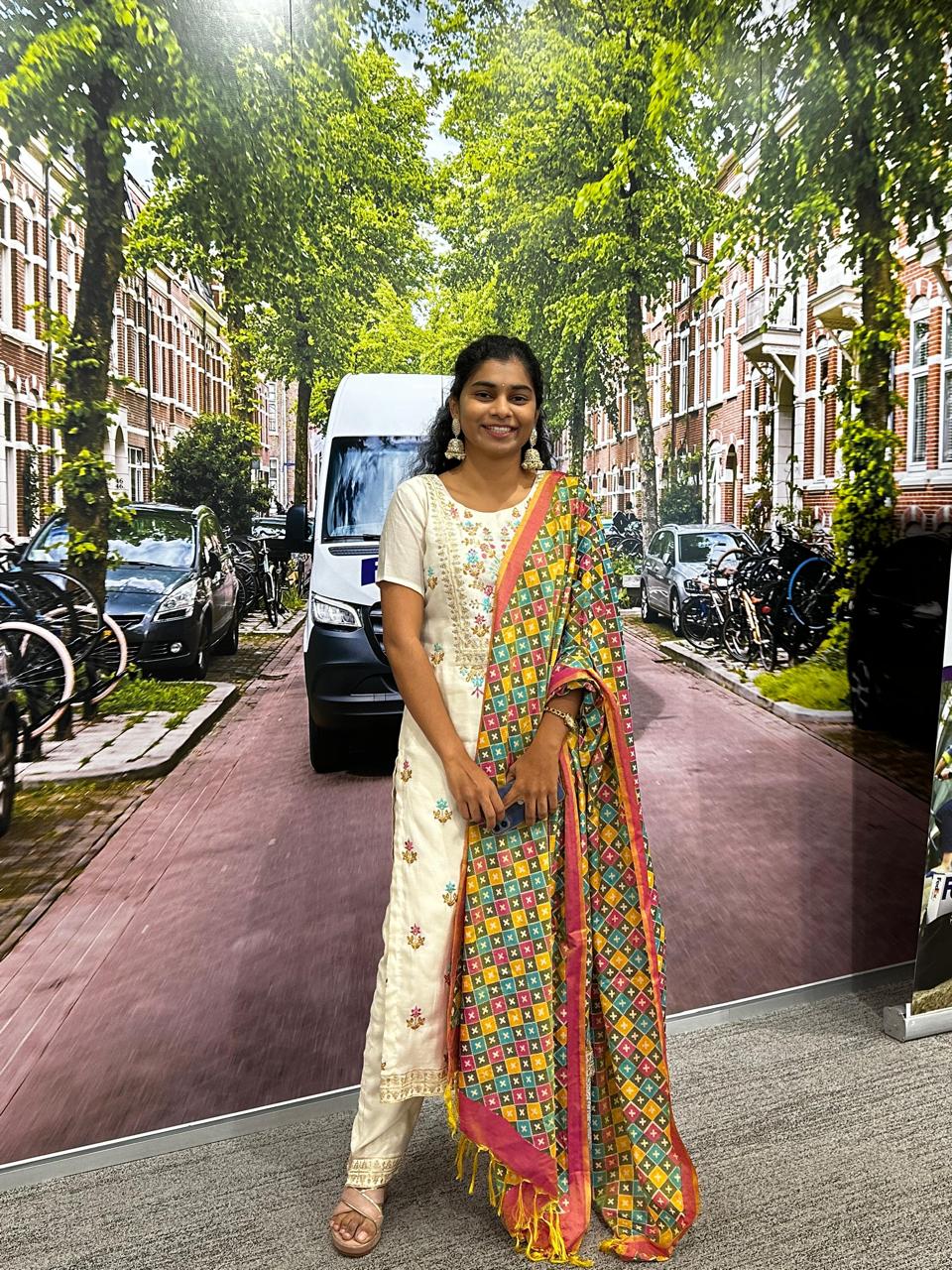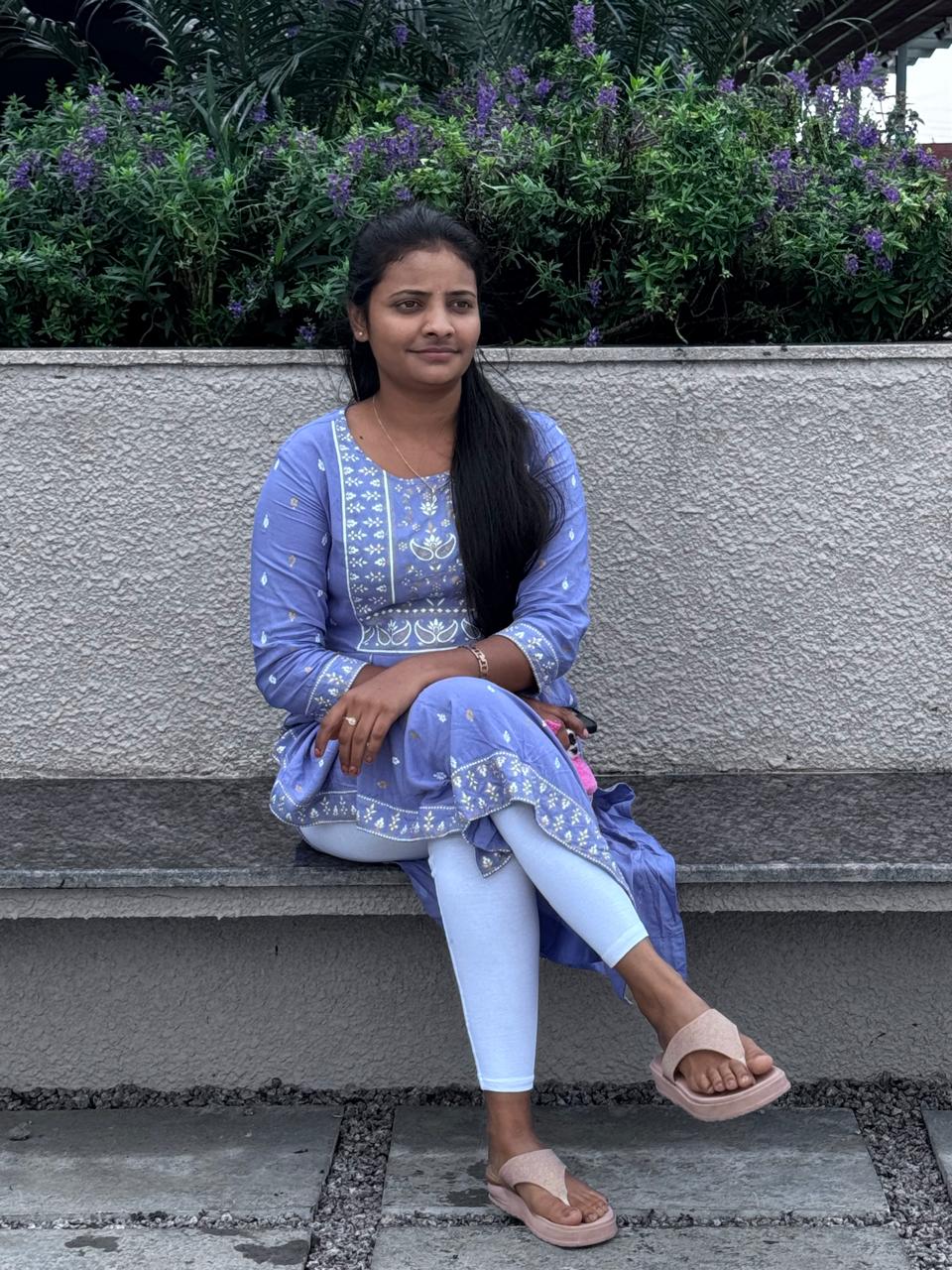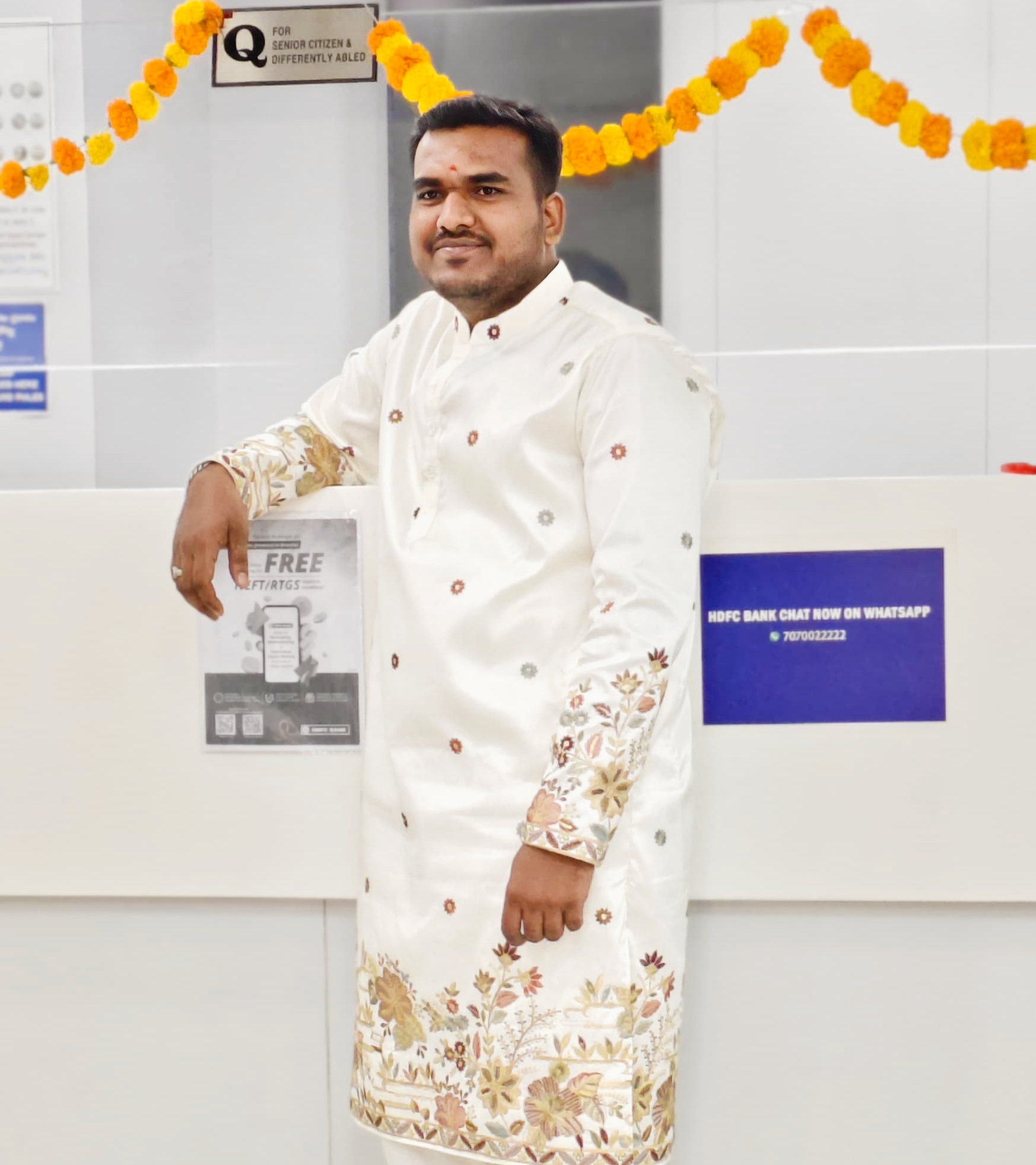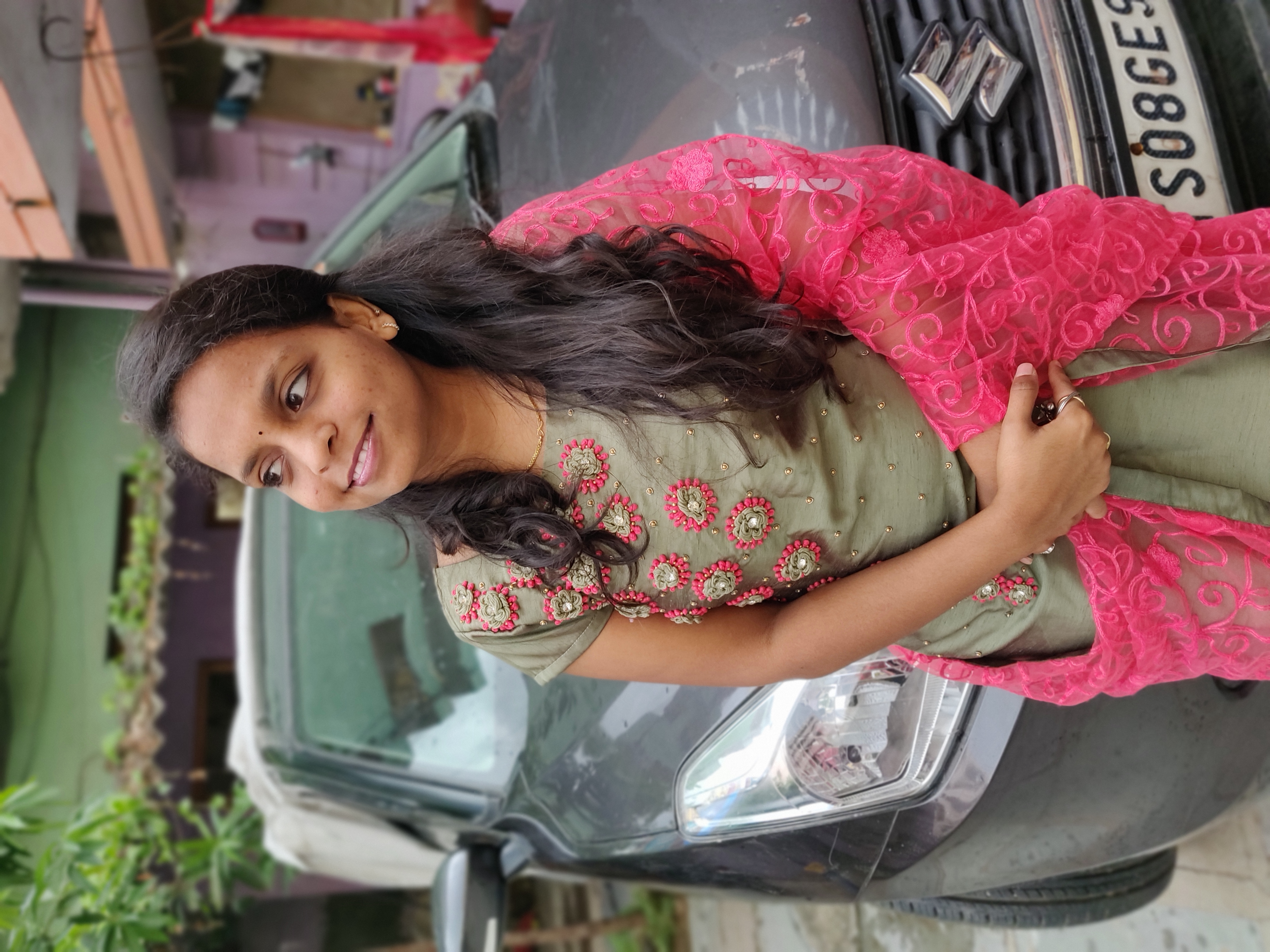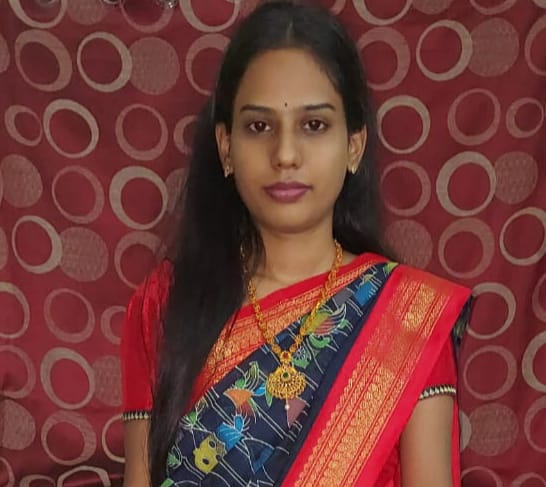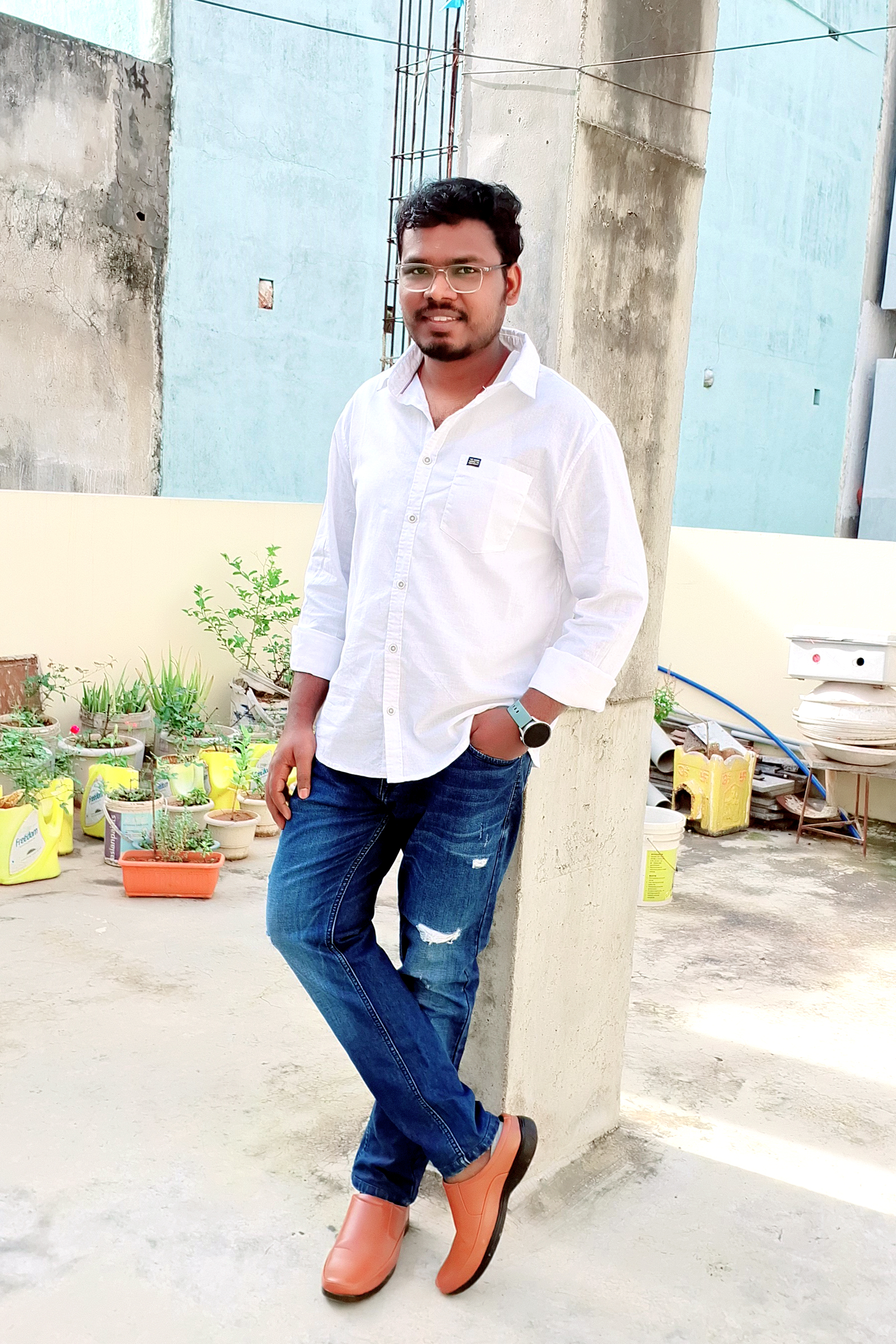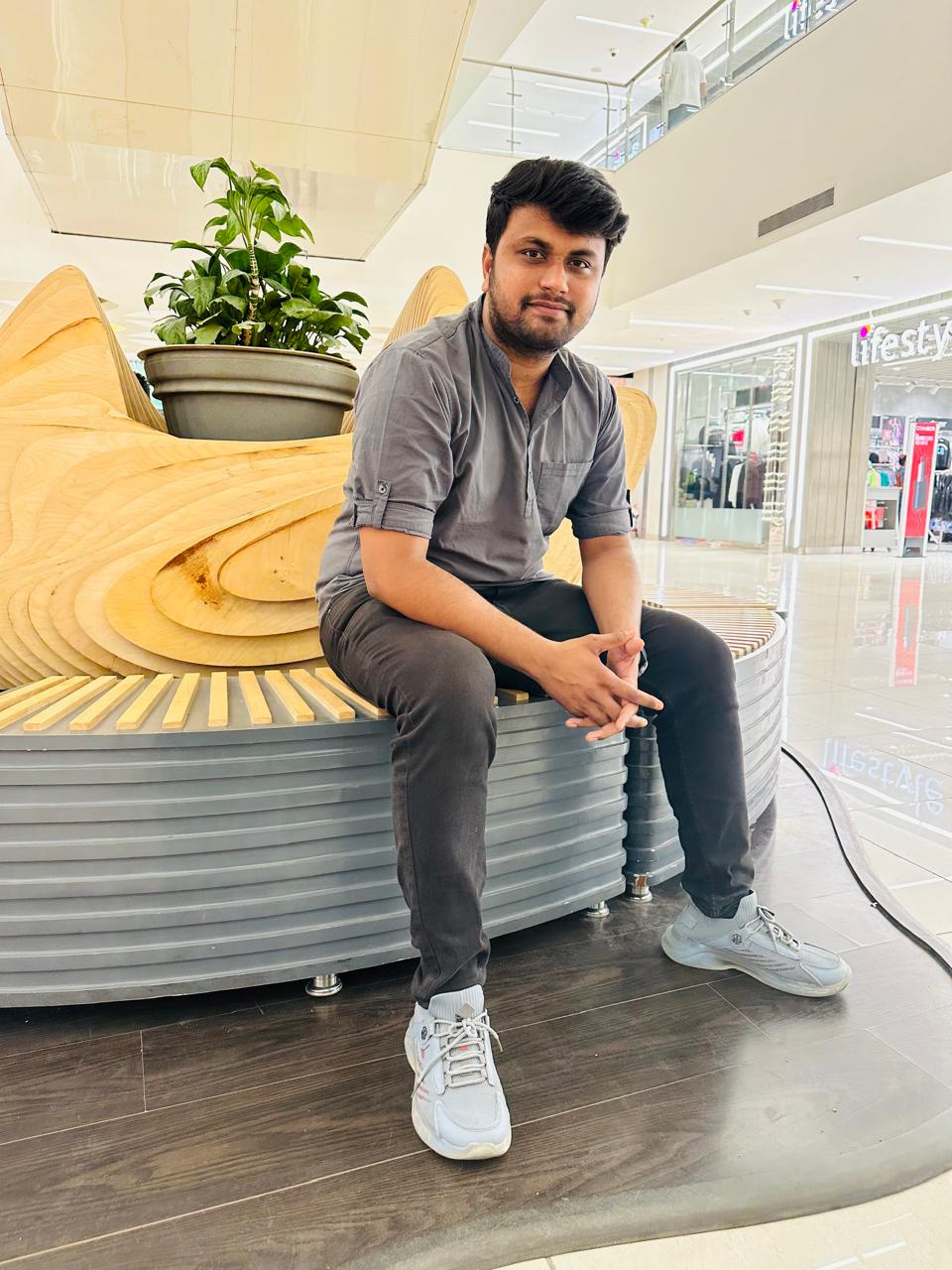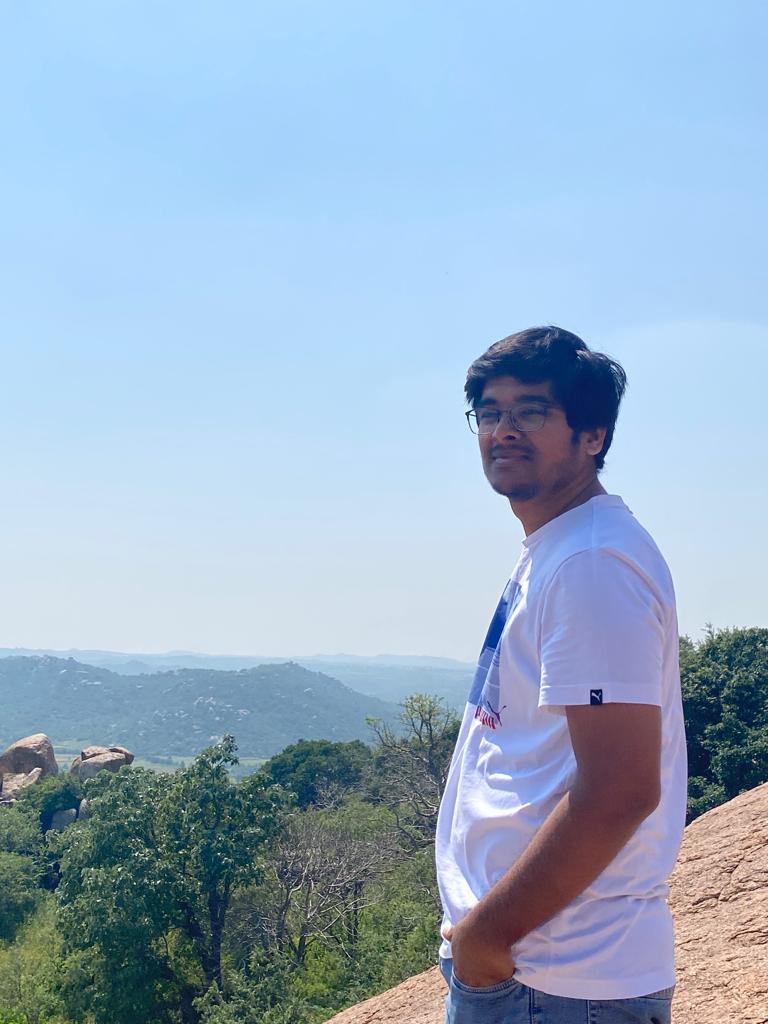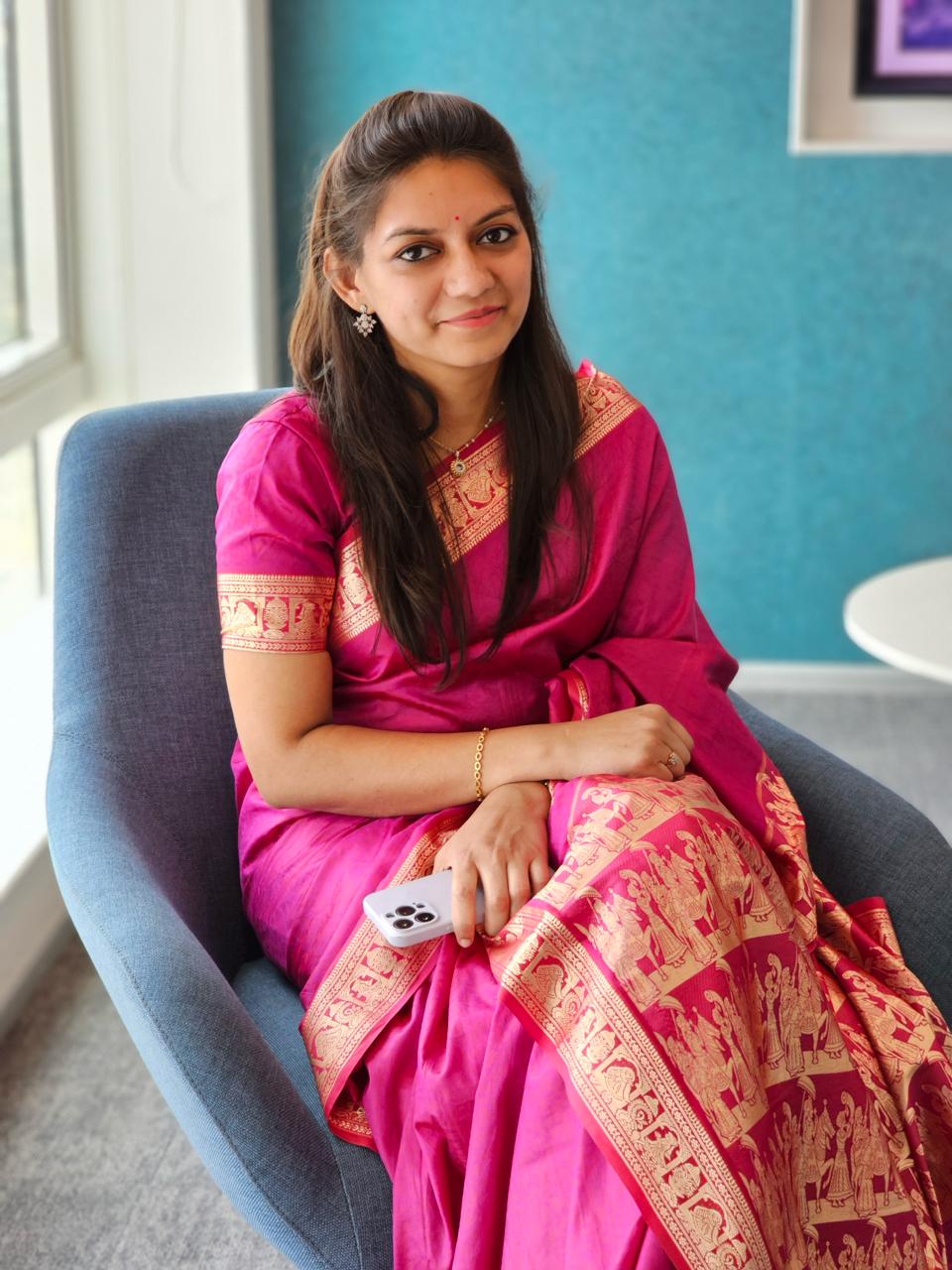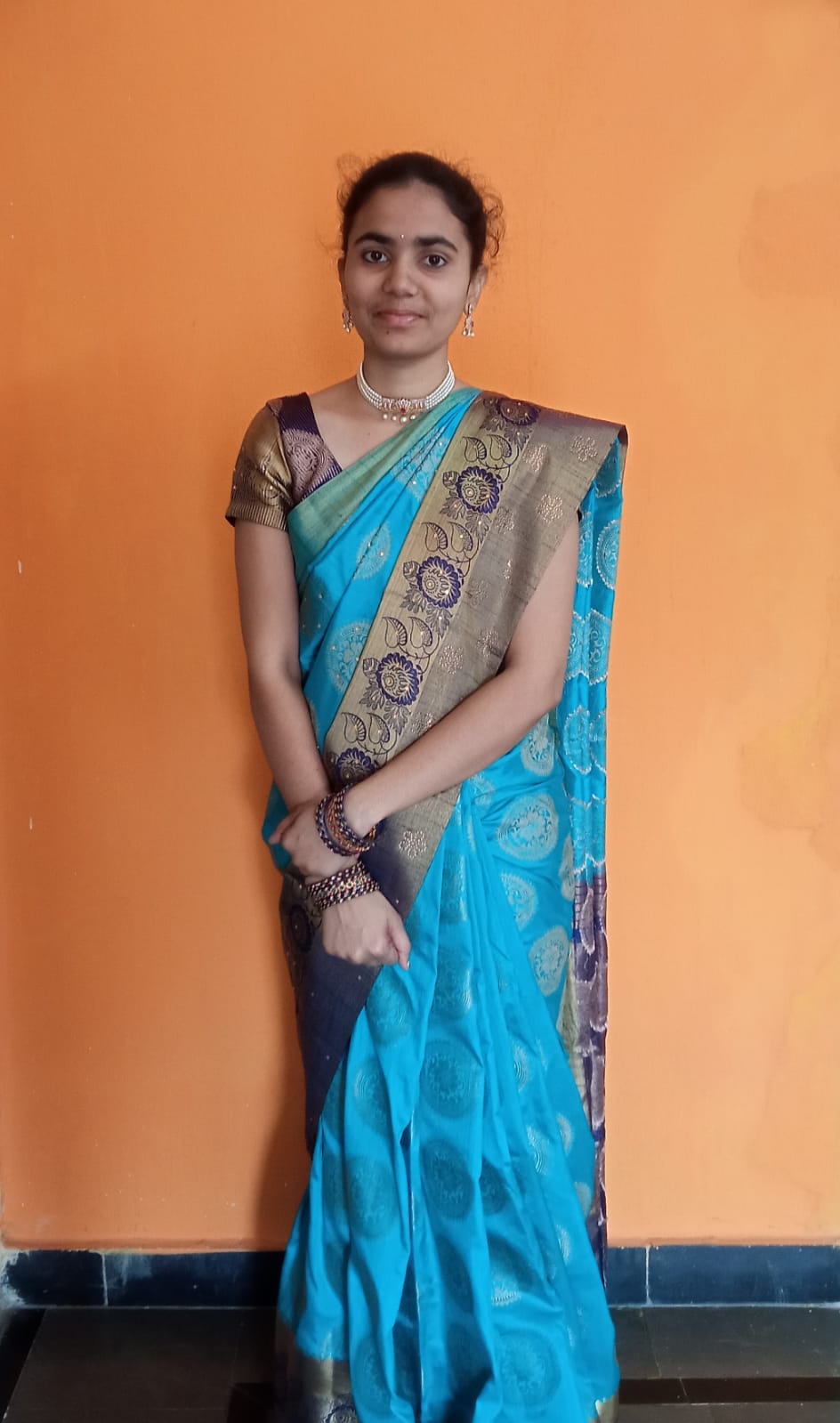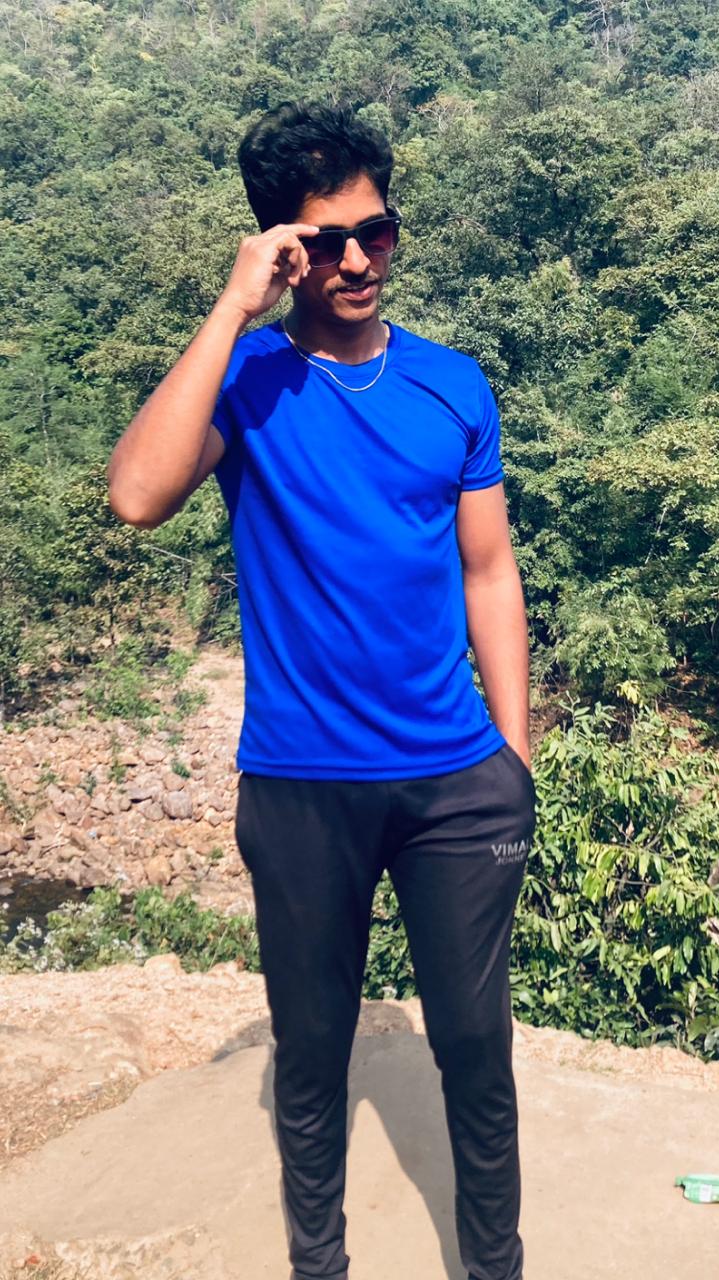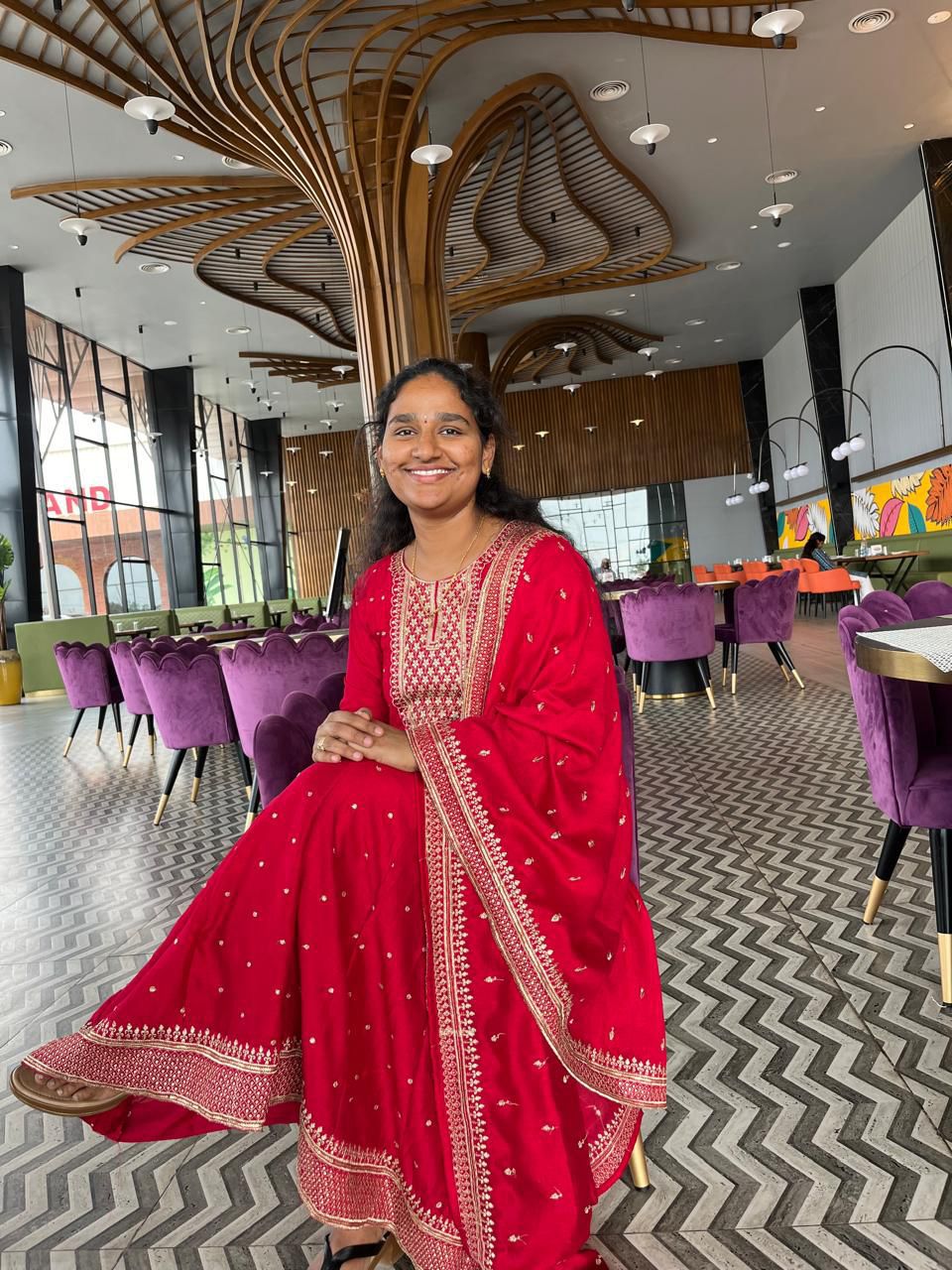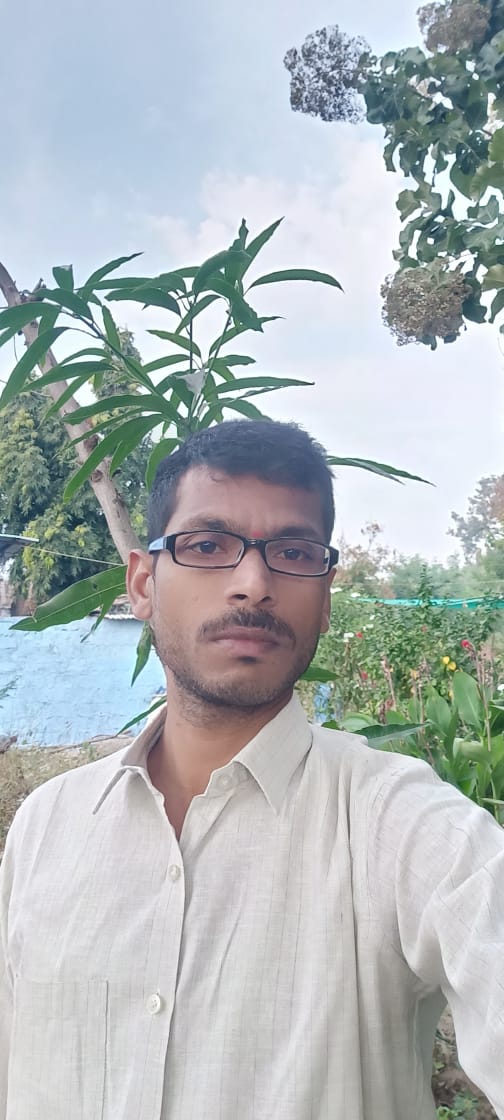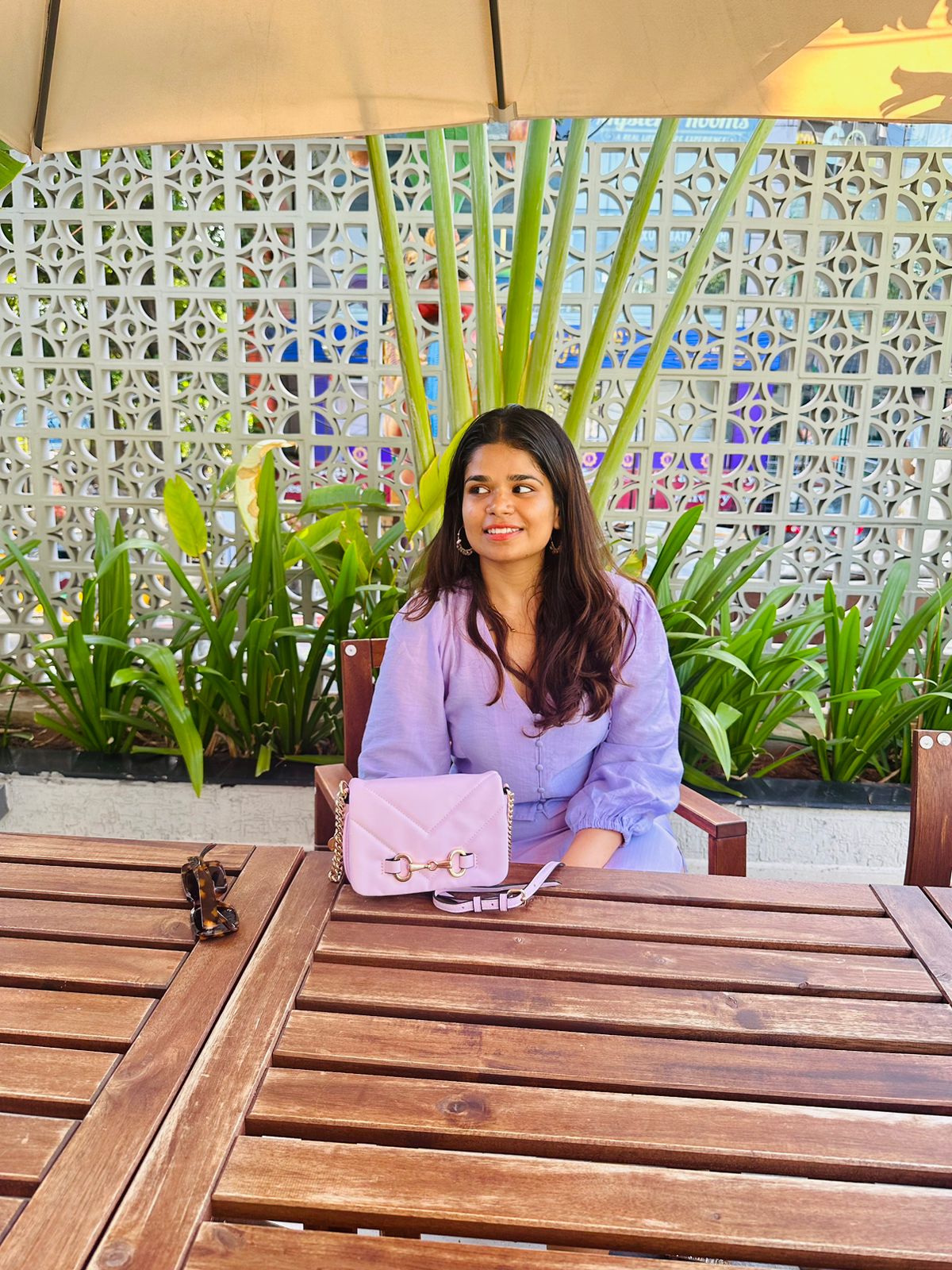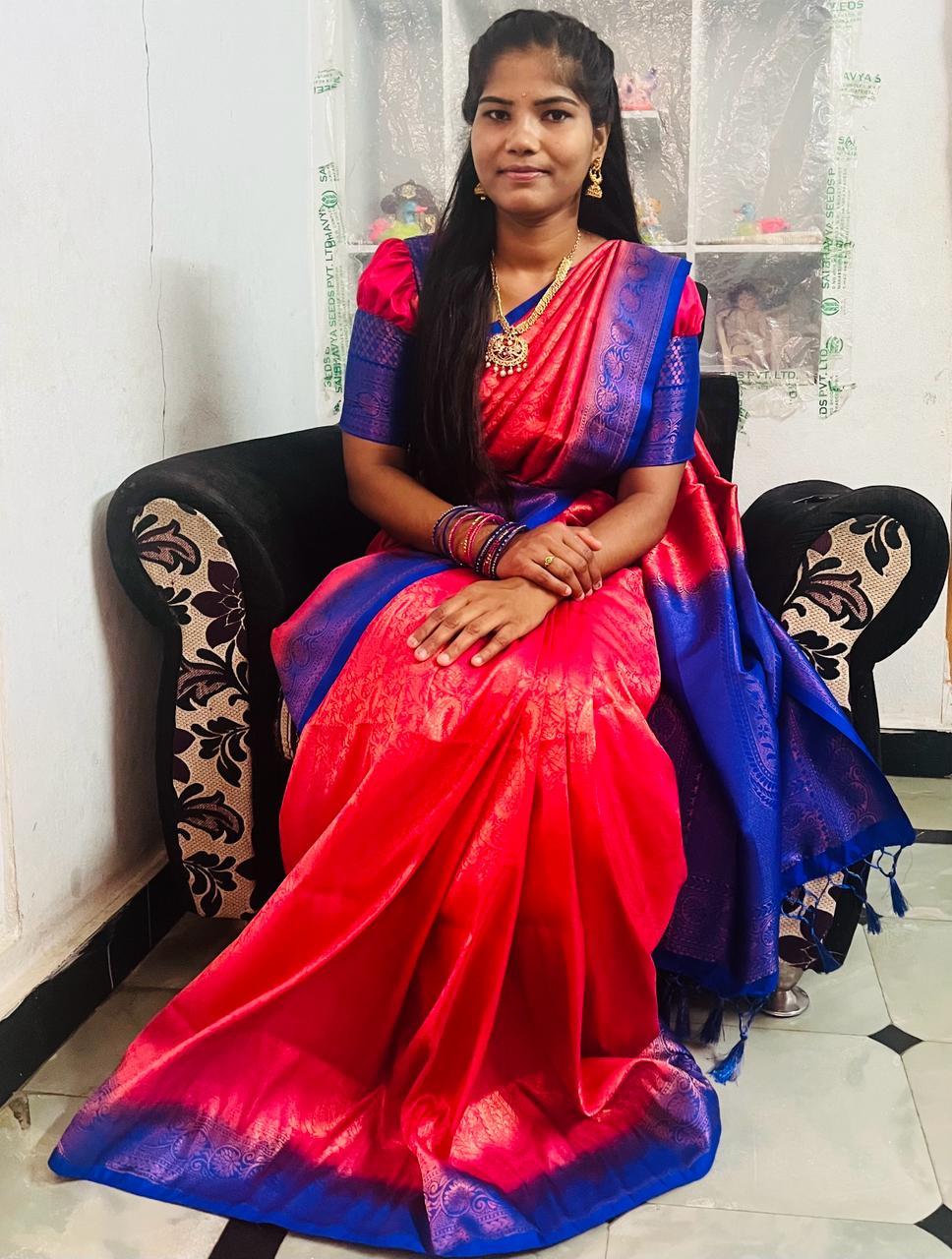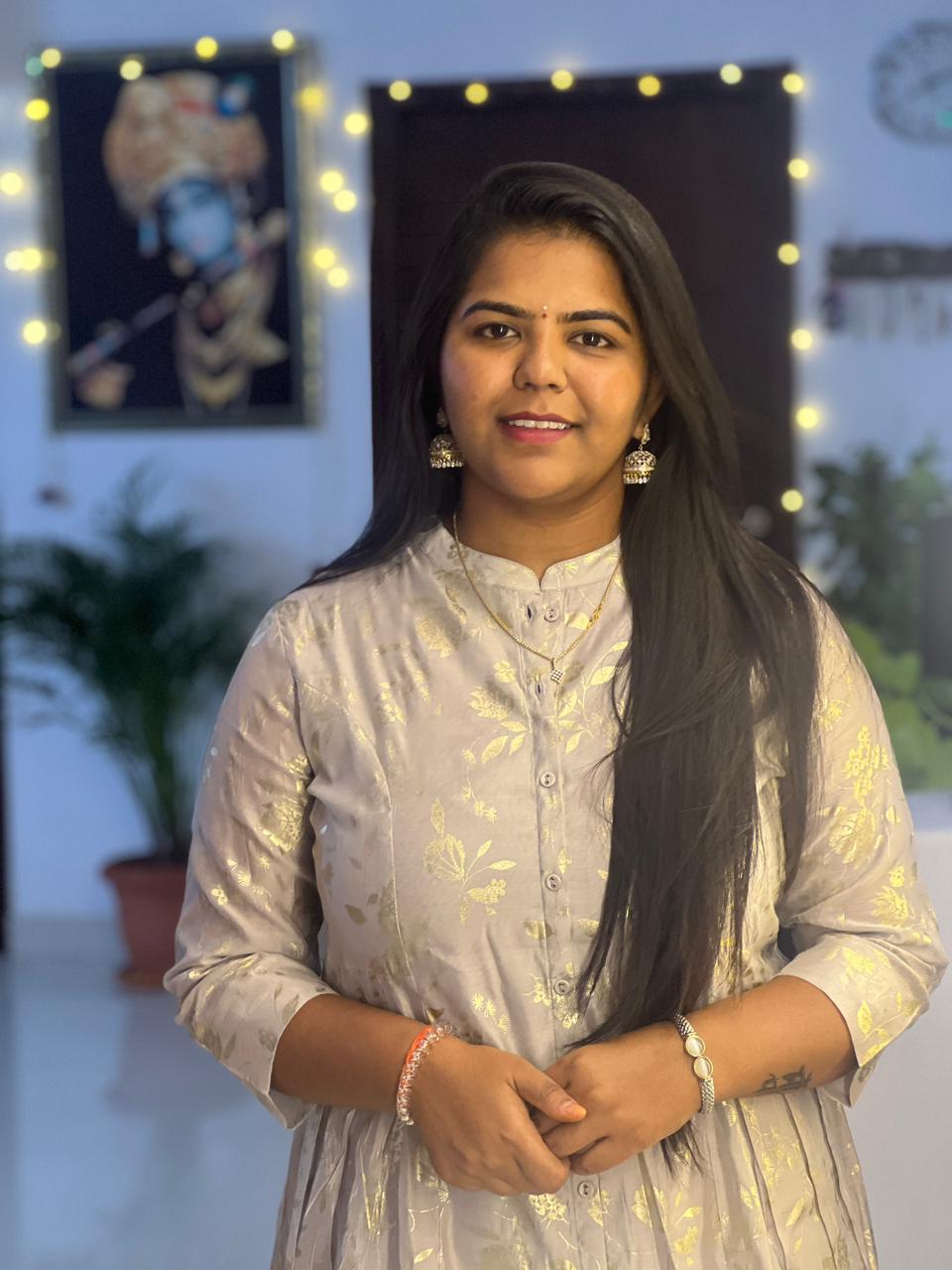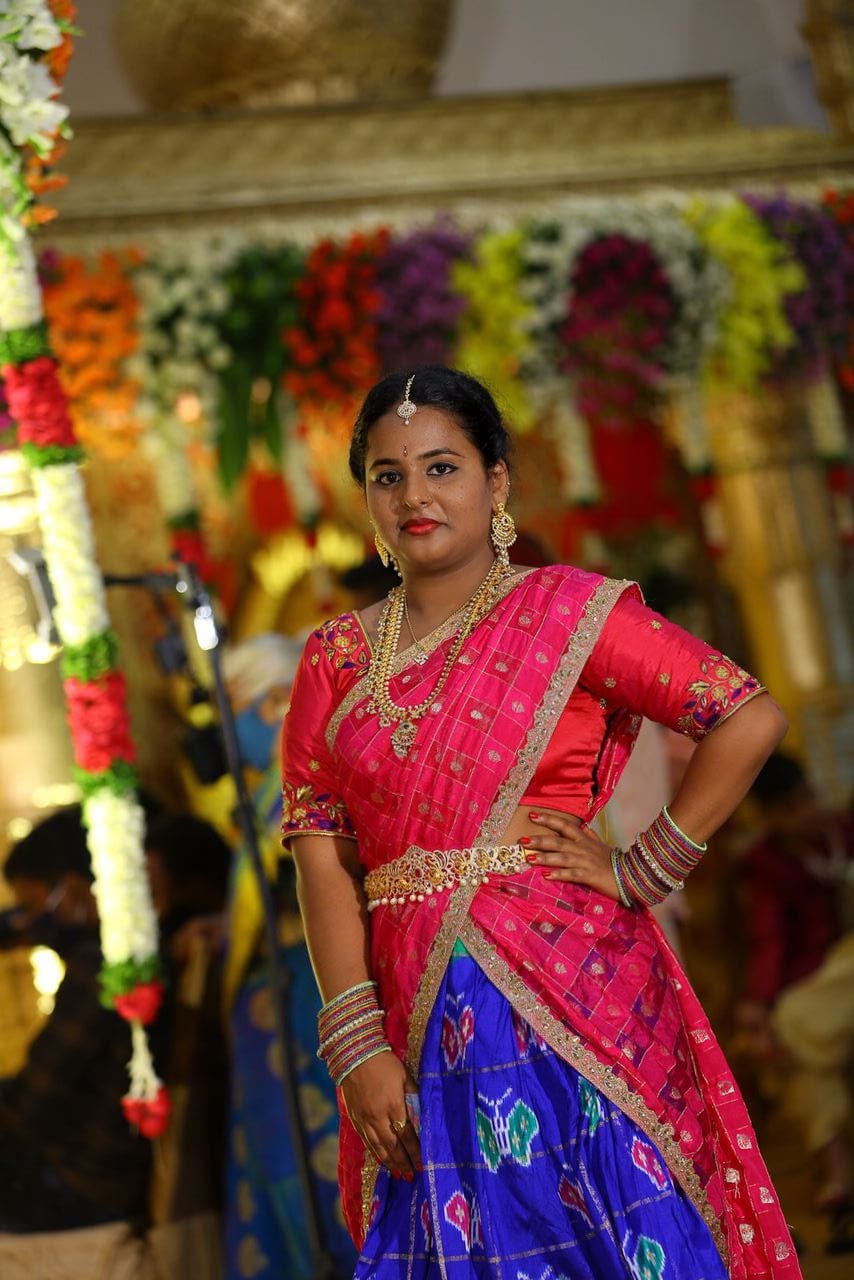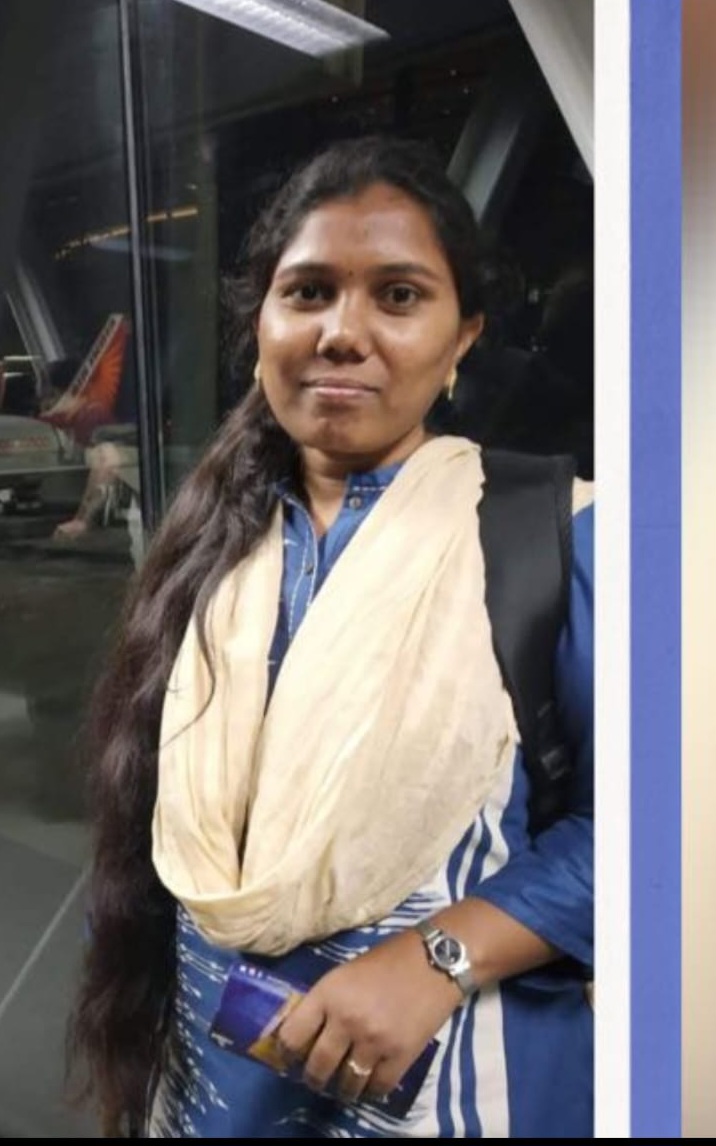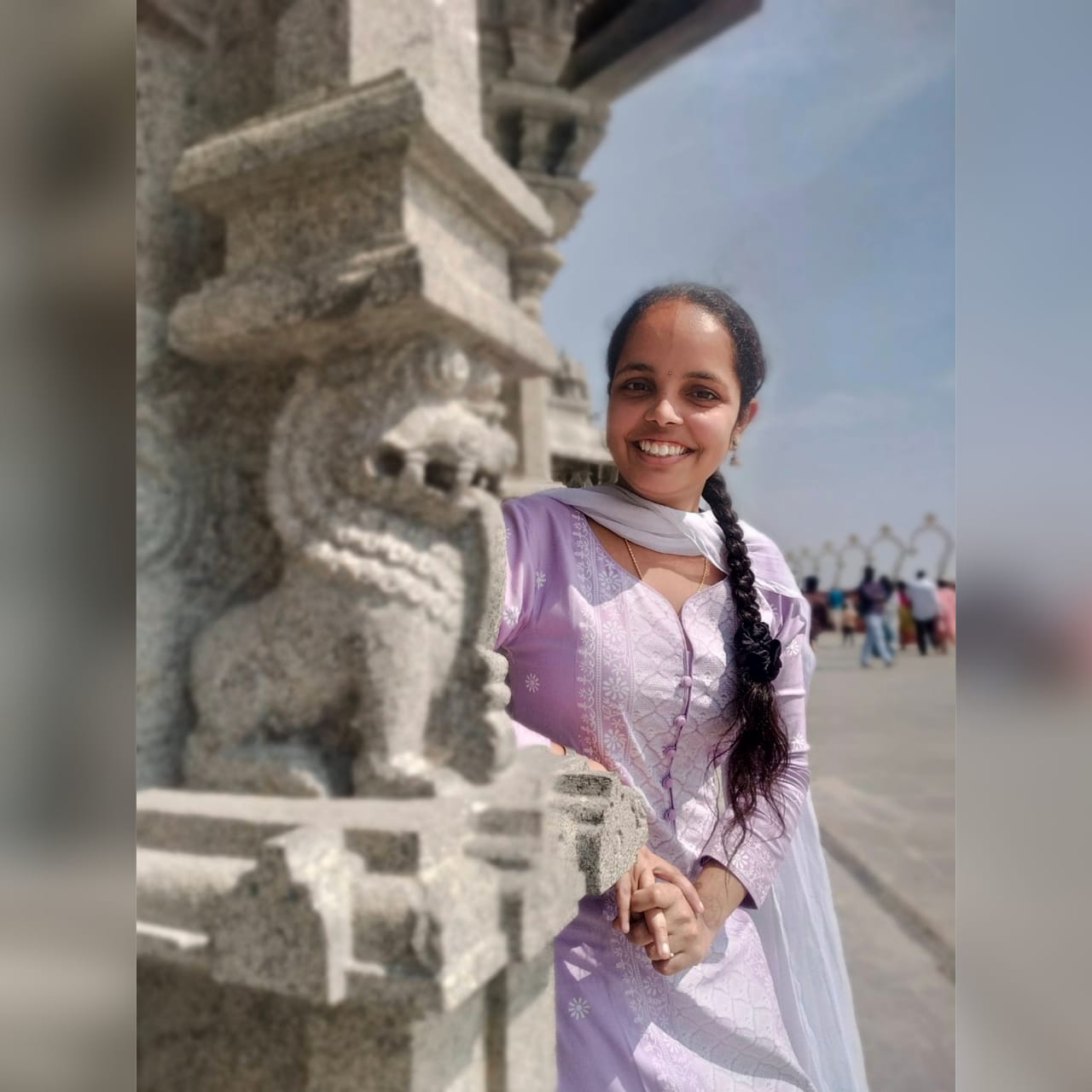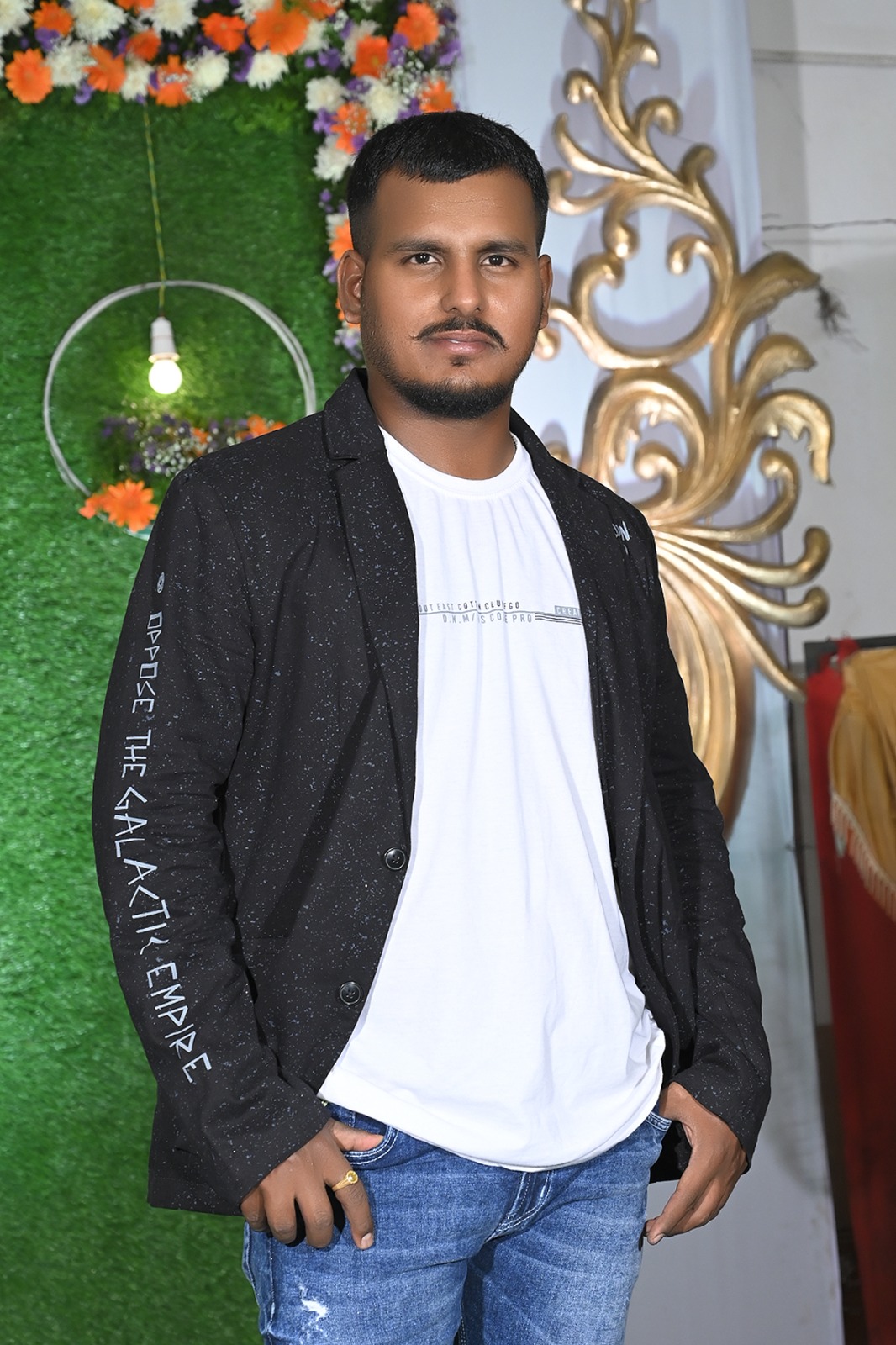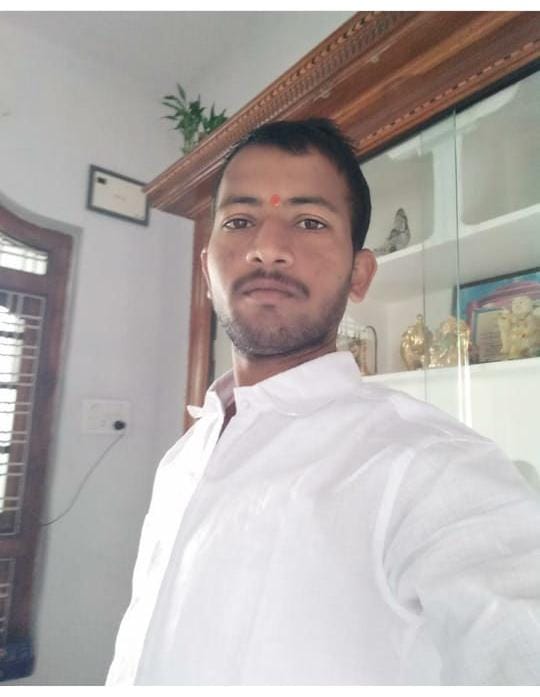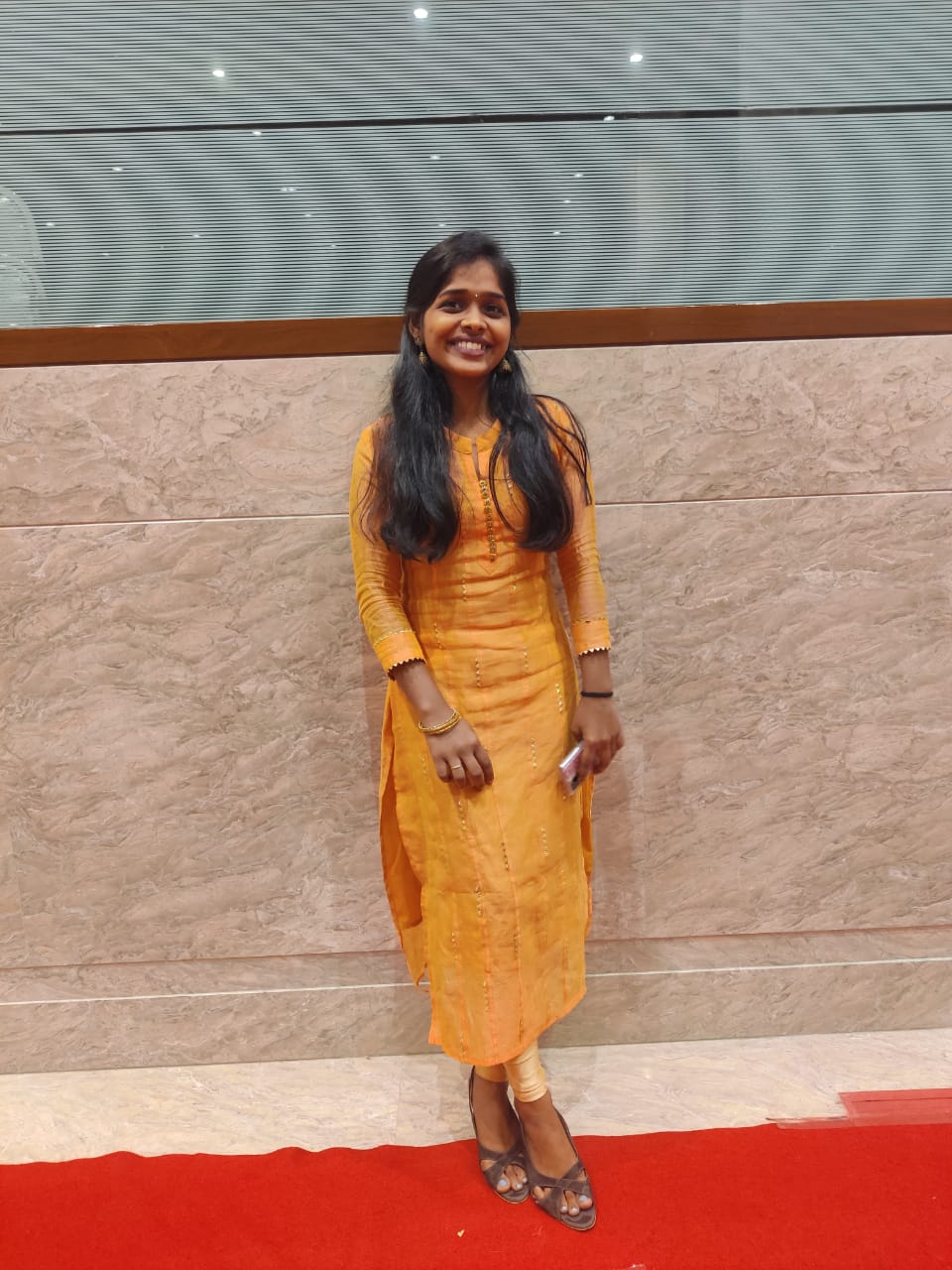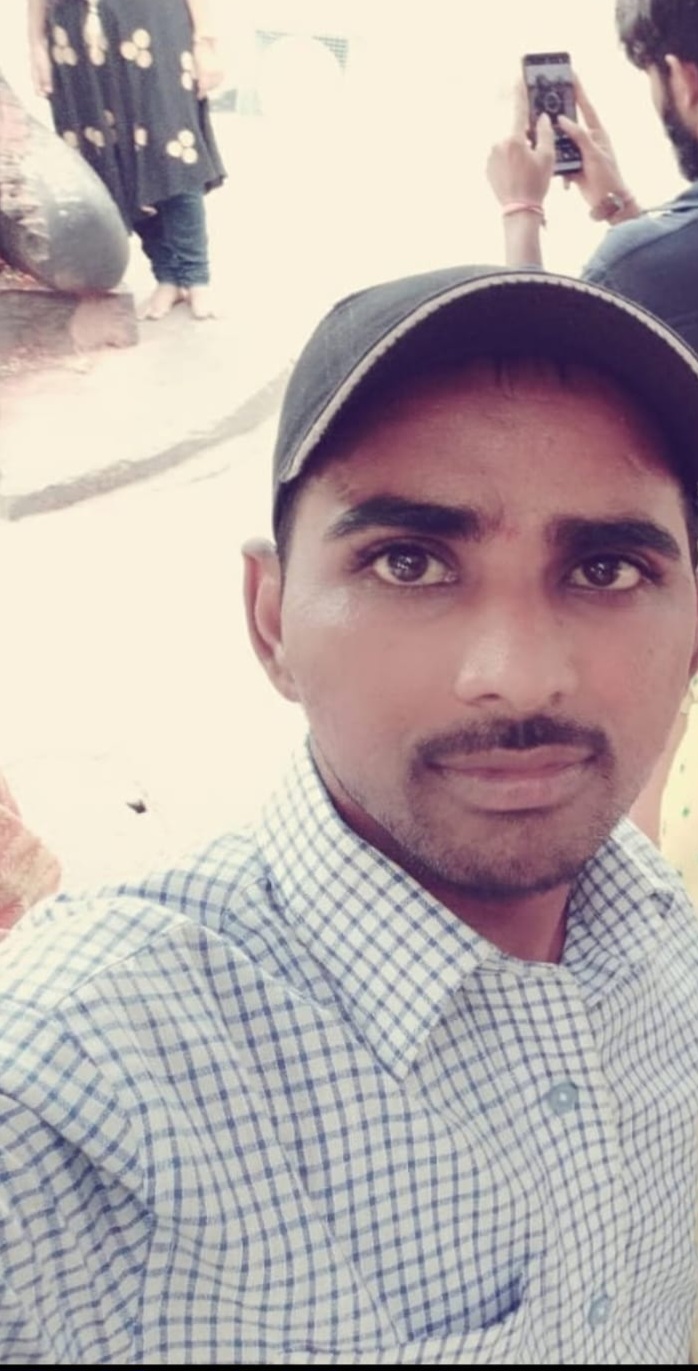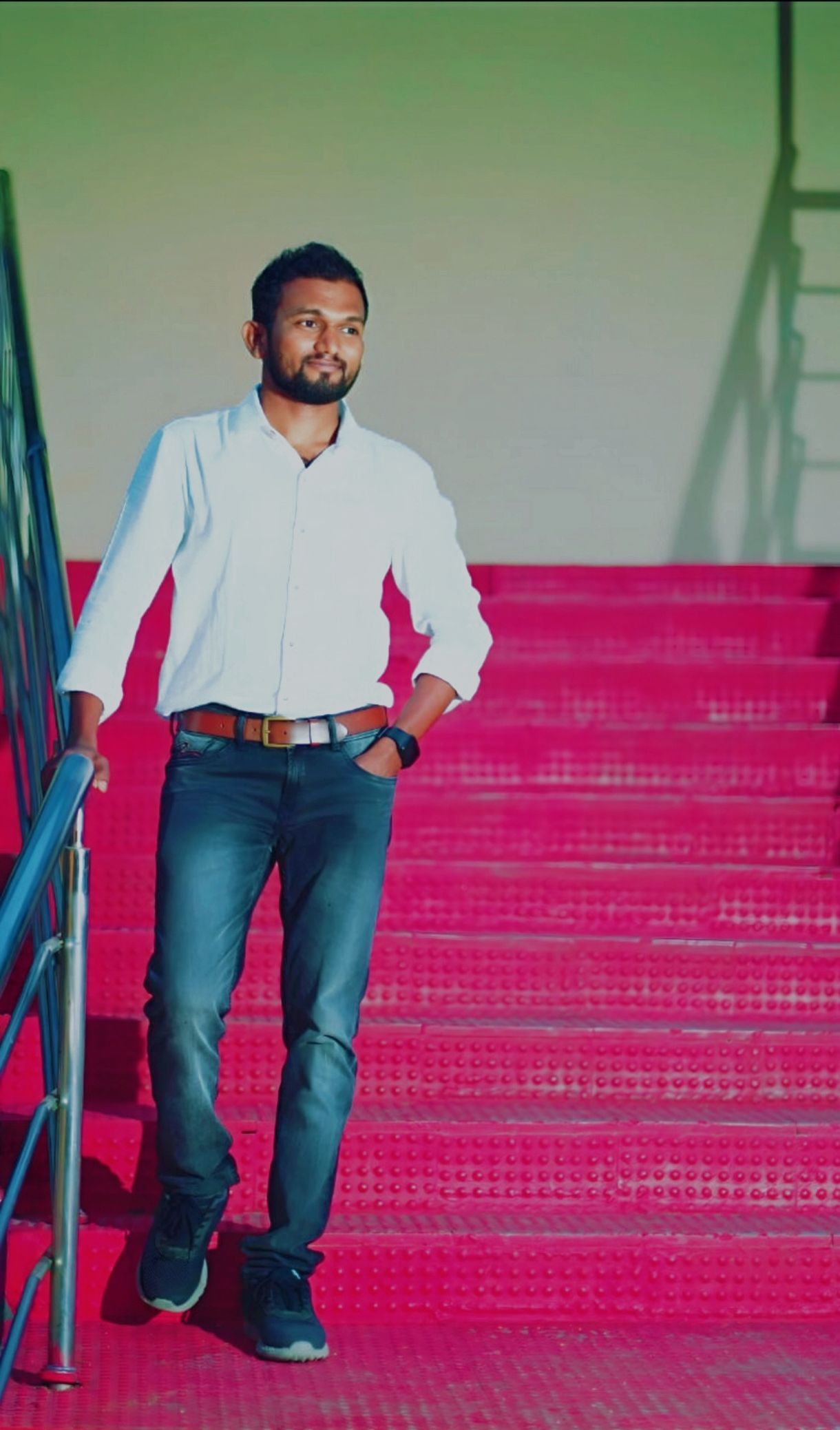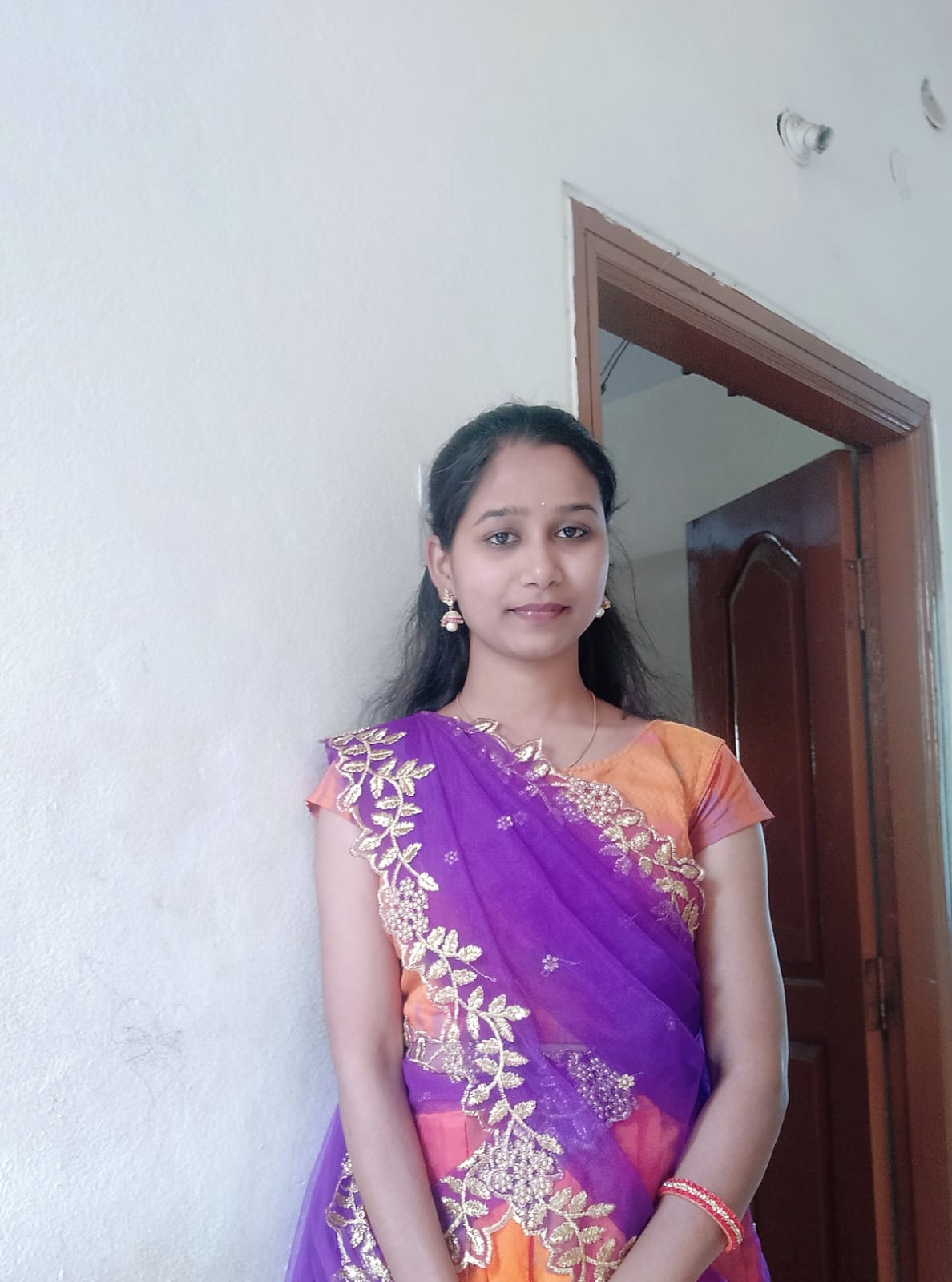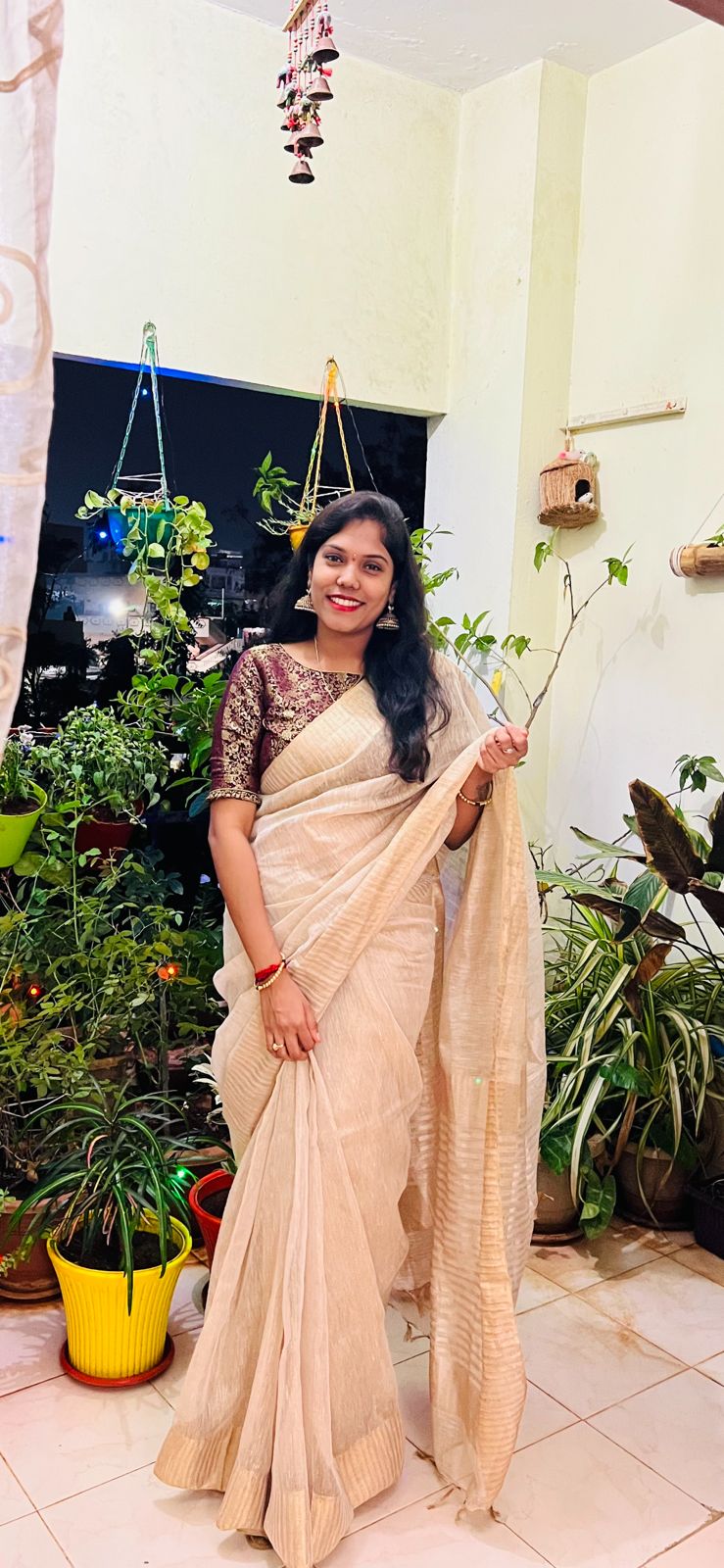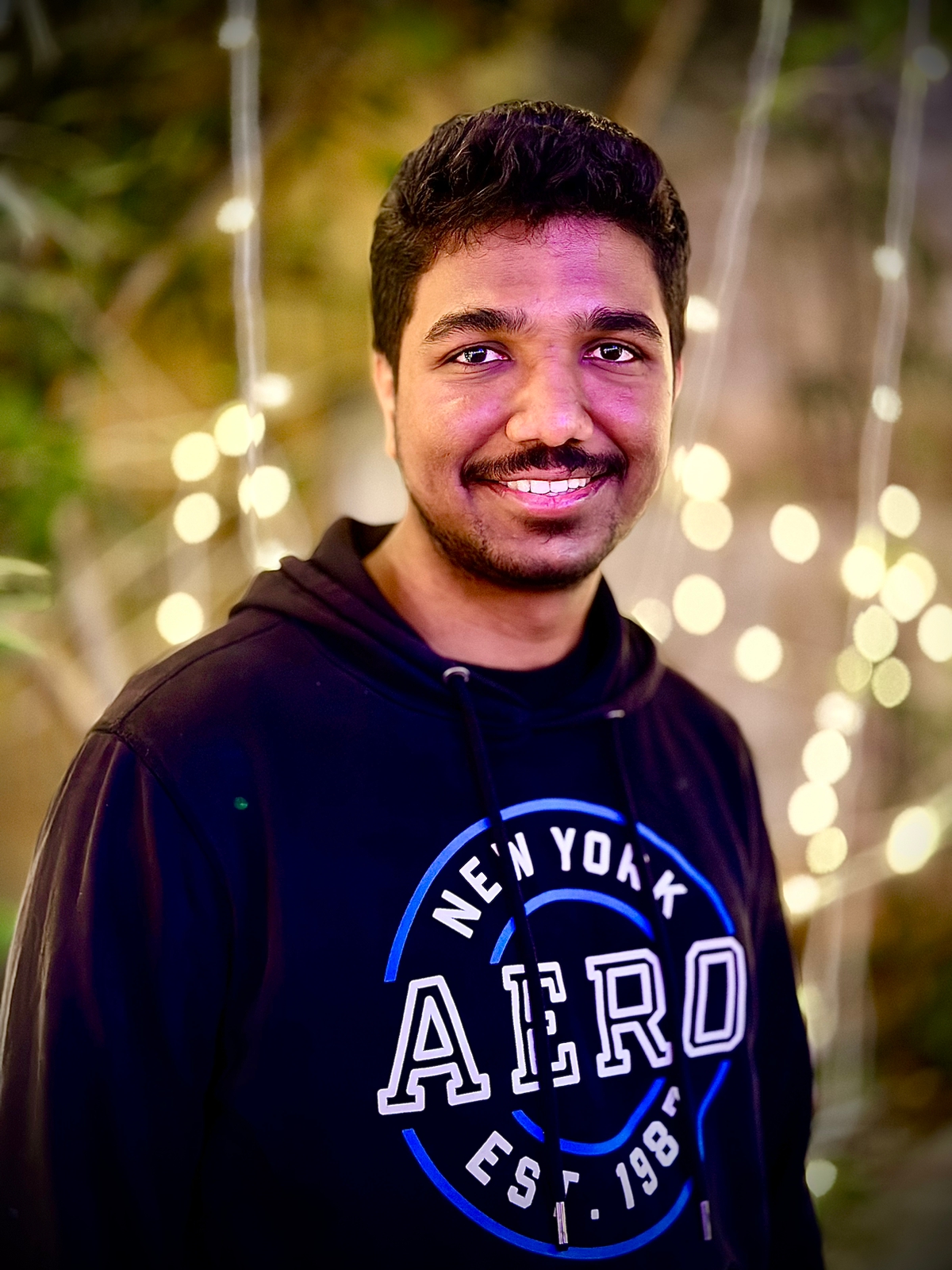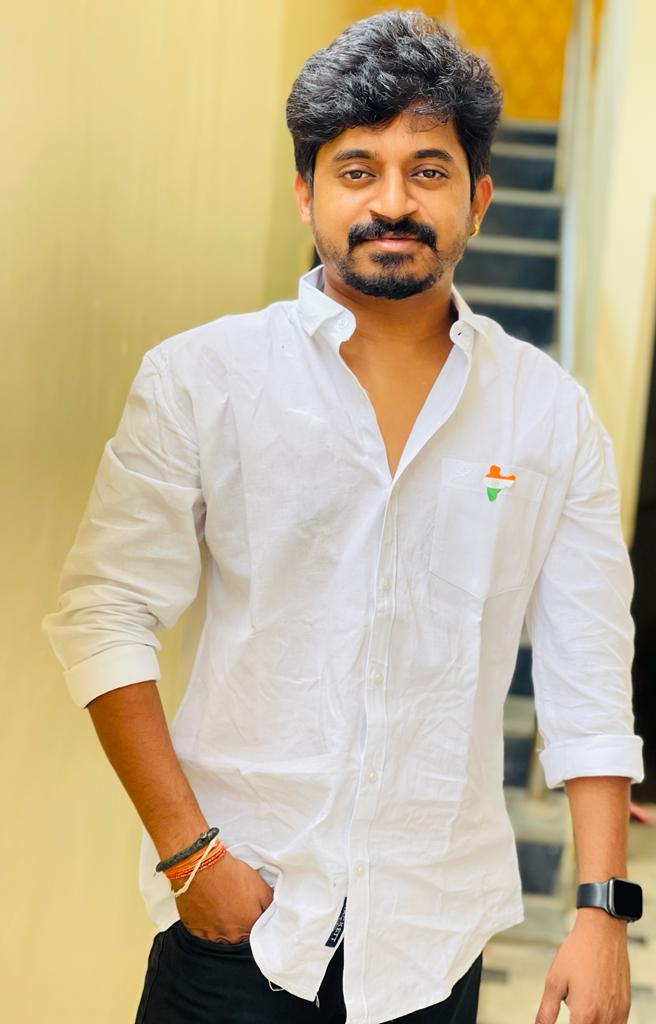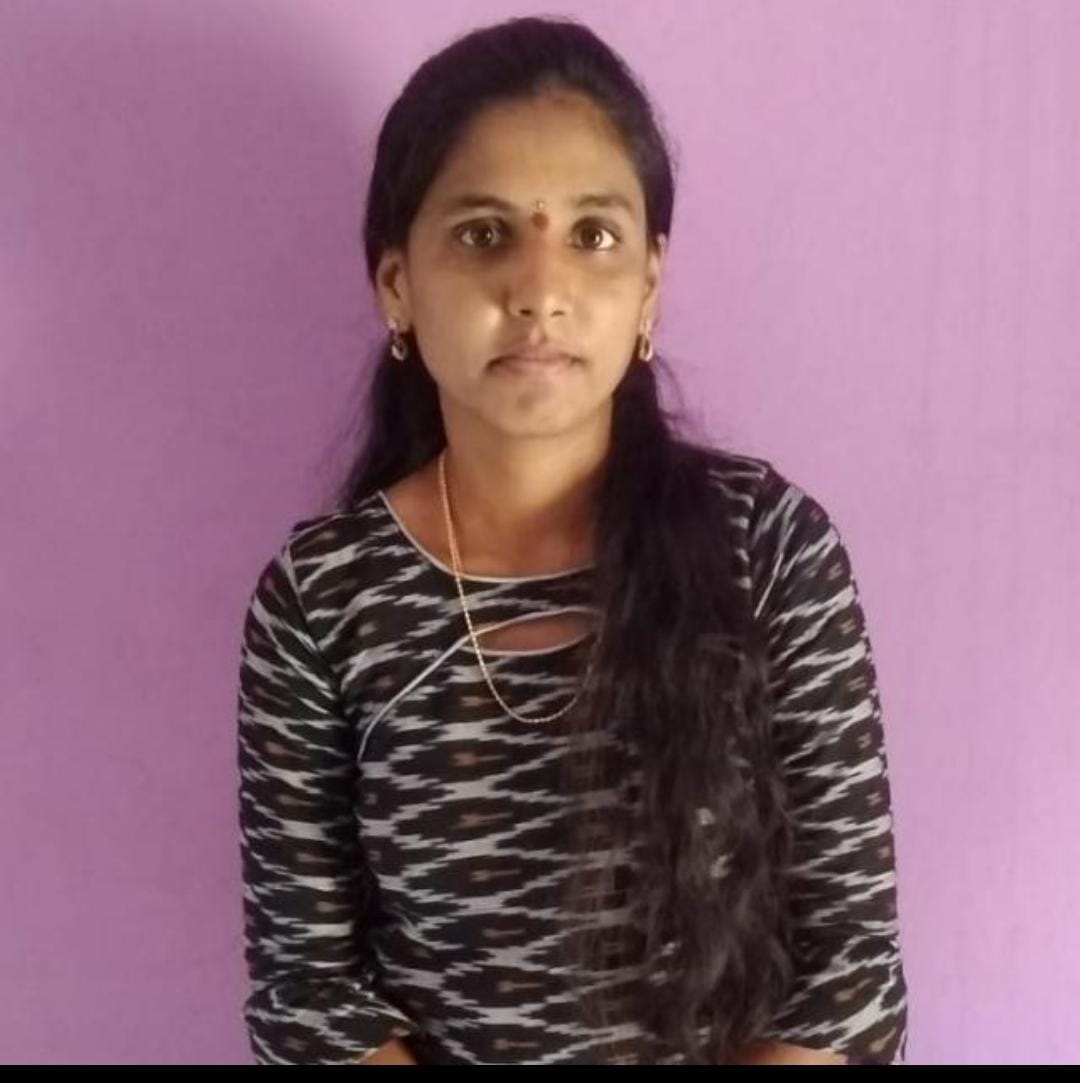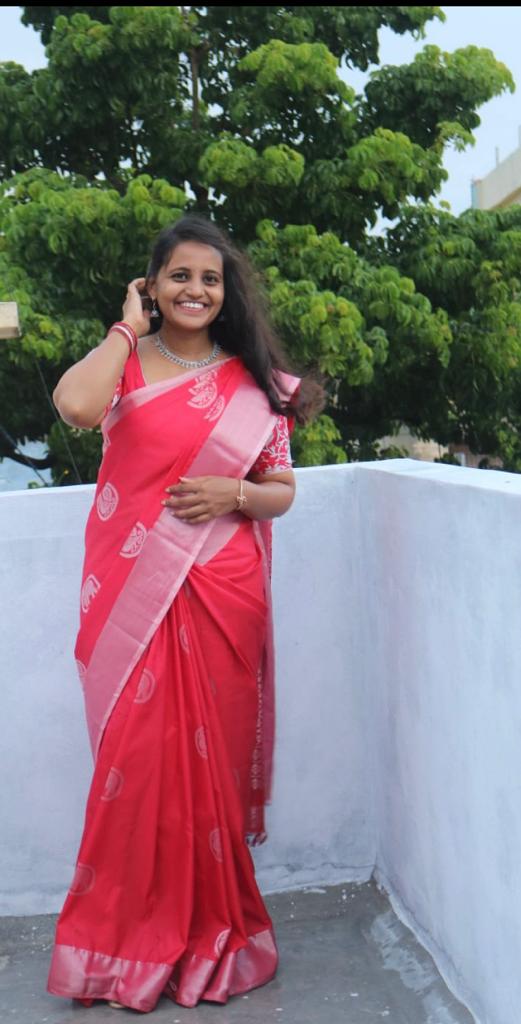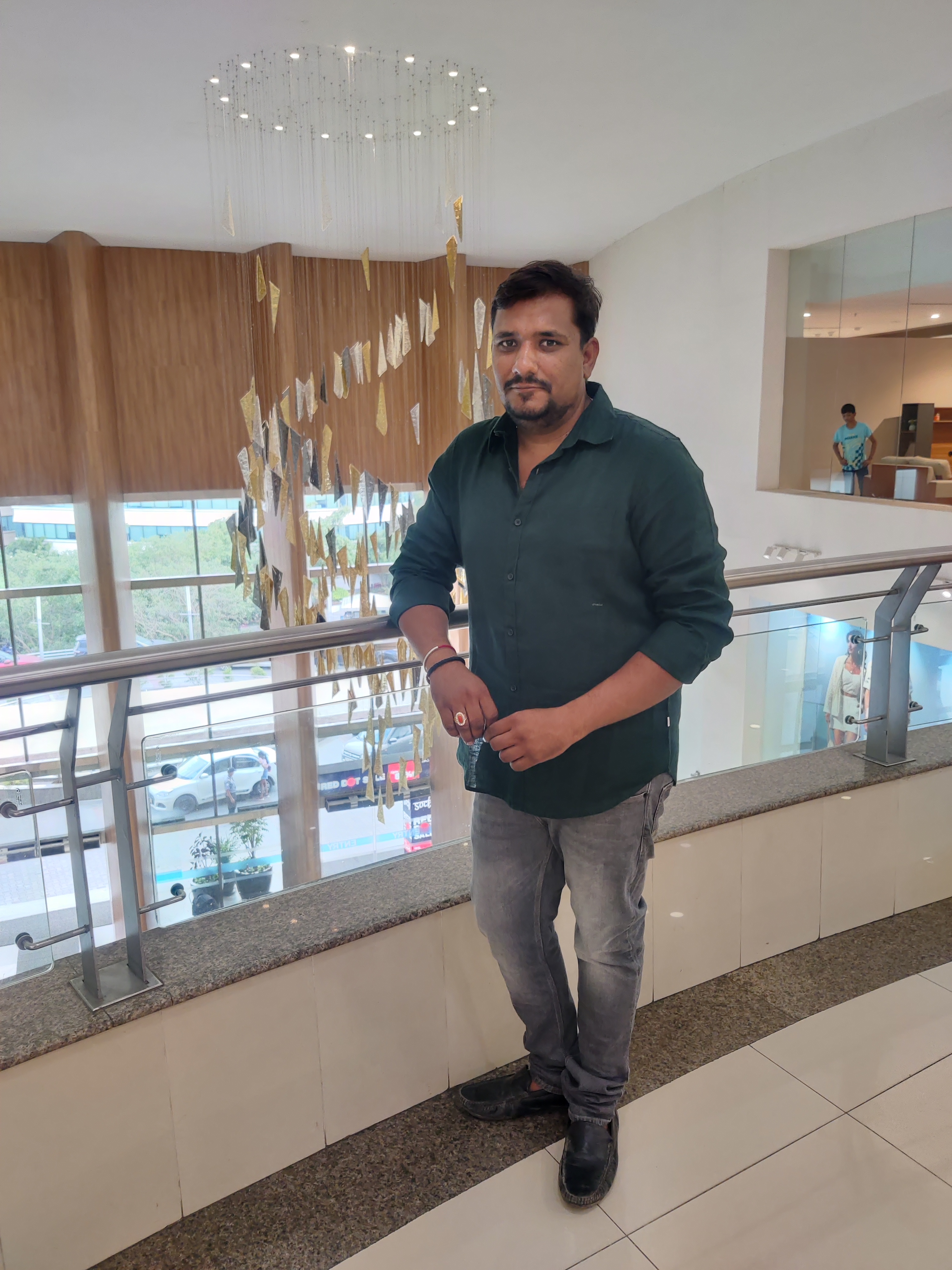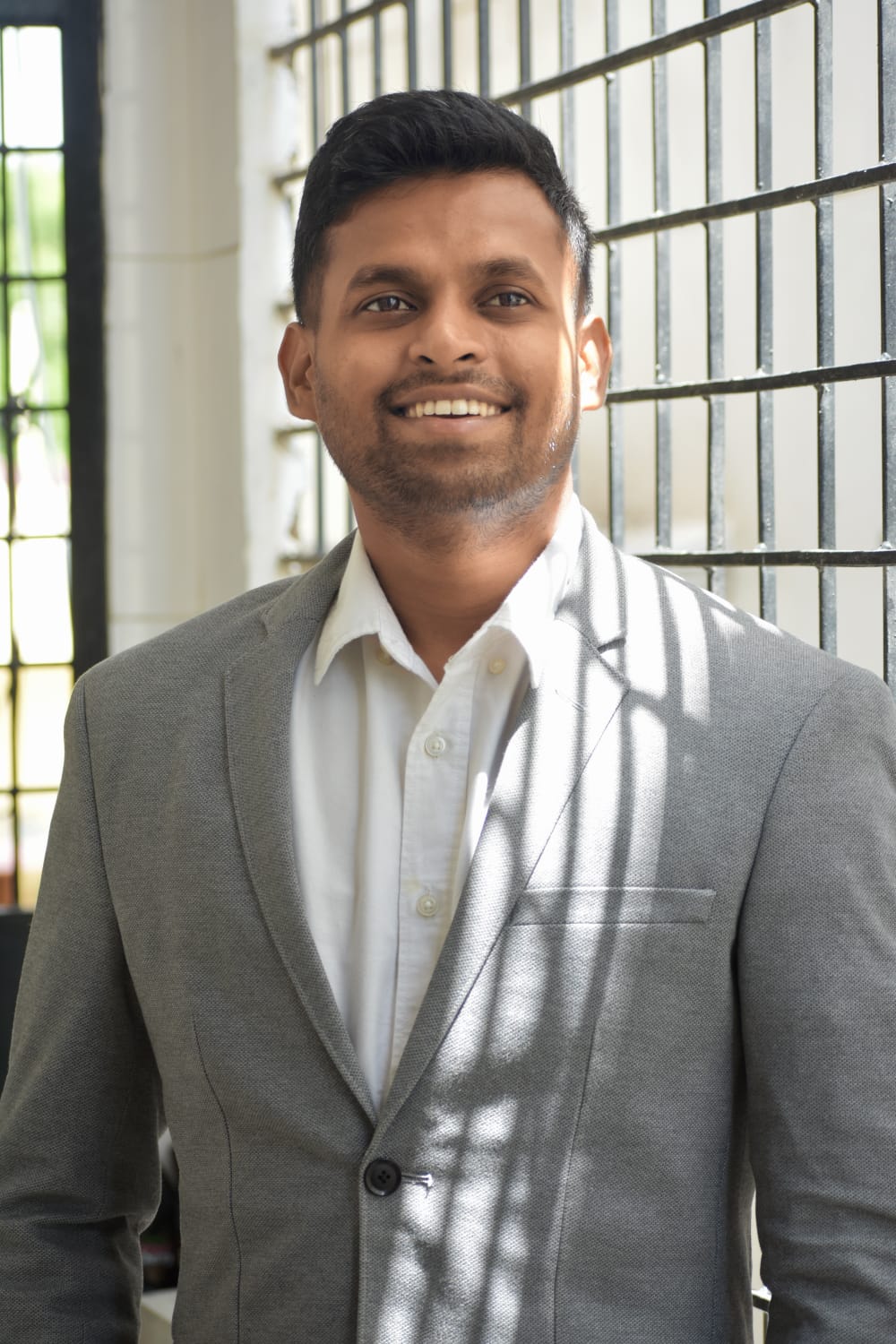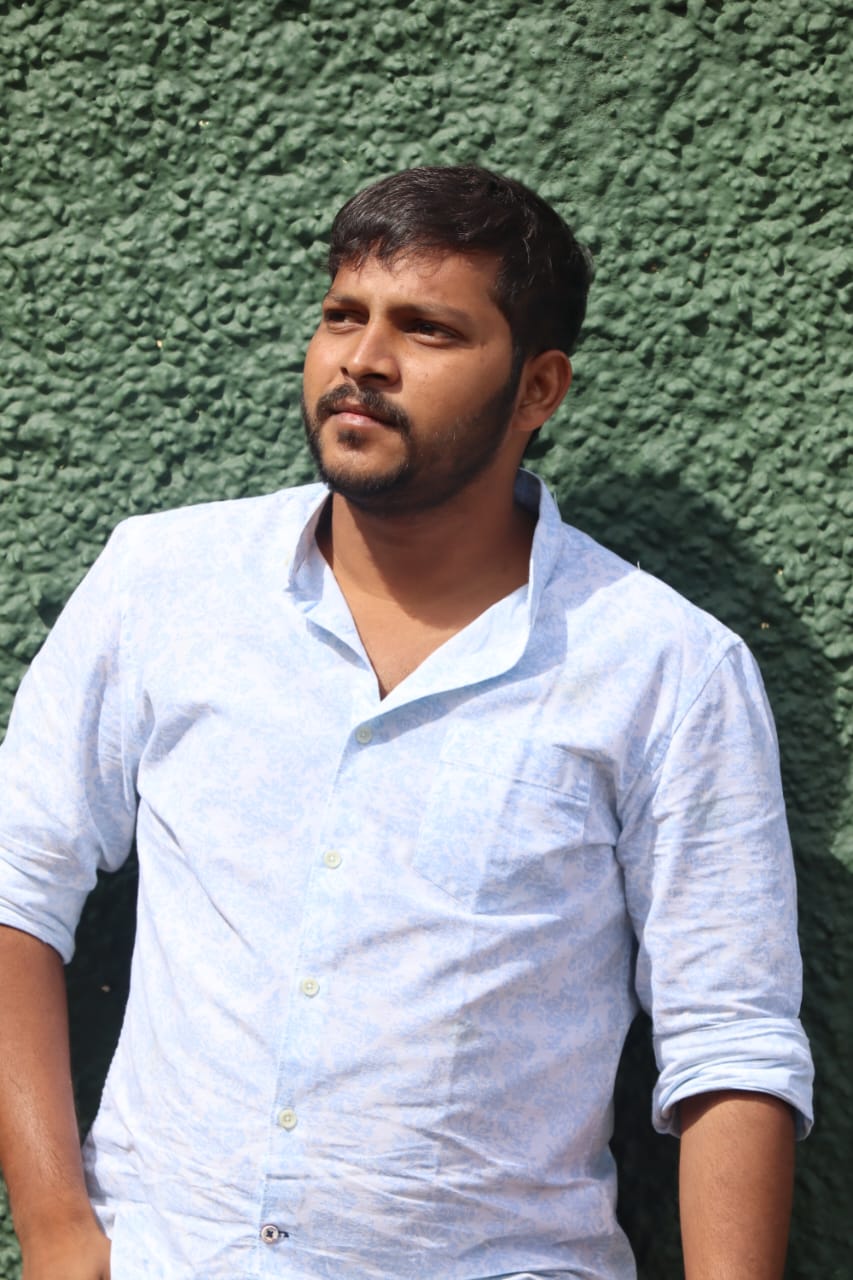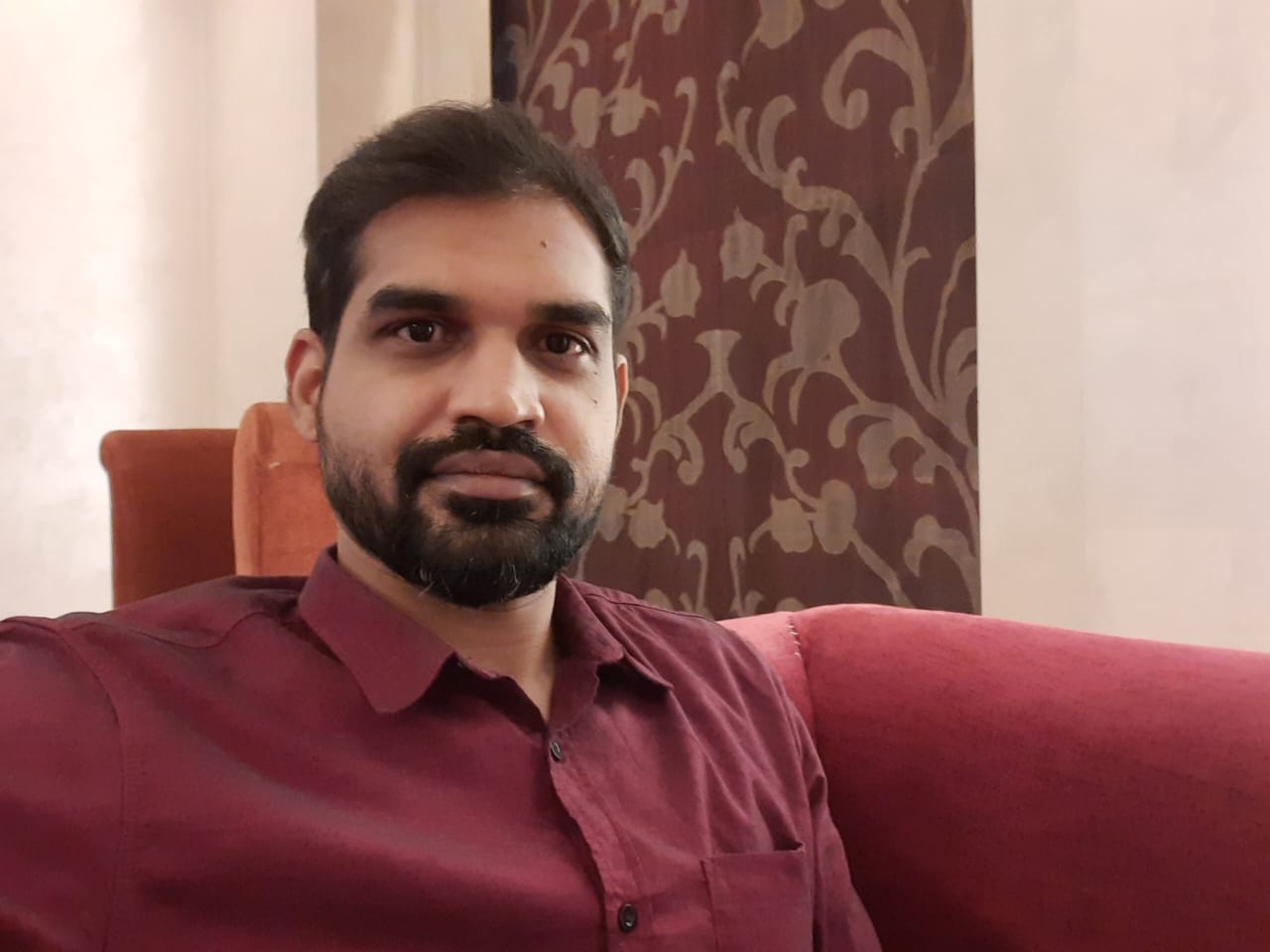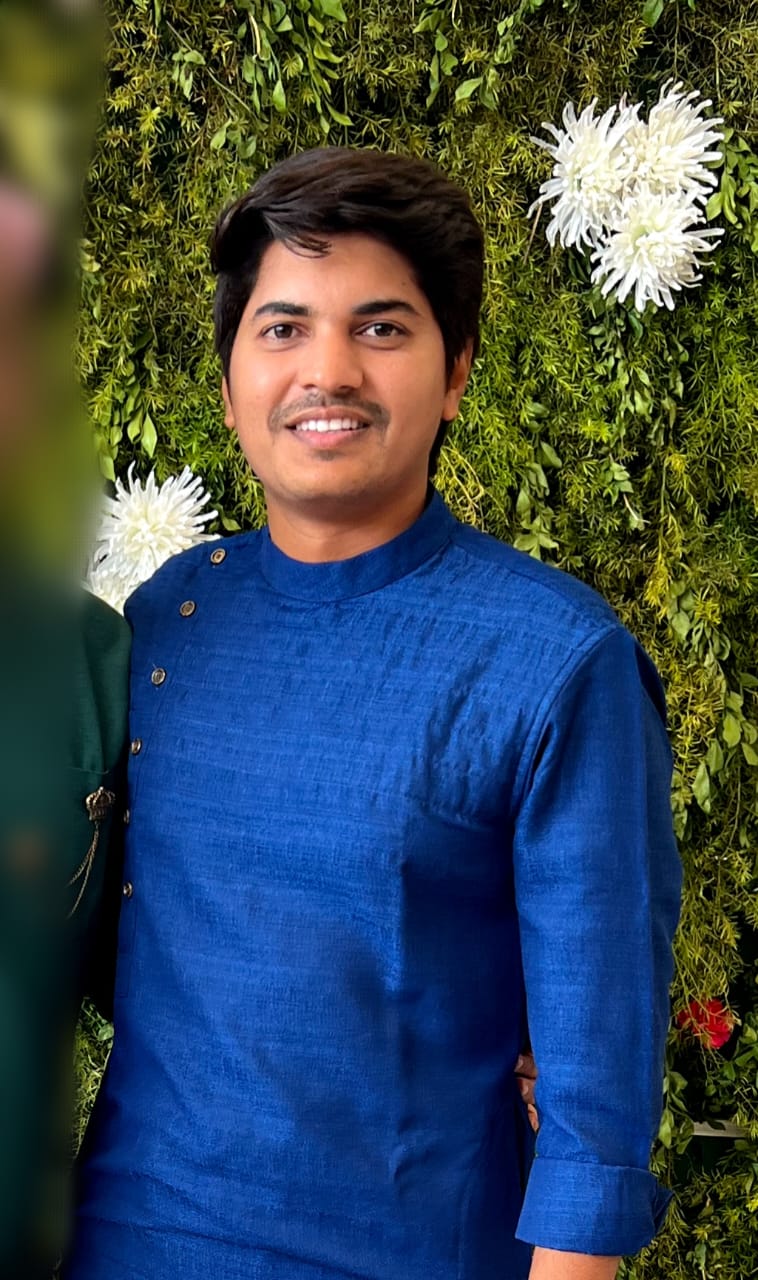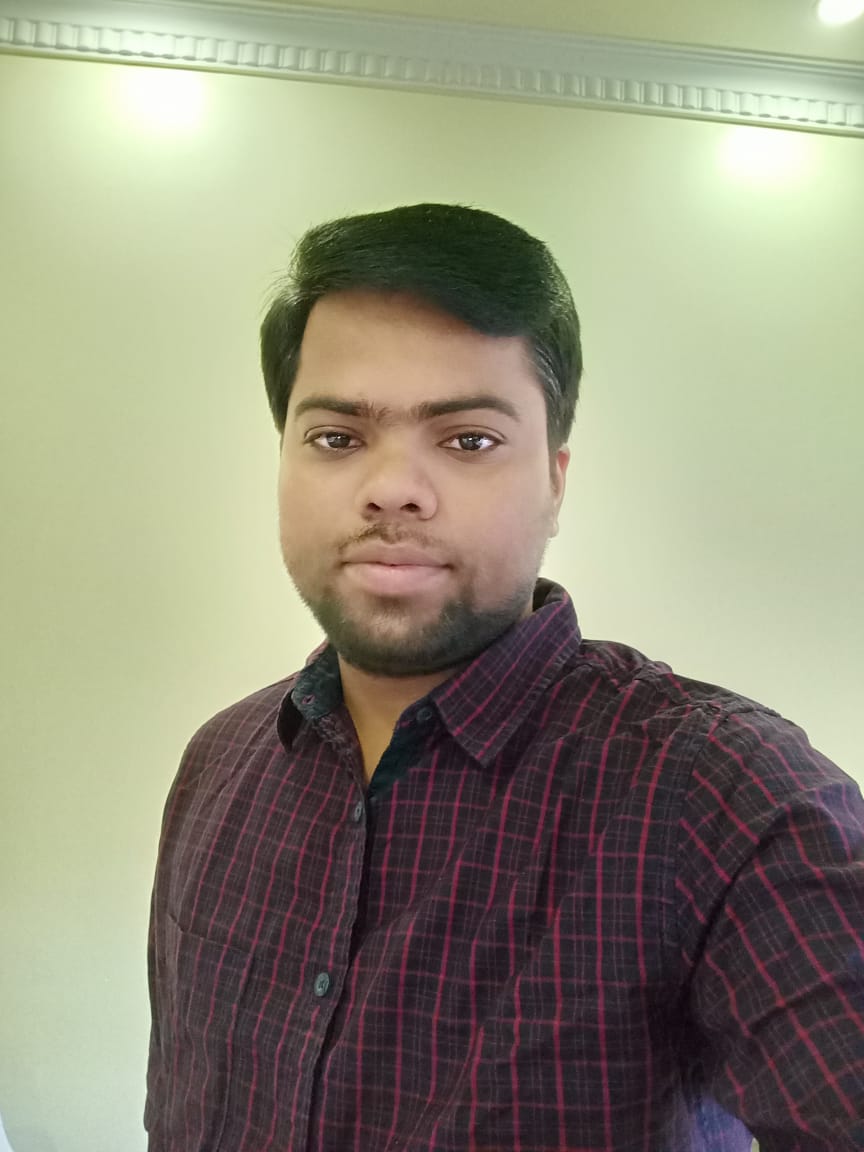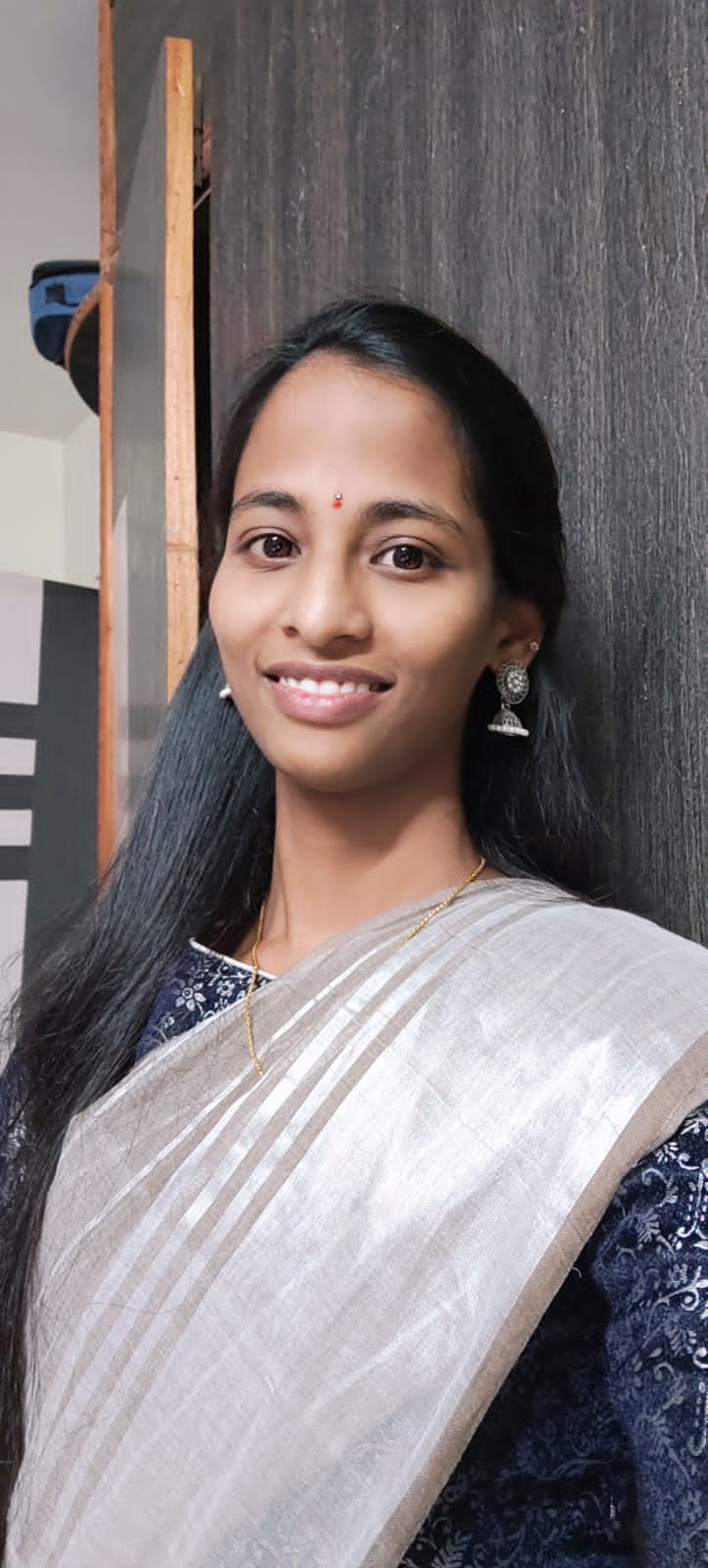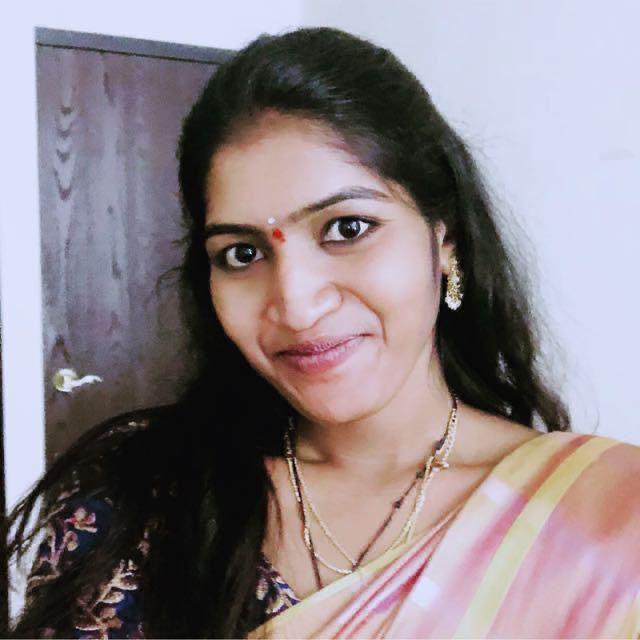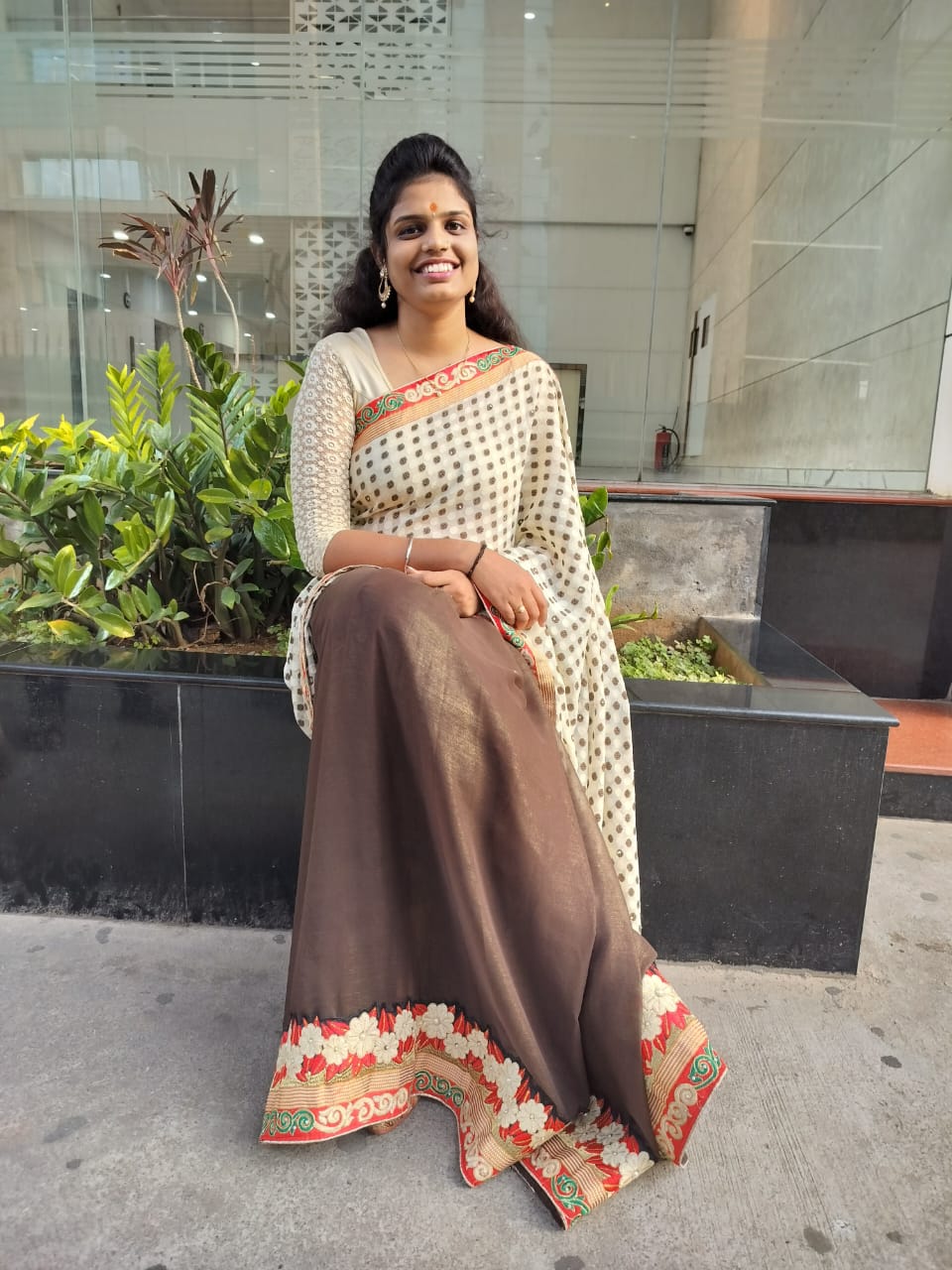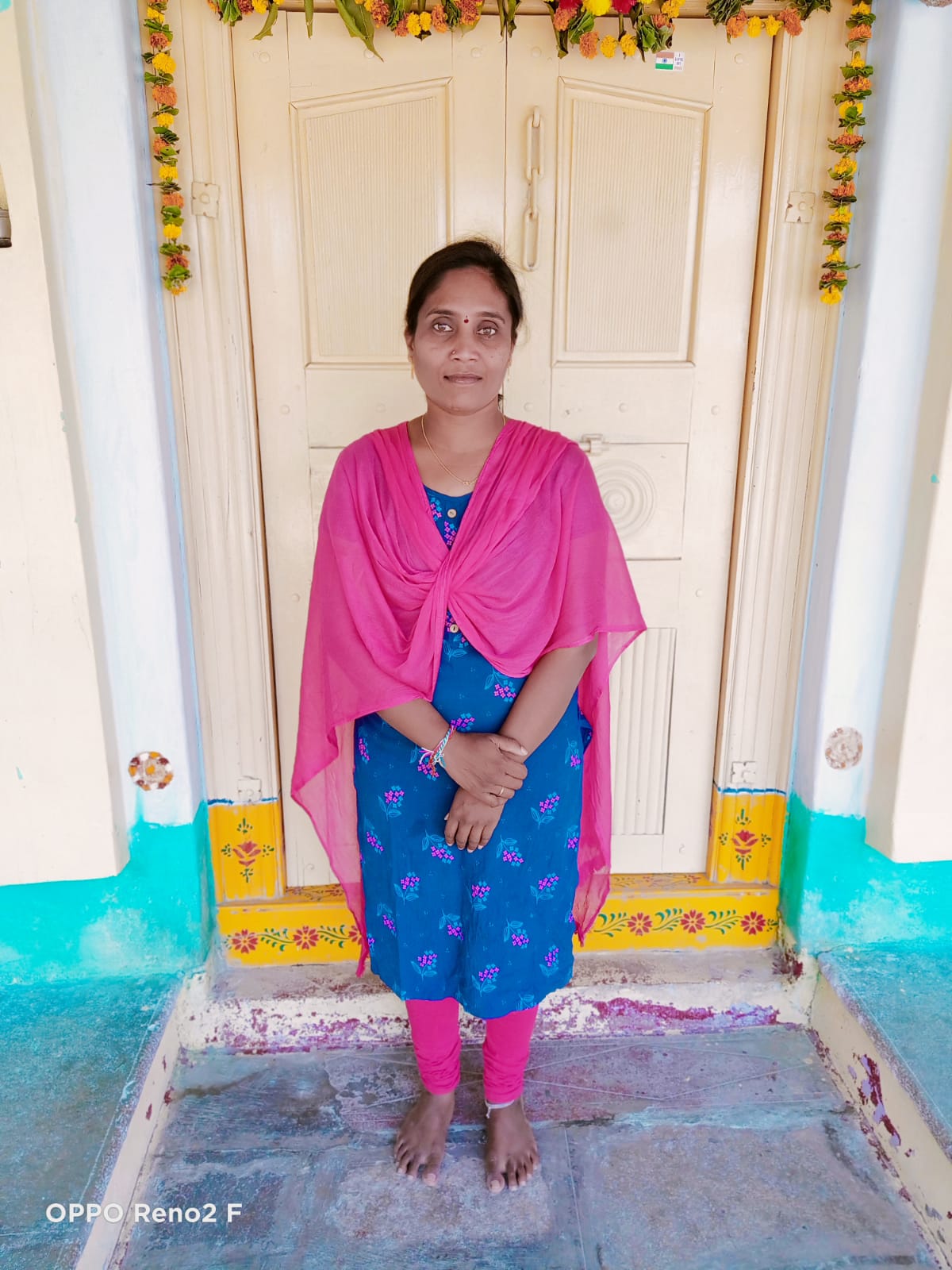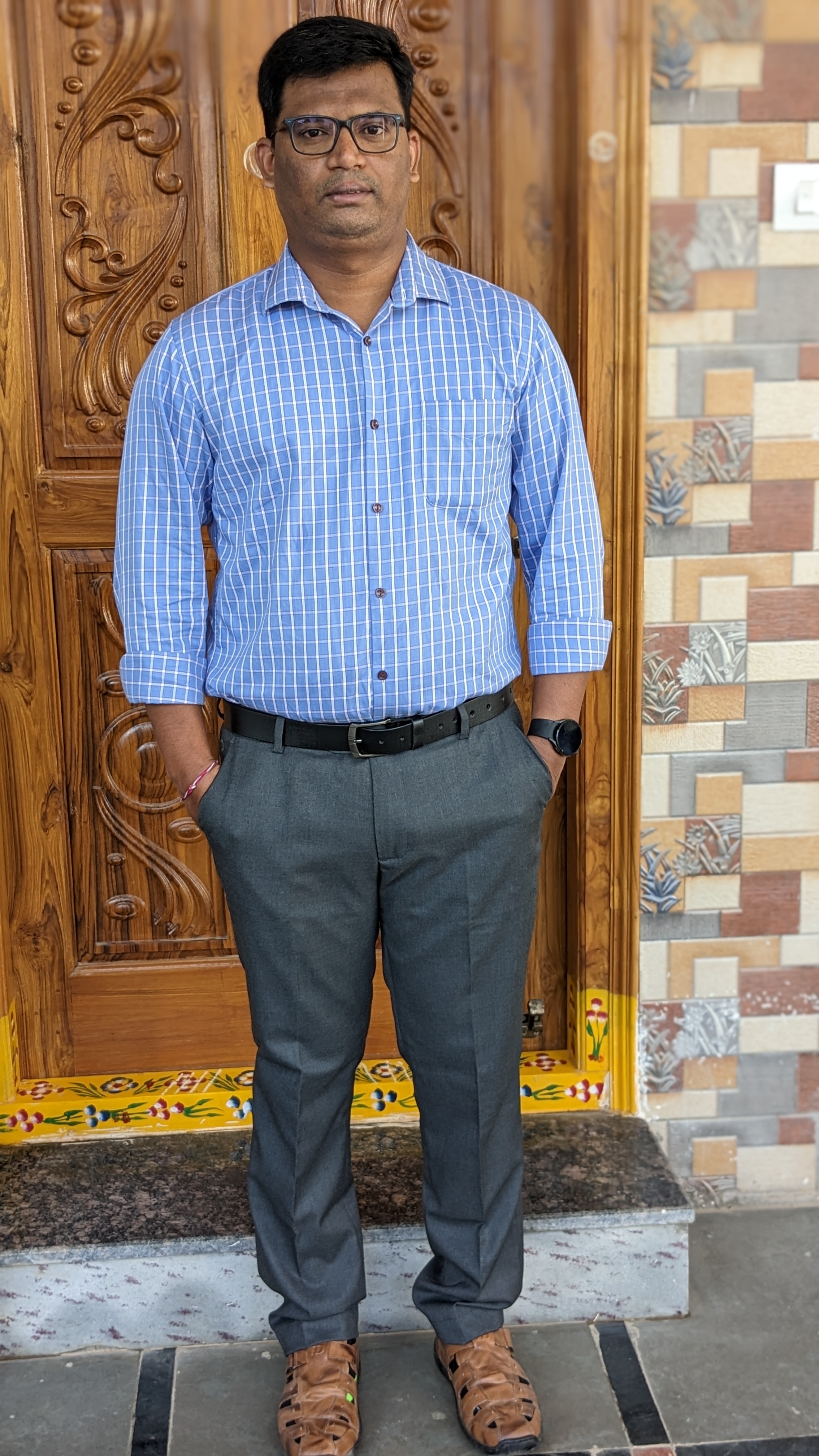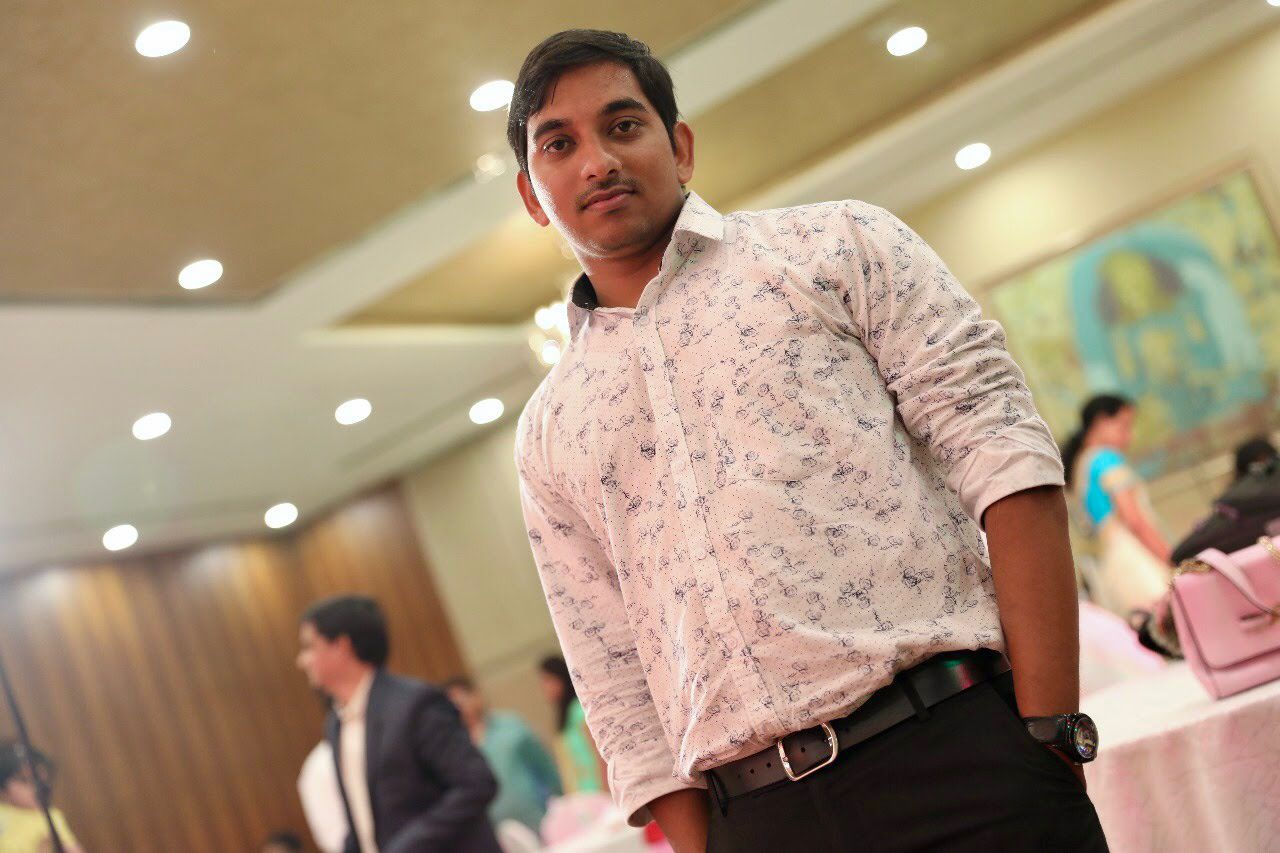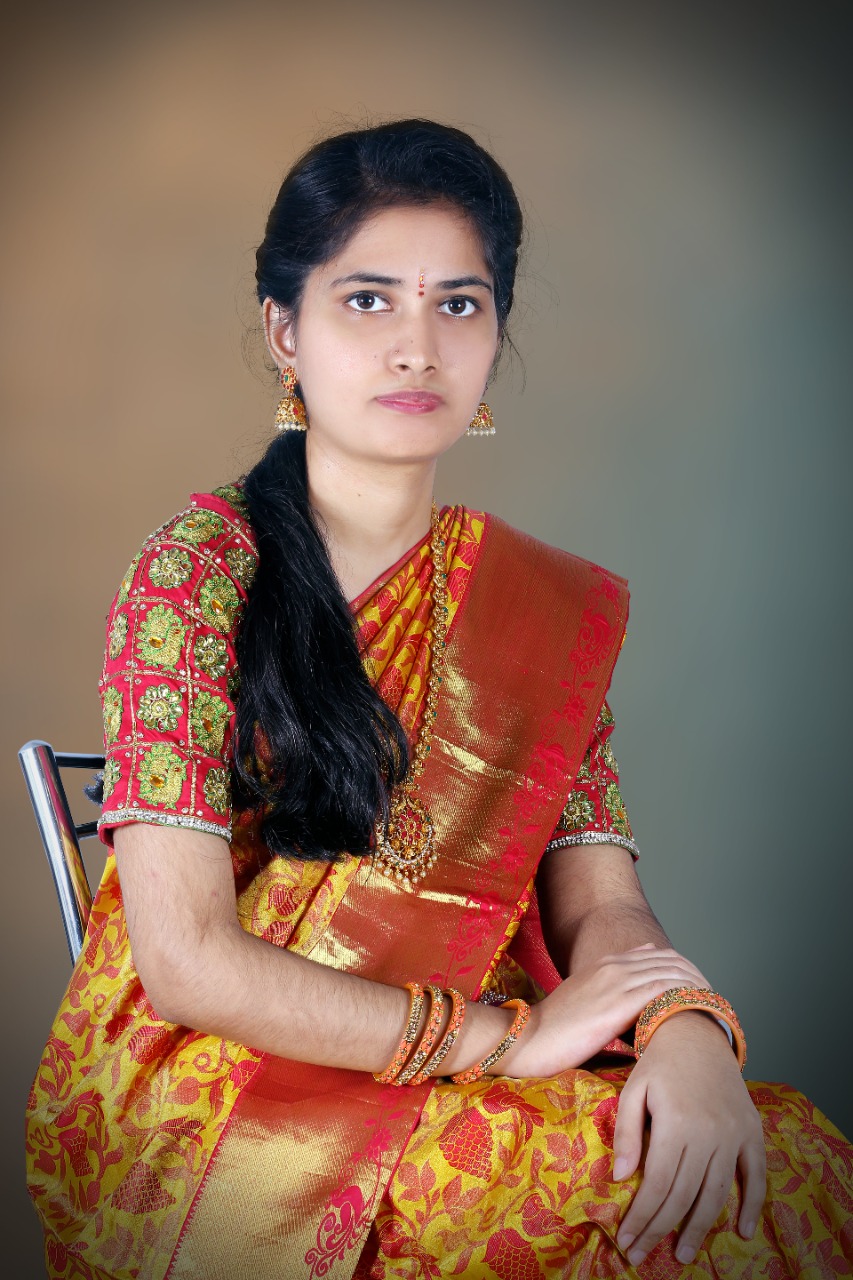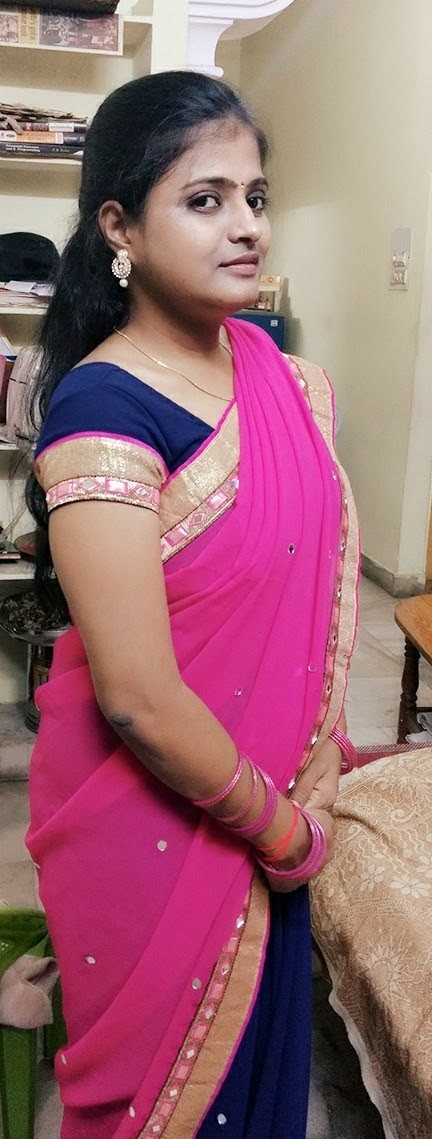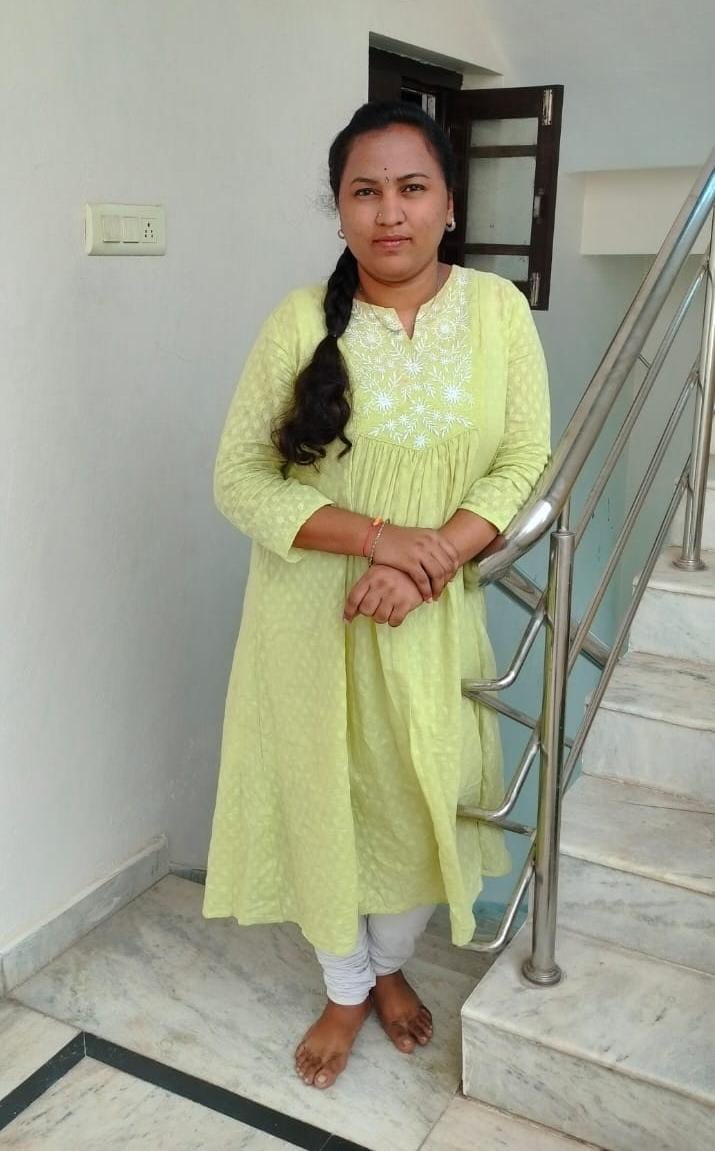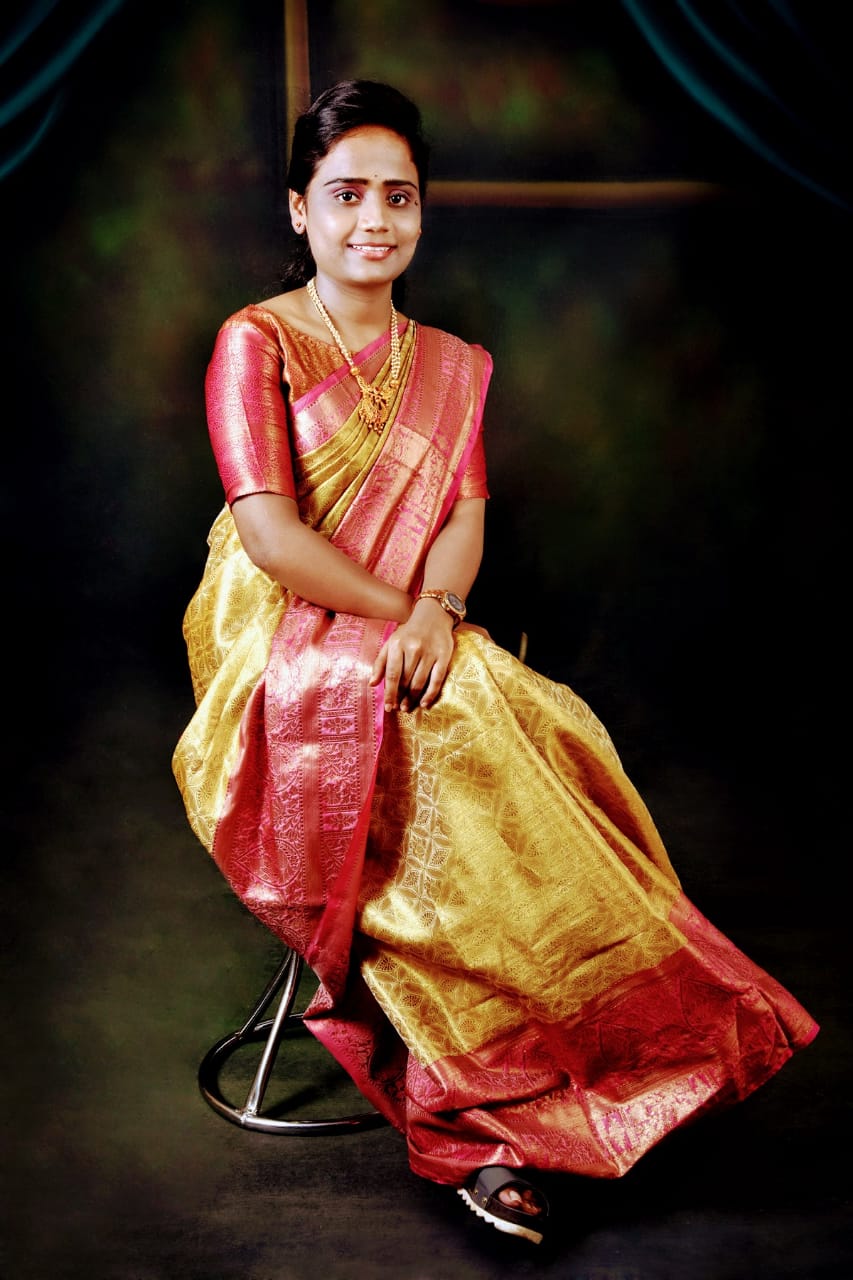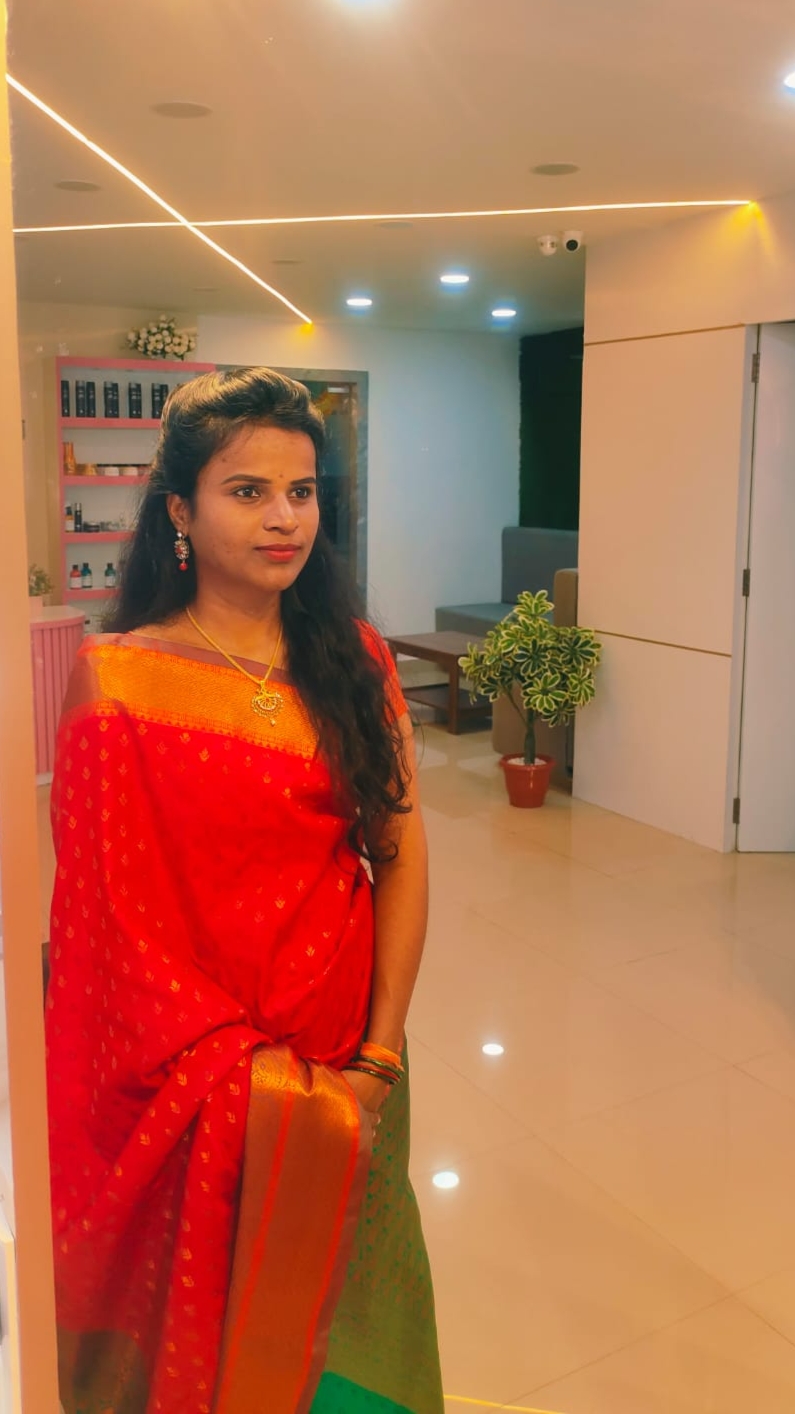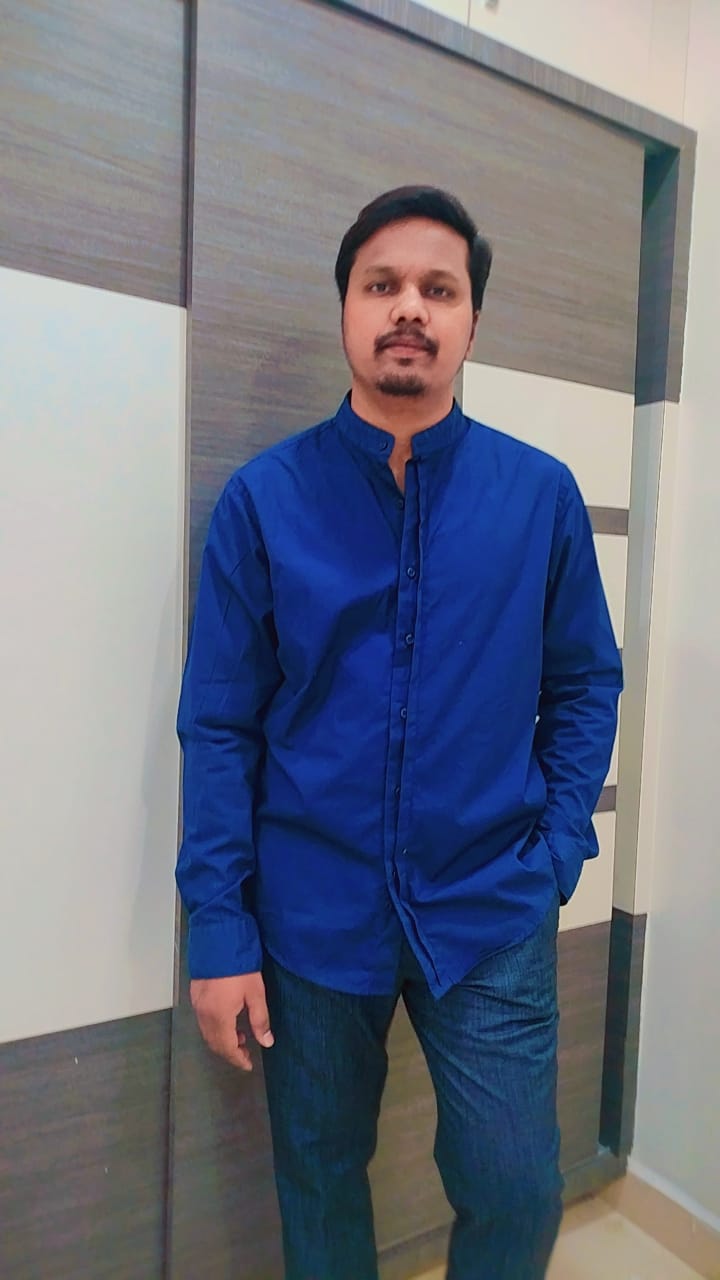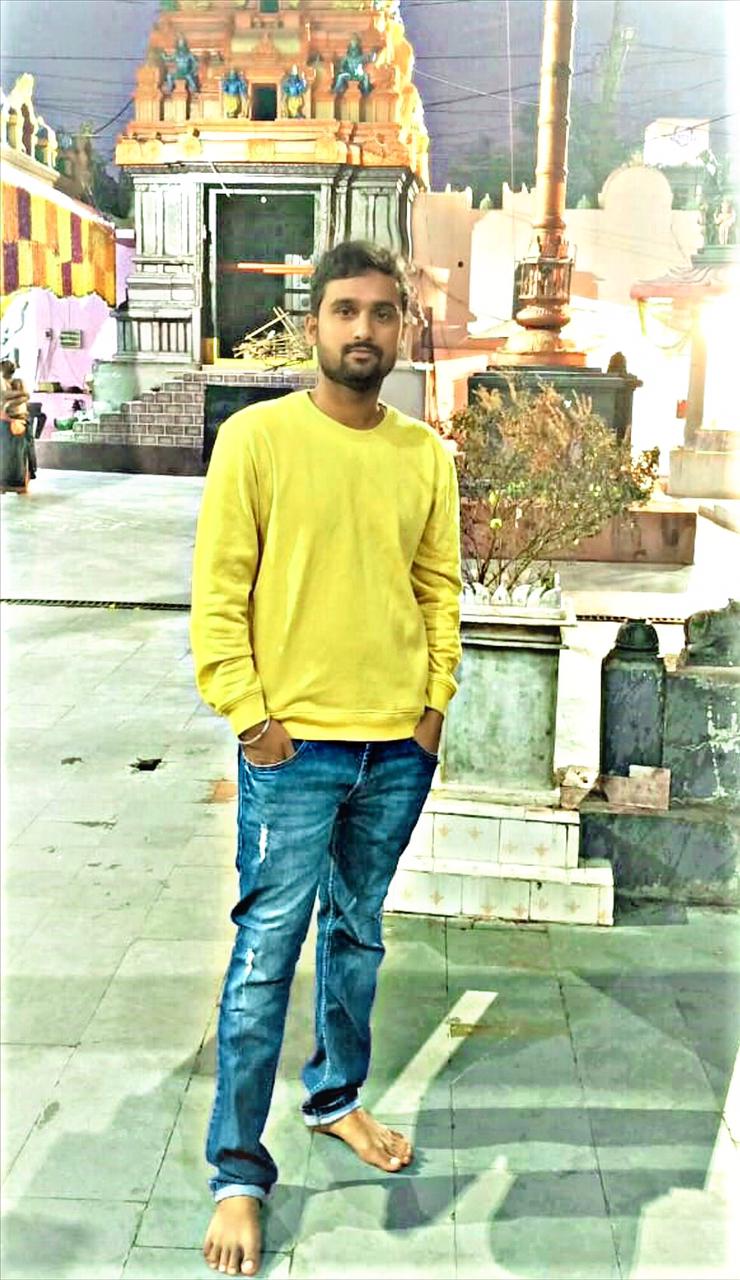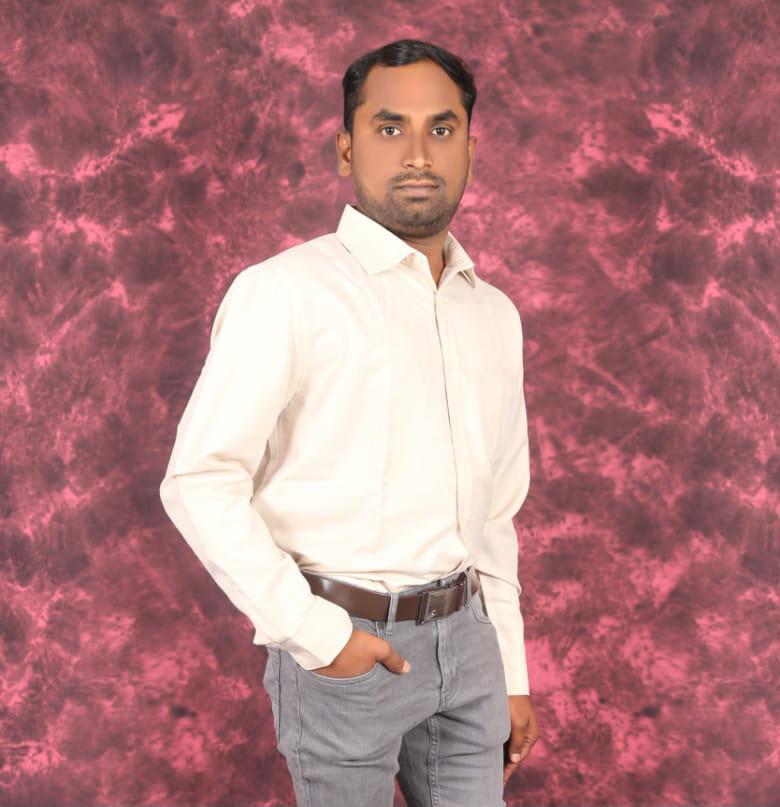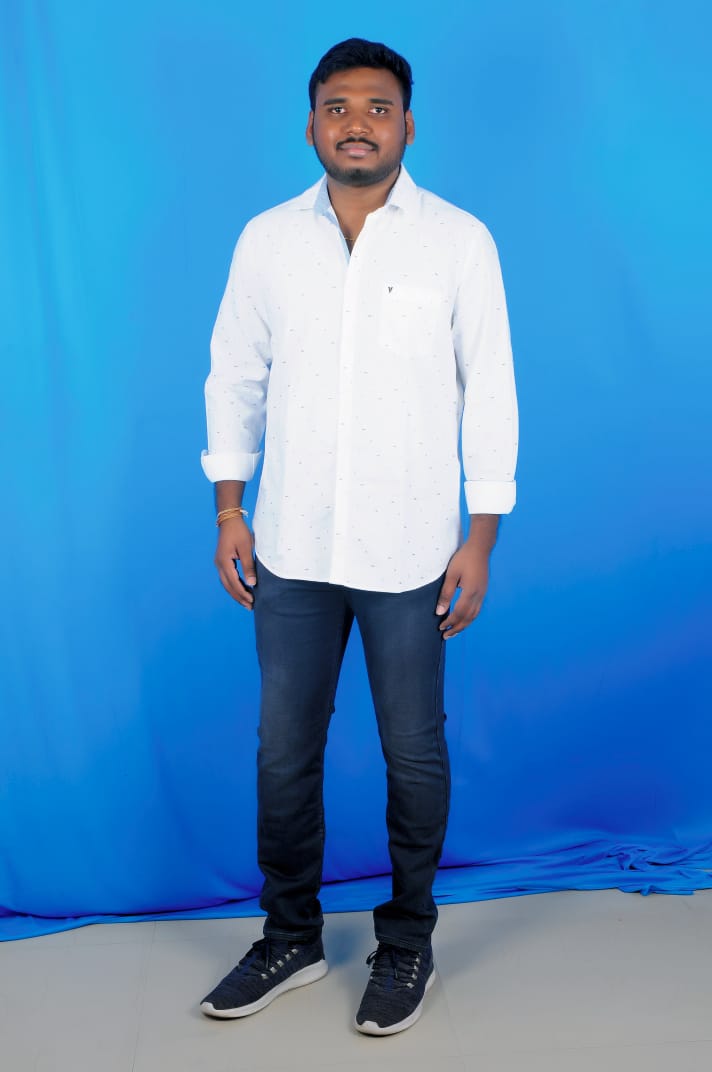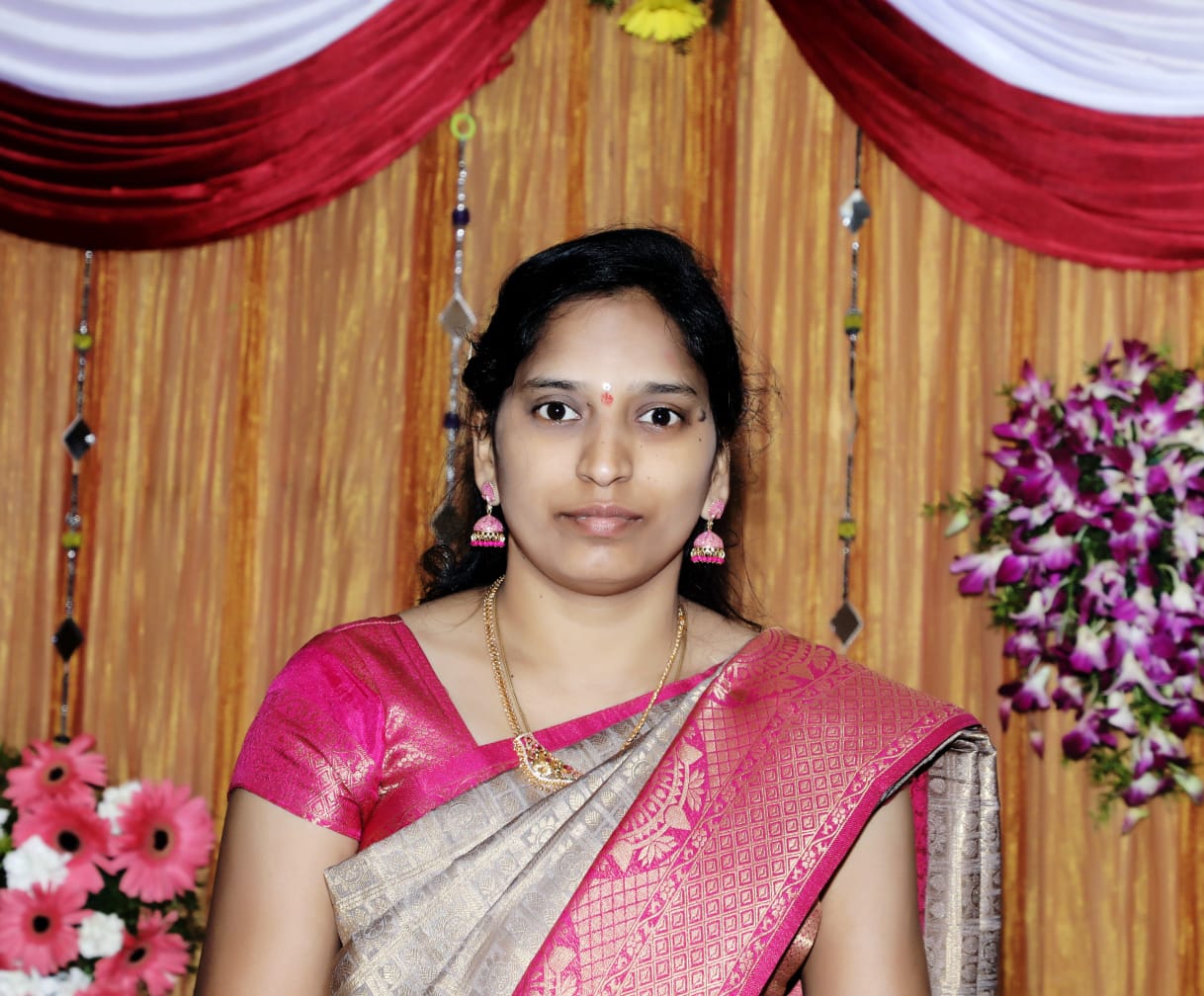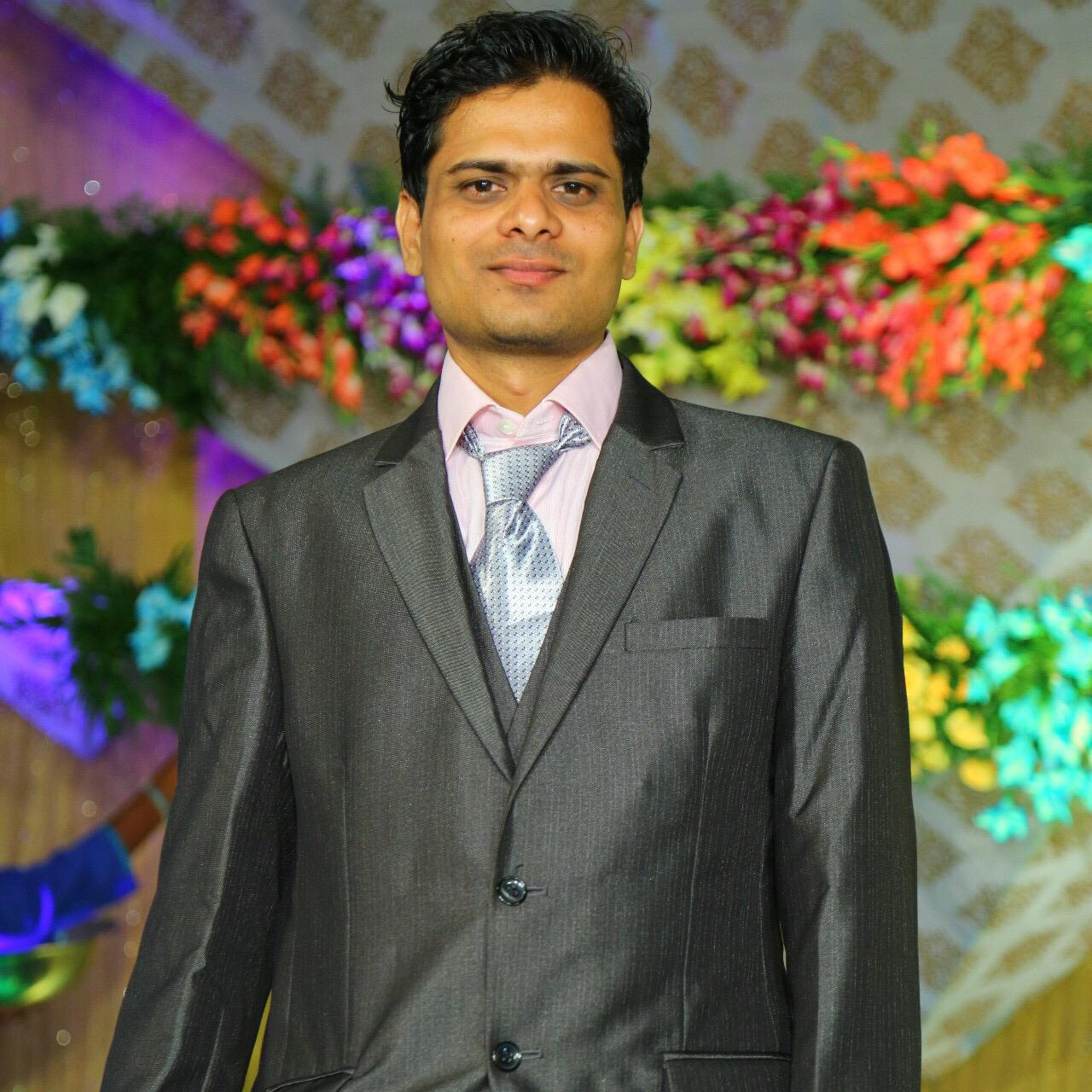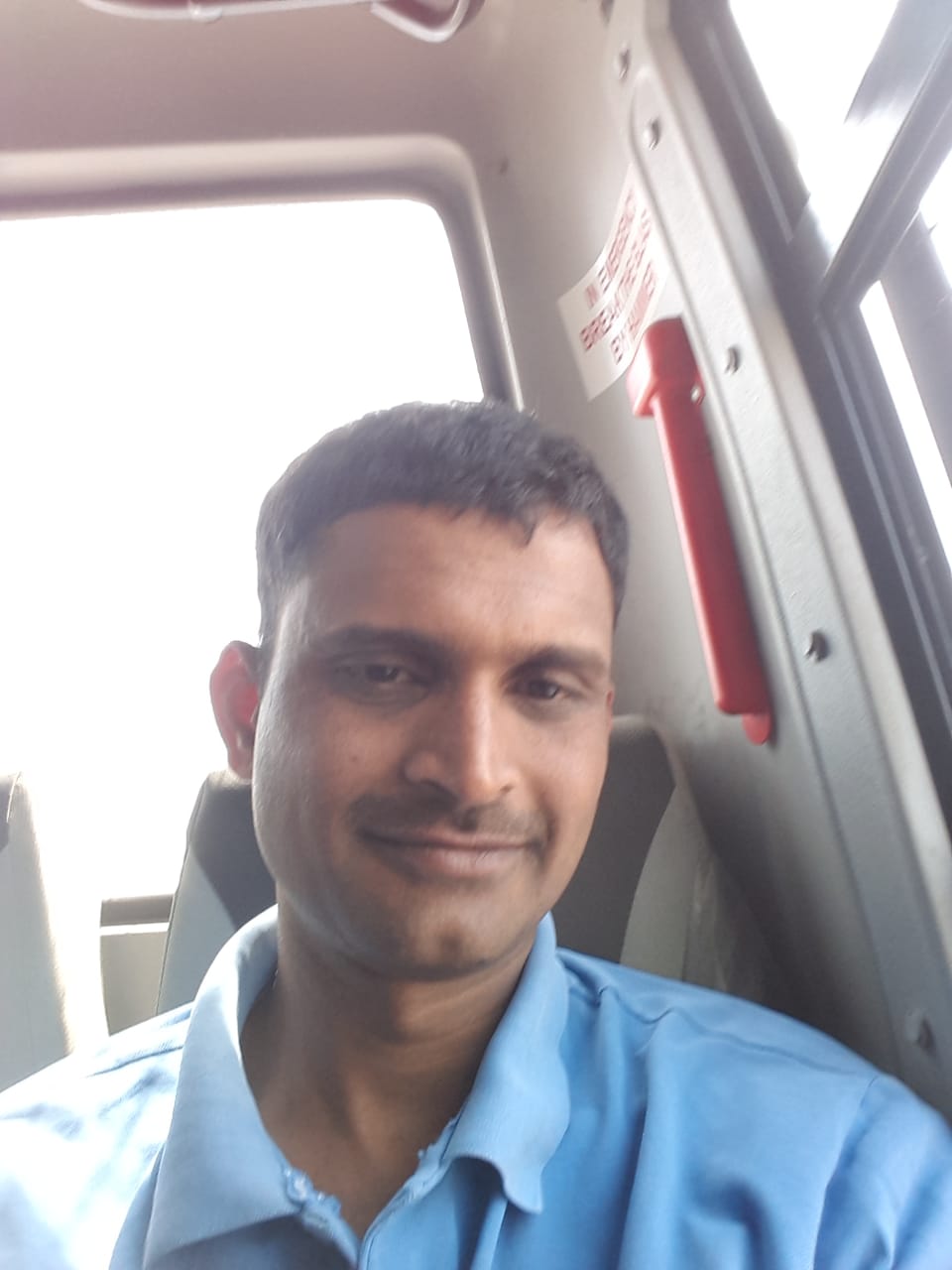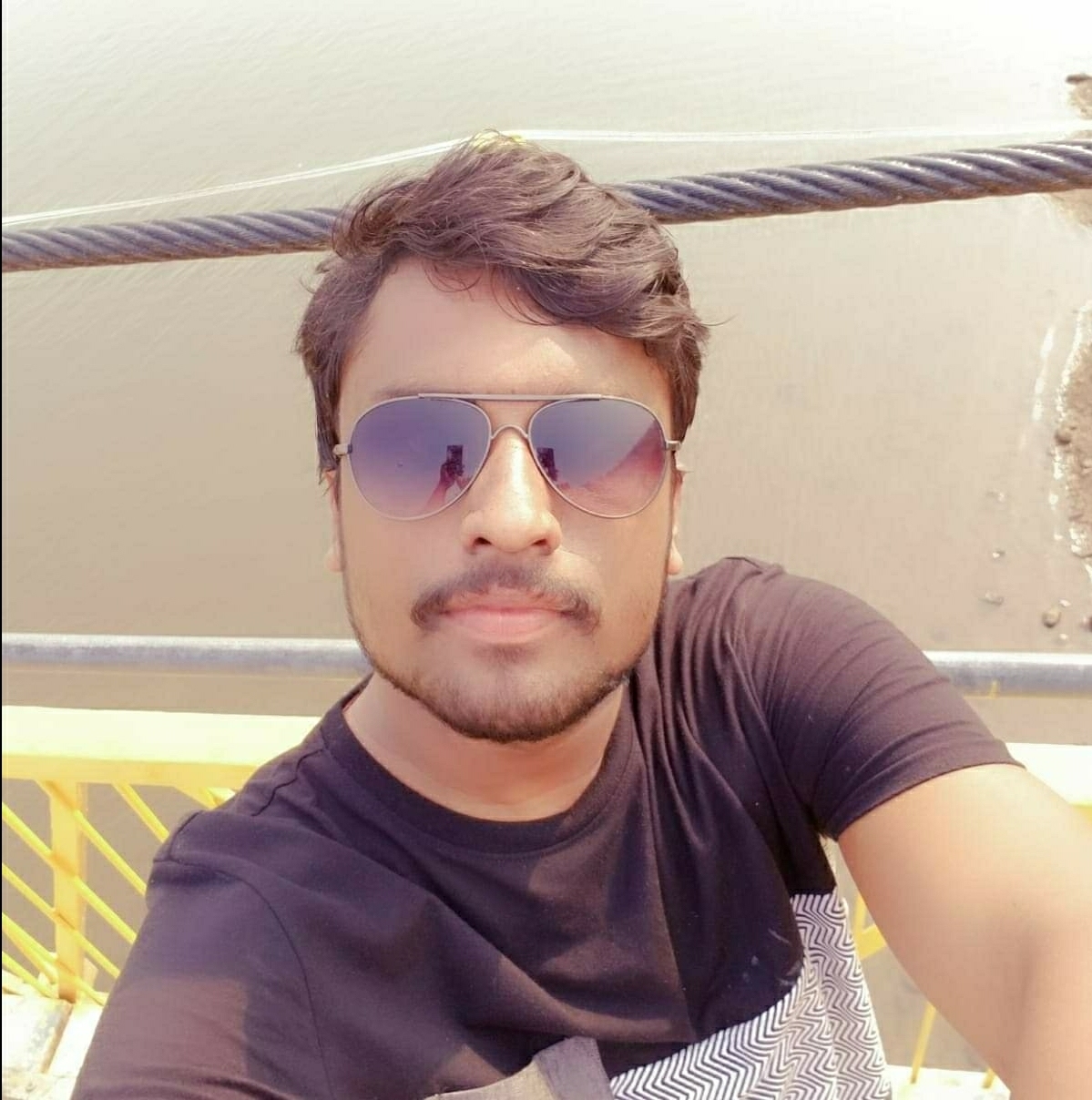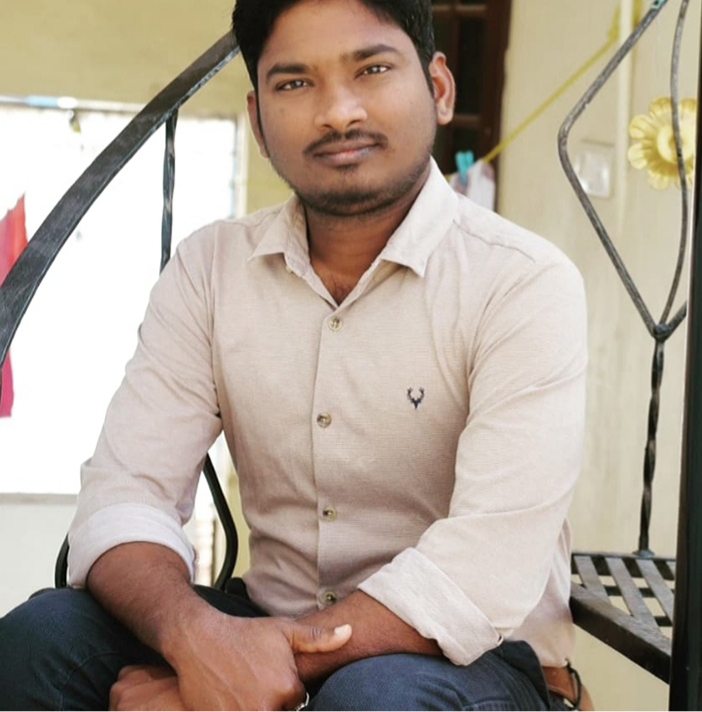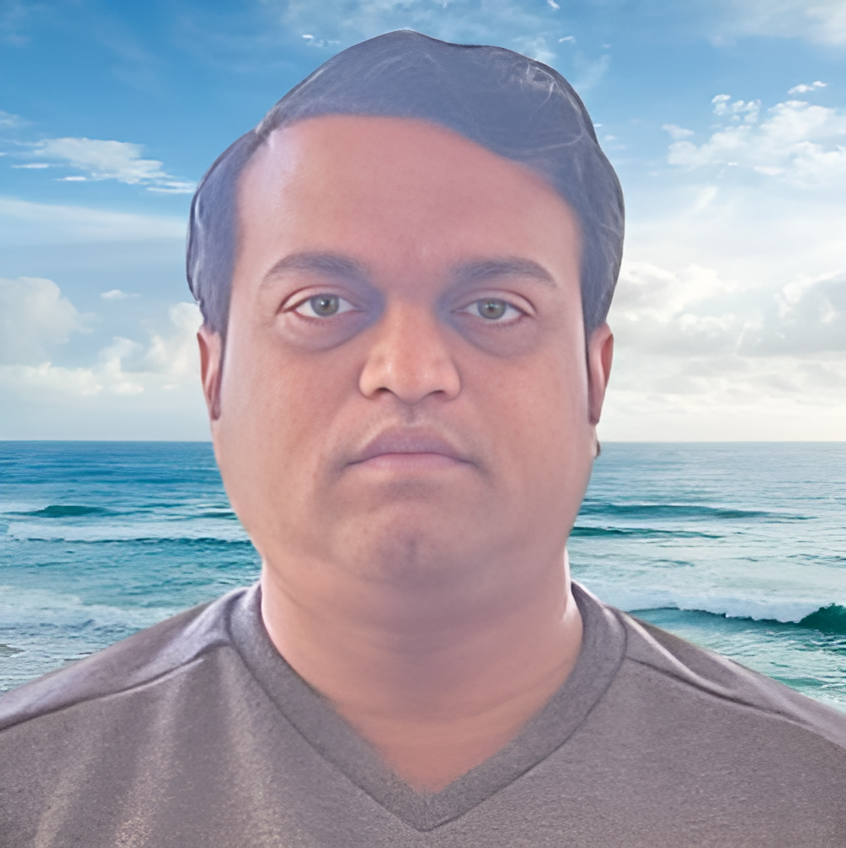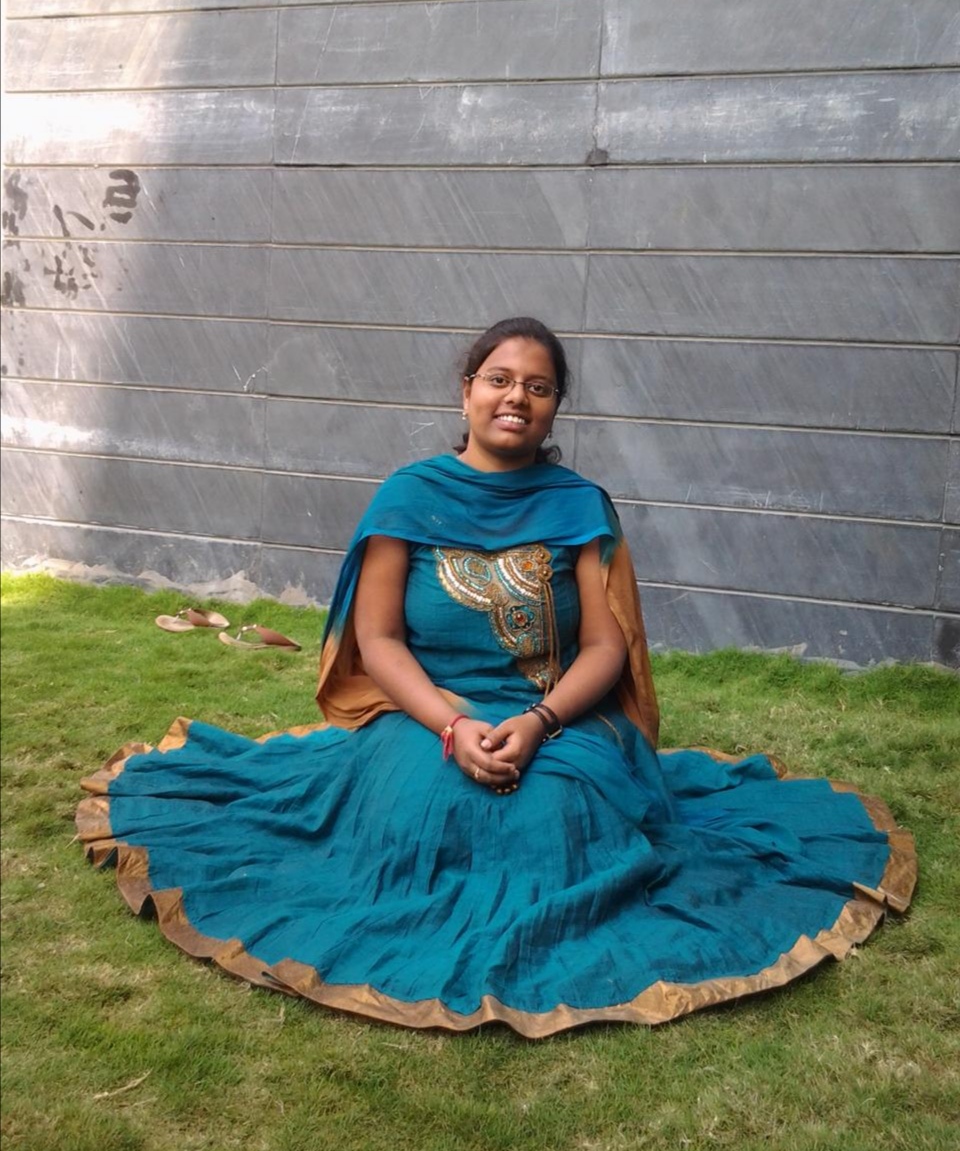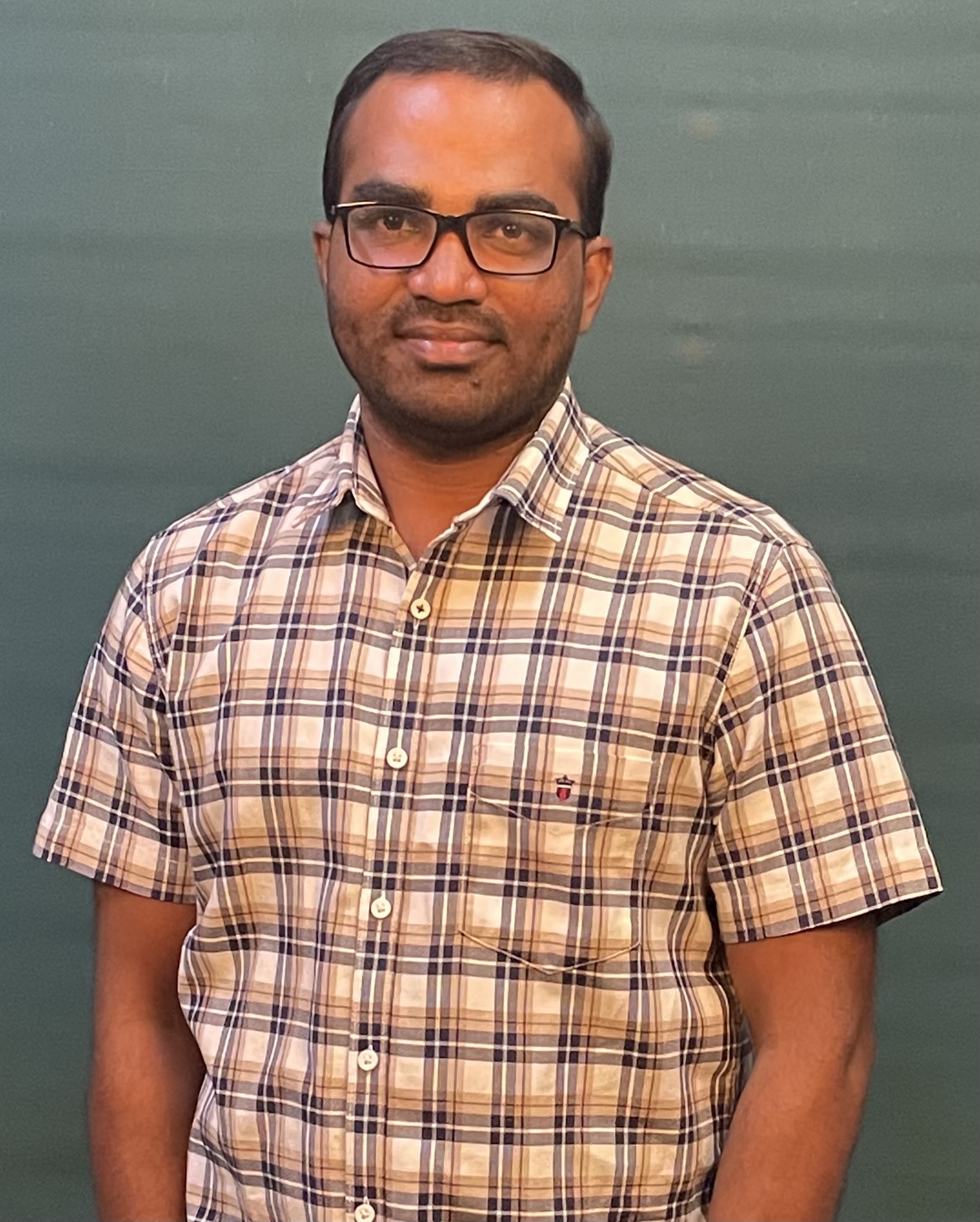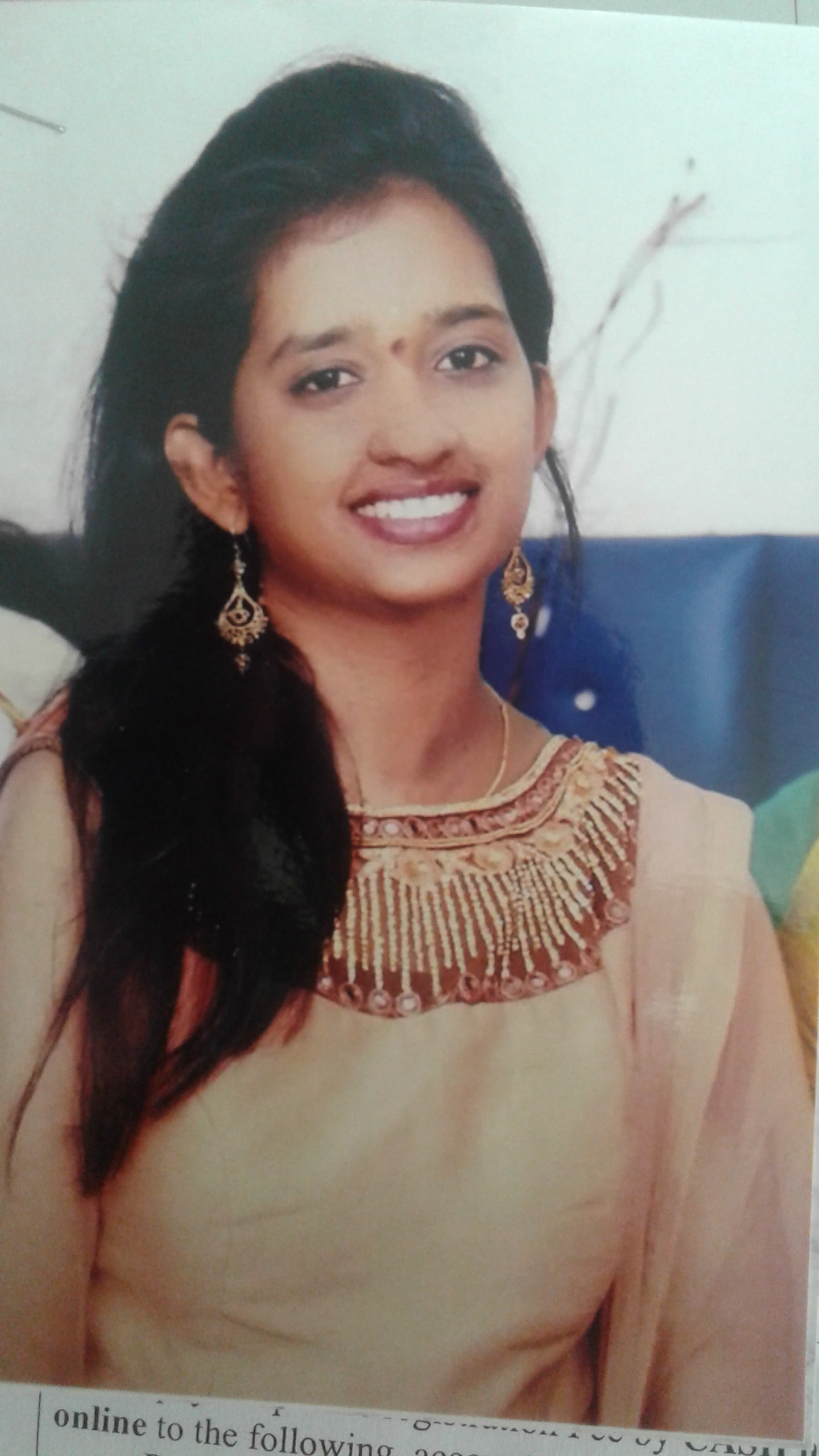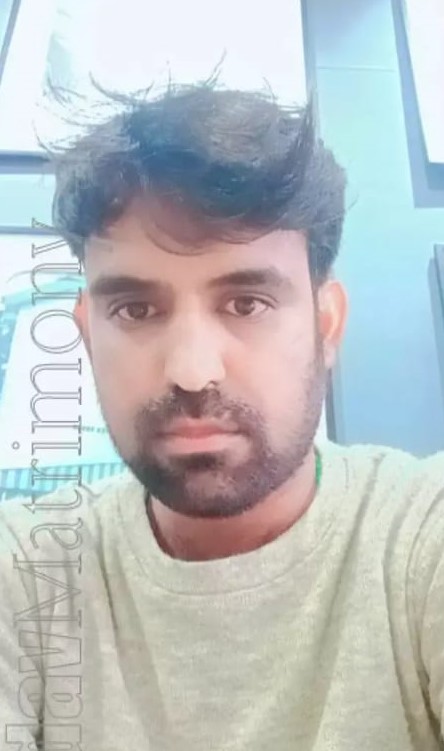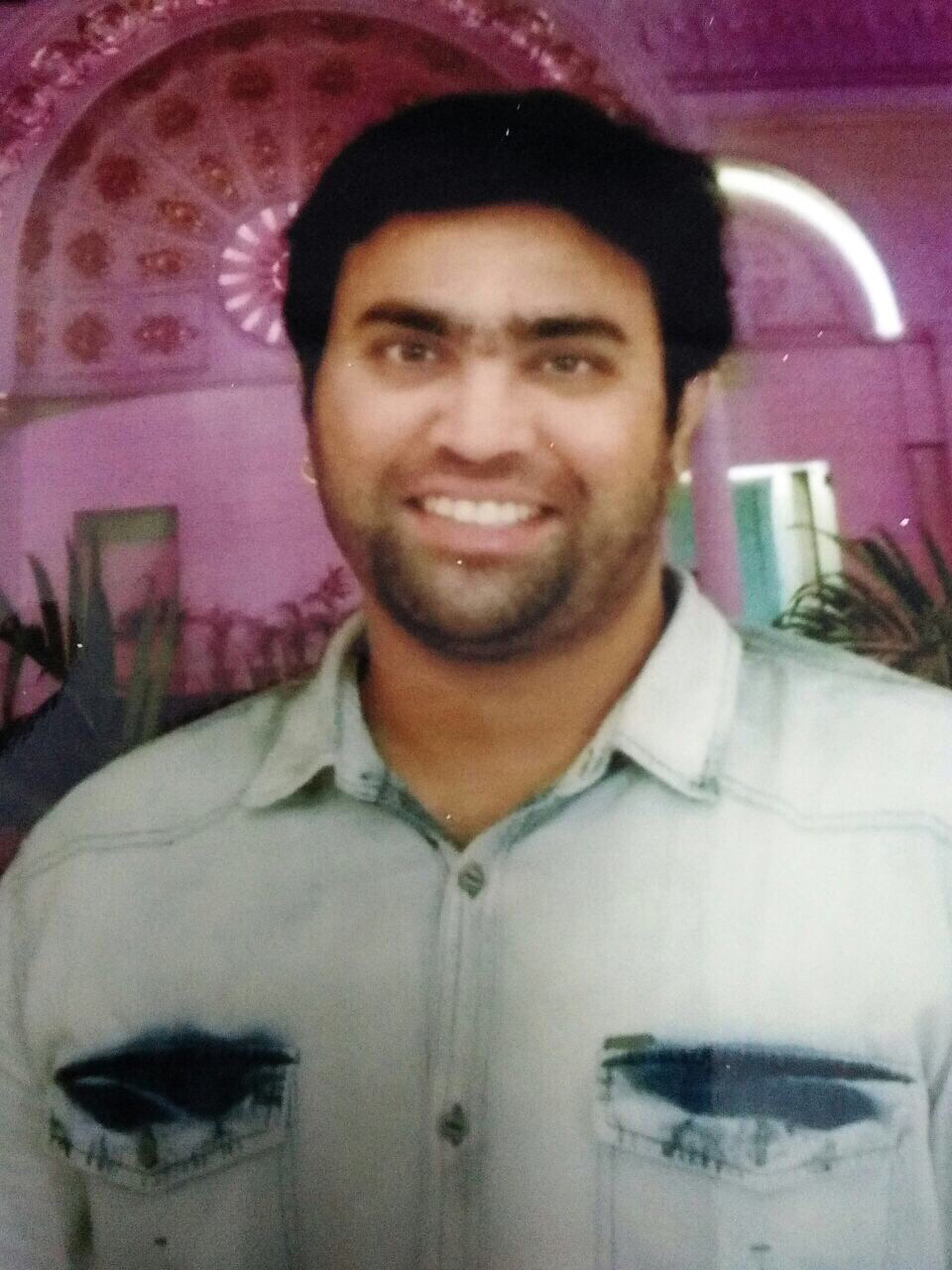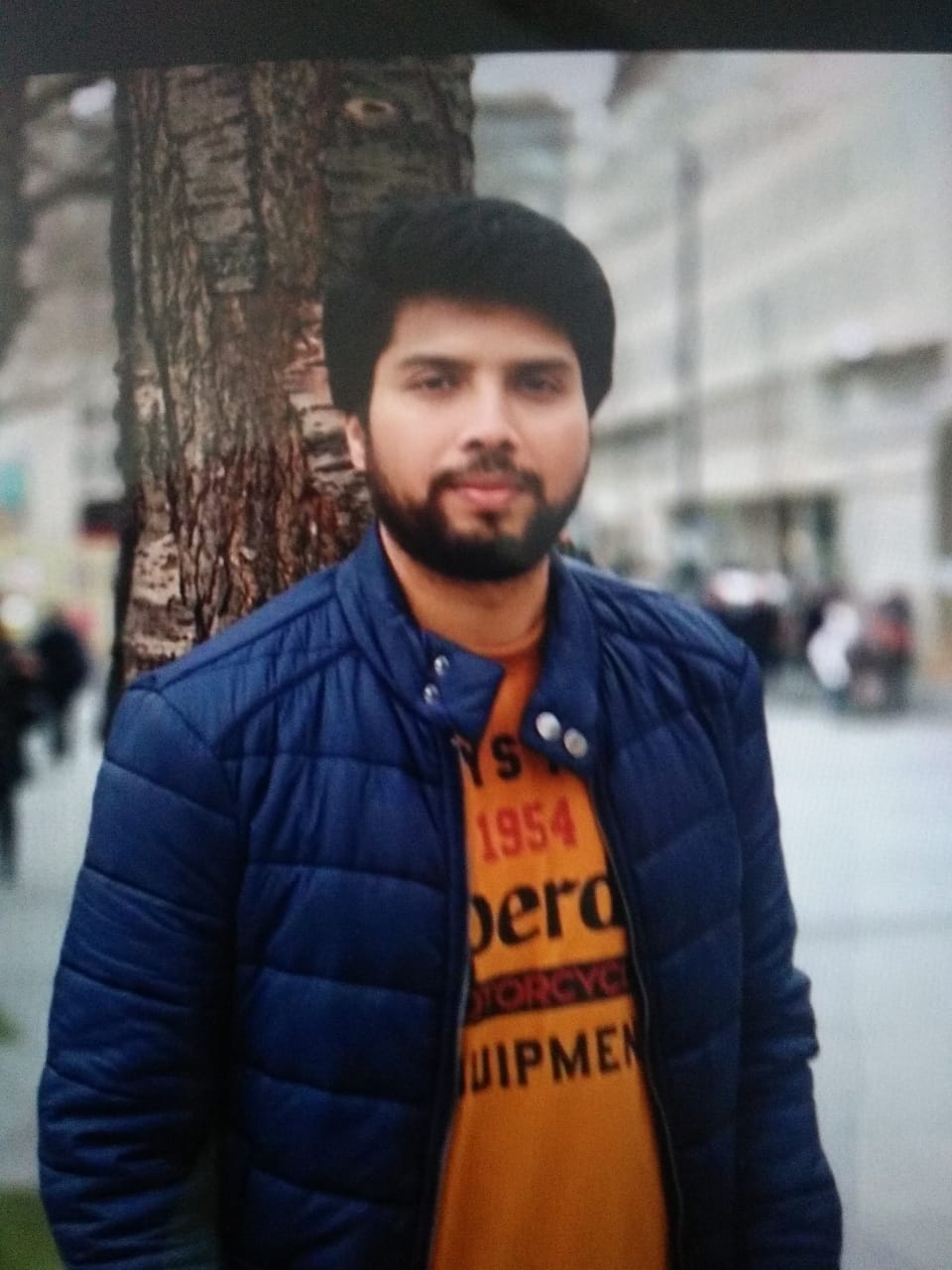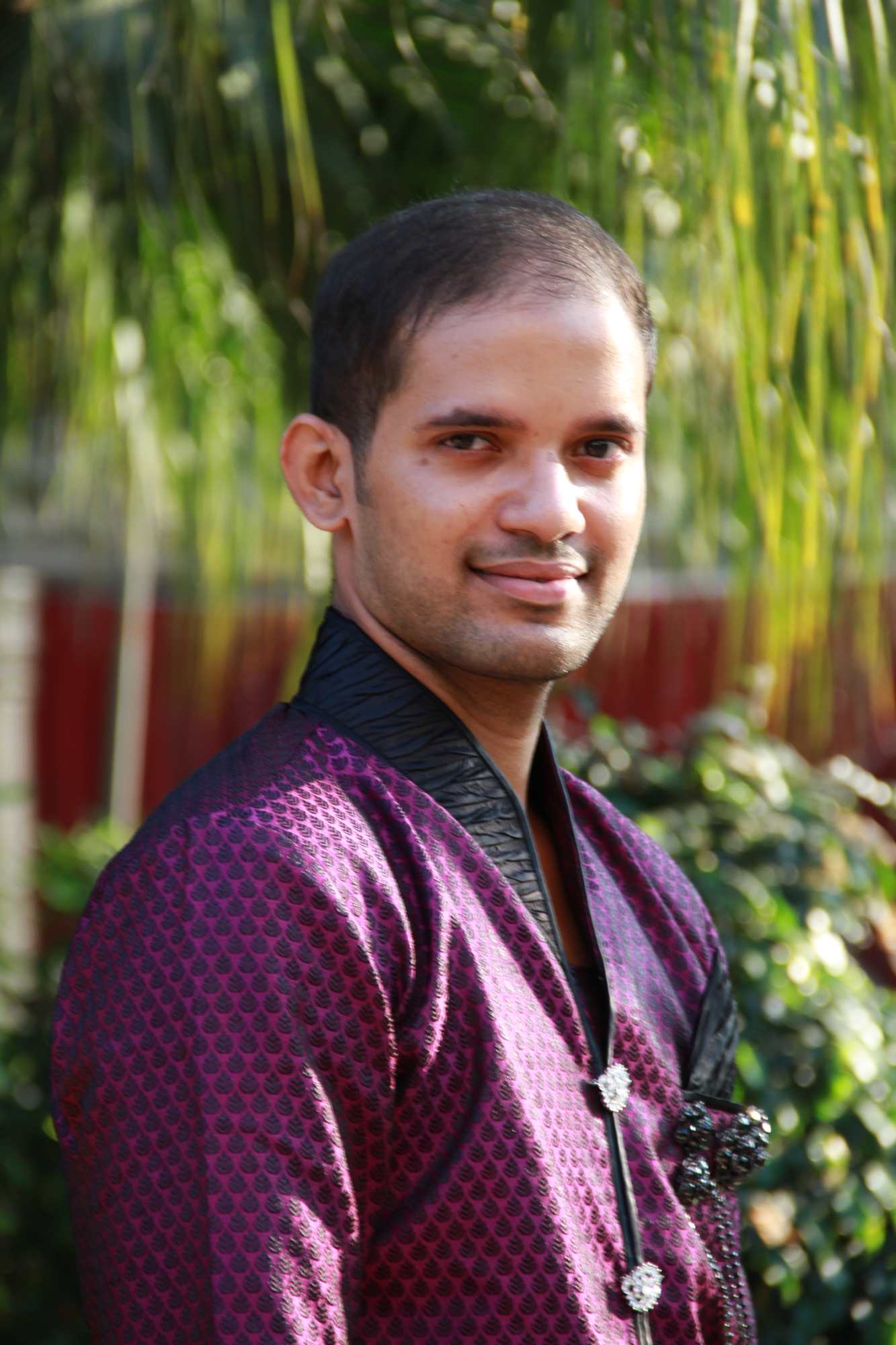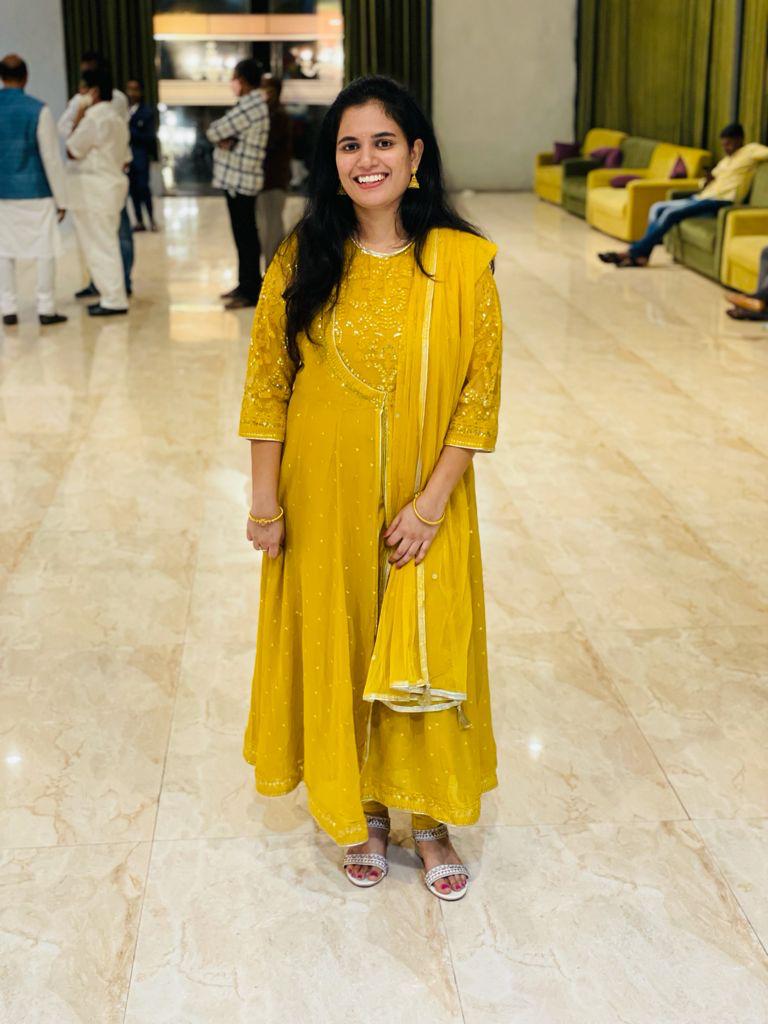kurumas, a pastoral community, constitute a considerable bulk of the Hindu population in Andhra Pradesh and Telangna. They are fairly distributed Kostha Andhra, Telangana and Rayalaseema districts. Kurumba in Tamilnadu, Kuruba in Karnataka, Kuruva in Rayalaseema and costal Andhra and Kuruma in Telangana are the various expressions used to denote the shepherd caste. Kurutlas are also known as Madari Kuruvas and Madarasi Kuruvas in some parts of the state. As they worship Beerappadevaru, they are also known as Beerannaiavaru. It is said that Harillara Rayalu and Bukkarayalu, the two brothers who founded the Vijayanagara Empire at Hampi in 1336 belonged to the Kuruba/ Kuruma caste.
Beerappa the patron God :
Beerappa, who is the patron-god of the kurumas, was born out of Tolichemata (first sweat) of Lord Siva.
Beerapa has different names like Kurukuntappaswamy, Antharangappa, Itikalapallaiah, Gollapallaiah; Kanaganipalle Peddaiah etc. Each sect of
kurumas worships a Beerappa. Kadagottu Kamarathi
(Kadagottu means the last child of her parents) is the wife of Beerappa. According to some scholars, Lakshmi is the wife of Beerappa. Beerappa temples are constructed in villages and towns where there is Kuruba / Kuruma population. In the Kurukuntappaswamy (Beerappa) temple at Ananatapur, the idols in the garbhagriha are made of wood, locally known as Bathina Chekka (Bilva tree).
The details of the idols are (from left to right) - horse, Ankamallamma (sister of Beerappa), Ramaiah (riding a horse), Peddaiah (riding a horse) Dalavayi (riding a horse), Seenaiah (riding a horse), Kondameedirayudu (riding an elephant). All the riders are holding swords.
In the Beerappa temples in Kurnool District, the God is represented in stone sculpture. He is having big moustaches and is looking ferociously. He is riding a horse and is holding a sword. A dog (Bhairava) is at the feet of the God.
Mallanna, the ProCienitor :
The kurumas trace their descent from their tribal god Mallanna (Malia Reddy) who was fabled to have originally been a Kapu by caste. It is believed that Mallanna was born out of Mali Chemata (the next sweat) of Lord Siva. Malia Reddy was the son of Neelamma and Adi Reddy, the ruler of Kolhapur. However, Prof. M.L.K. Murthy gives a different story and says that Elanagi Reddy was the forefather of the kurumas Elanagi Reddy was the son of Adi Reddy and Ademma. He says that Elanagi Reddy and Beerappa are one and the same.
According to E.Thurston and K.Rangachari, Undala Padmanna was the ancestor of the Kurbas. Padmanna was the son of Masi Reddy and Neelamma, who lived on the eastern ghats. Mallikarjuna, the founder of the kurumas was the son of Chokkam Devi and Adiredu who was the ruler of Chandikapura. Mallanna was made the God of shepherds by Lord Mahadeva. Once Mallanna, having ploughed his farm, collected the rubbish and disposed of it by burning it on an ant hill. Two sheep had already been sheltered by Parvathi in the ant-hill, and being oppressed by the intense heat of the fire, they came out and solicited Mallanna for protection. Mallanna reluctantly consented and desired them to follow him to his dwelling. On arrival at his house, he found that the sheep had multiplied into thousands. Dismayed and confused at this strange development, he appealed for relief to the God Siva, who came down from Kailas, transformed him into a god, and assigned to him the duties of presiding over the destinies of the shepherd class.
Sanskritization of Beerappa and Mallanna :
In the temple of Mallikarjuna of Inavolu near Warangal, men belonging to the kurumas and Gallas participate in the festival of Mallikarjuna on the occasion of Sankranti day. Their Gods Beerappa and Mallanna were equated with lord Mallikarjuna of Sriparvata. Thus the pastoral and tribal community and panchamas were also integrated or sanskritised through the process of fairs and festivals.
Patti Kankanam and Unni Kankanam :
The kurumas are divided into several subcastslike Patti Kankanam, Unni Kankanam etc.
The kurumas aver that Mallanna had two wives, one Padmakshi (lotus-eyed), a Kapu girl (daughter of Katal Reddy, the ruler of Devagiri) who was married in accordance with the usual Kapu usage of fastening cotton thread (Patti) bracelets on the wrists of the bridal pair. Mallanna gave lands and cattle to Padmakshi.
The other wife was Ratnangi (resplendent as gems), the daughter of a Brahman woman who, while pregnant, was devoured by a Rakshashi. The Rakshashi brought up the newly born girl until she carne of age. One day Mallanna, while grazing his floor in the jungle, where the girl dwelt, observed her and was so struck with her beauty that he fell in love with her. He killed the demon and married the girl, but the wedding bracelets on this occasion were made of wool instead of cotton, which could not be procured in the jungle. Hence Mallanna's descendants by Ratnangi have been distinguished from those by Padmakshi by the name Unni (wool) kurumas and are said to hold a position superior to that of the latter. Mallanna gave sheep to Ratnangi.
Mallanna also married Bhramaramba and Golla Kethamma.
The Ugad kurumas are socially inferior to the other two sub-sects and make their living by officiating as priests to the kurumas and by begging only from them. Basaveswara and
Marriage:
A Kuruba / Kuruma is prohibited from marriage outside the sub caste. The negations for marriage are opened by the boy's party. After the girl has been selected, the parents of the bridegroom go to see her and present her with betel - leaves and areca nuts. Five or six days later, the girl's parents visit the boy's house. If both the parents are satisfied with the match, the boy's people go to the bride's house and present her with a new sari, choli, nine pipes of coconut kernel, fifteen seers of rice and Rs. 14/-, which constitute the bride price. The bridegroom is presented with dress by the bride's father. Their presiding deities Mallanna and Beerappa and also Yellamma or Sunkulamma are also worshipped before the marriage.
Beerappa Dolu :
A unique contribution of the kurumas in the field of music is Beerappa Dolu.
There are three musical instruments like Dolu, Pillanagrovi (flute) and Talalu (Cymbals).
This music is rhythmically played during marriage, jatara (annual fair) and other
auspicious occasions.
Oggukathalu :
Lord Shiva's Damarukam is called Oggu (Jeggu-Jaggu). Stories about Beerappa
and Mallanna are told by Beerannalavaru to the accompaniment of Damarukam.
Conclusion :
The sheep breeding and wool weaving have great prospects both as an industry and trade and thus occupy a key position in the country's economy. The contribution of the kurumas to the society is manifold. Unfortunately, even after 59 years of Independence, the kurumas still remain backward in the social, educational, economic and political fields. The kurumas of Rayalaseema are unnecessarily involved in the faction feuds of the region. The Government of Andhra Pradesh and Telangana should make a sincere attempt to improve the lot of the kurumas, including the weaning away of the Rayalaseema kurumas from the dangerous faction fights at the bottom through which the water trickles. Proceeding from the spot beneath which the head rests, he walks around the grave, drops the pot on the mound and goes home without casting a look back. The dead are buried in a lying posture, with the head pointing to the south. The Lingayat kurumas bury their dead in a sitting posture, with the face to the north. After life is extinct, the corpse is washed, dressed in new clothes and borne, on the shoulders, to the grave. On the 3rd day after death, a goat is sacrificed on the burial ground. The flesh is cooked, offered at the grave and thrown to the birds. The unmarried dead are disposed of without any rites or ceremonies. If a wealthy man dies unmarried, a curious ceremony is performed, which entitles him to the full funeral rites. As soon as the man breathes his last, his body is washed with water and carried to the temple of Beerappa. Four vessels are arranged in a square and a thread is wound round them. The body is seated within this, with a bashingam tied to its forehead and a stick of amaya wood in its hand. To this stick is tied a handkerchief with five knots. A number of sheep and goats are killed before the God and the members of the caste present are feasted. After the performance of this ceremony, the dead man is buried as if he had been married in life. Mourning is observed ten days for the married and three days for the unmarried. No Sraddha is performed by the members of the caste. On the Pitra Amavasya or the last day of Bhadrapad (September - October), alms are given to Brahmins and Jangams. In the month of Shravana the deceased's first wife of a man is appeased by his second wife if alive. The dead wife is represented by an earthen pot, which is known as Pyarantal or Korati Ellamma.

